Creative Drawing Specialization: From Fundamentals to Artistic Expression
Learn creative drawing techniques, unlock your creativity, explore colors and textures, develop artistic confidence.

Learn creative drawing techniques, unlock your creativity, explore colors and textures, develop artistic confidence.
Dive into the world of drawing and creativity with this specialized program that will take you from the basic fundamentals to advanced artistic expression. Learn to develop your confidence in the art of drawing, starting with creating a sketchbook and moving on to creative techniques that will boost your imagination. Discover how to face the dreaded blank page with confidence, unlocking your creativity through innovative methods.
Explore the use of oil pastels to achieve unique effects in your illustrations. Participate in activities designed to train your creative skills, regardless of your age. Courses are taught by illustrators and educators such as Puño, Javirroyo, Gusti, and Fortuna Studio (Pierina Másquez and José María Denegri), who will share their knowledge and techniques to inspire you at every step of the process. From the beginning to the creation of complete works, this program will guide you on the fascinating journey of drawing and artistic expression, developing skills that you can apply to any creative project.
What will you learn in this specialization?

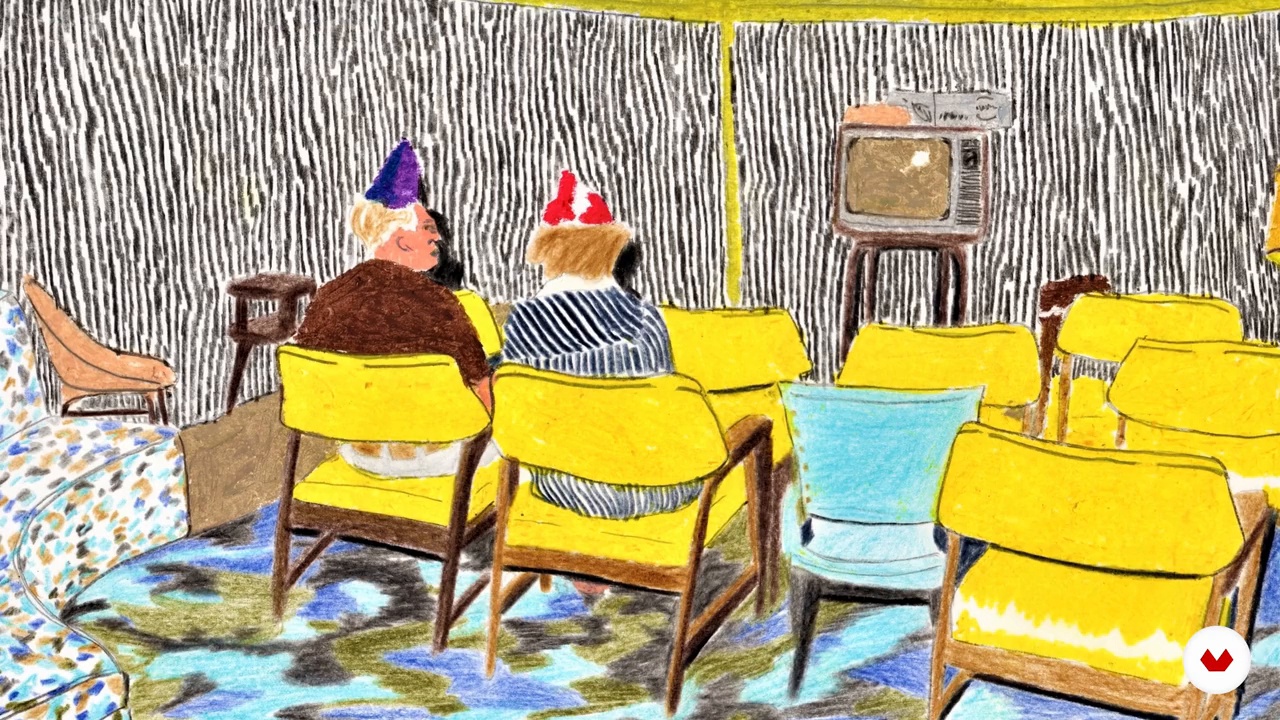
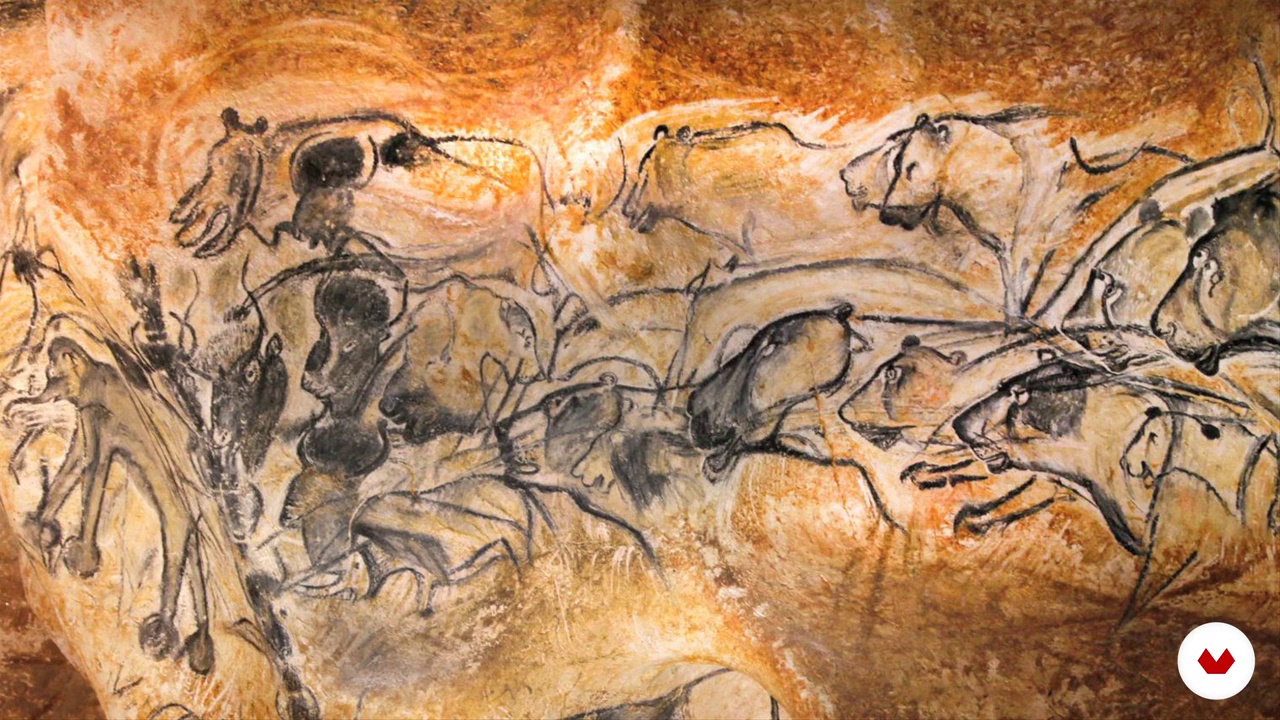
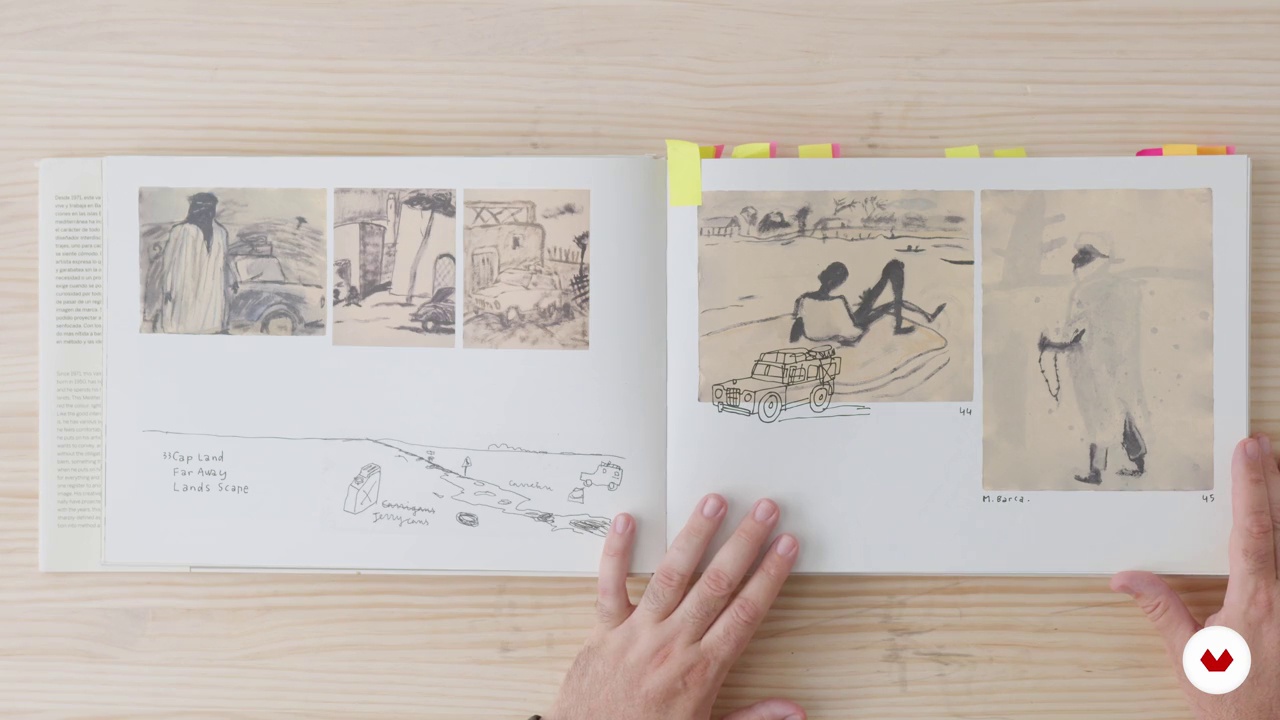
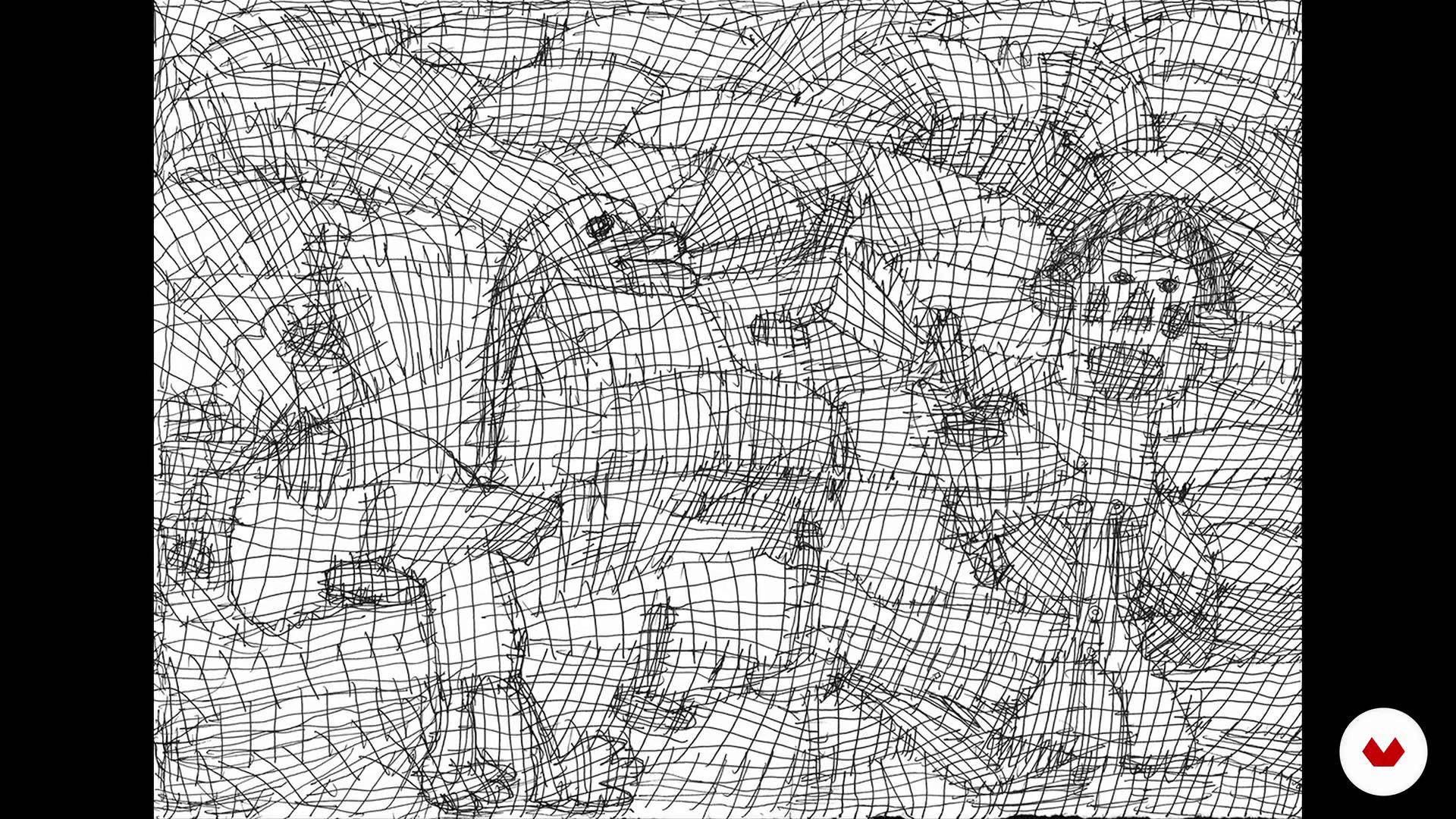
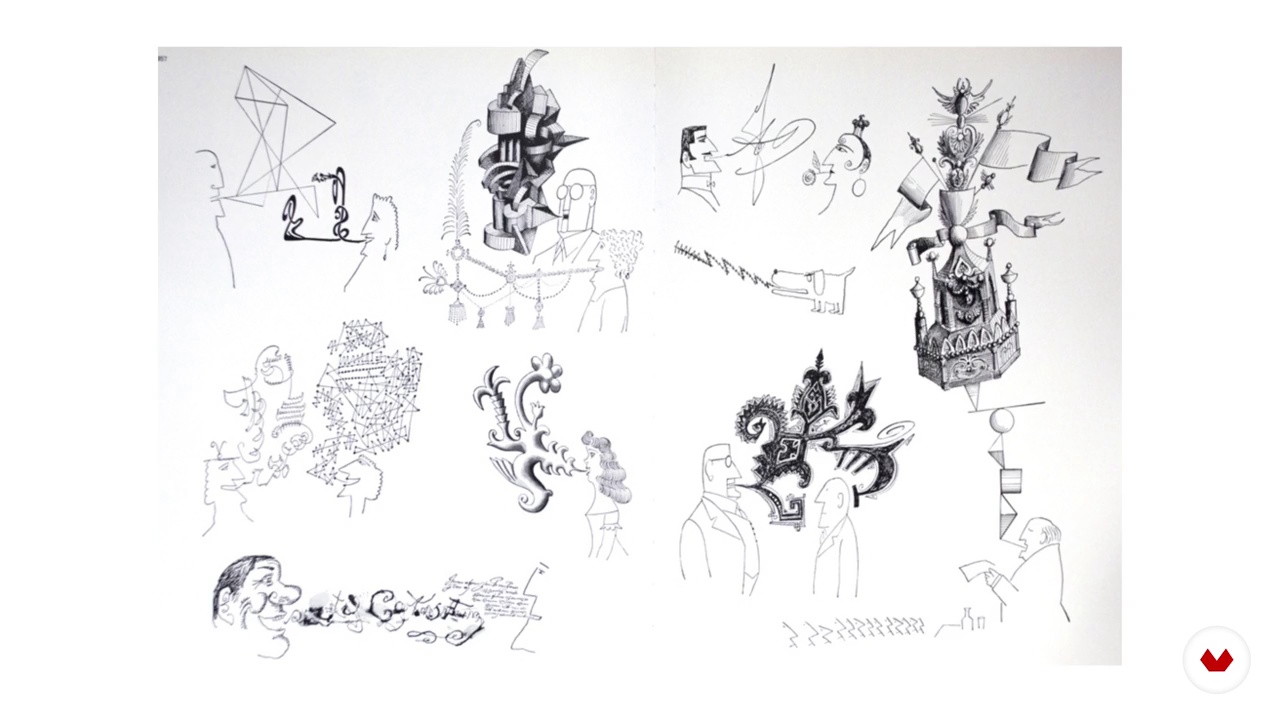
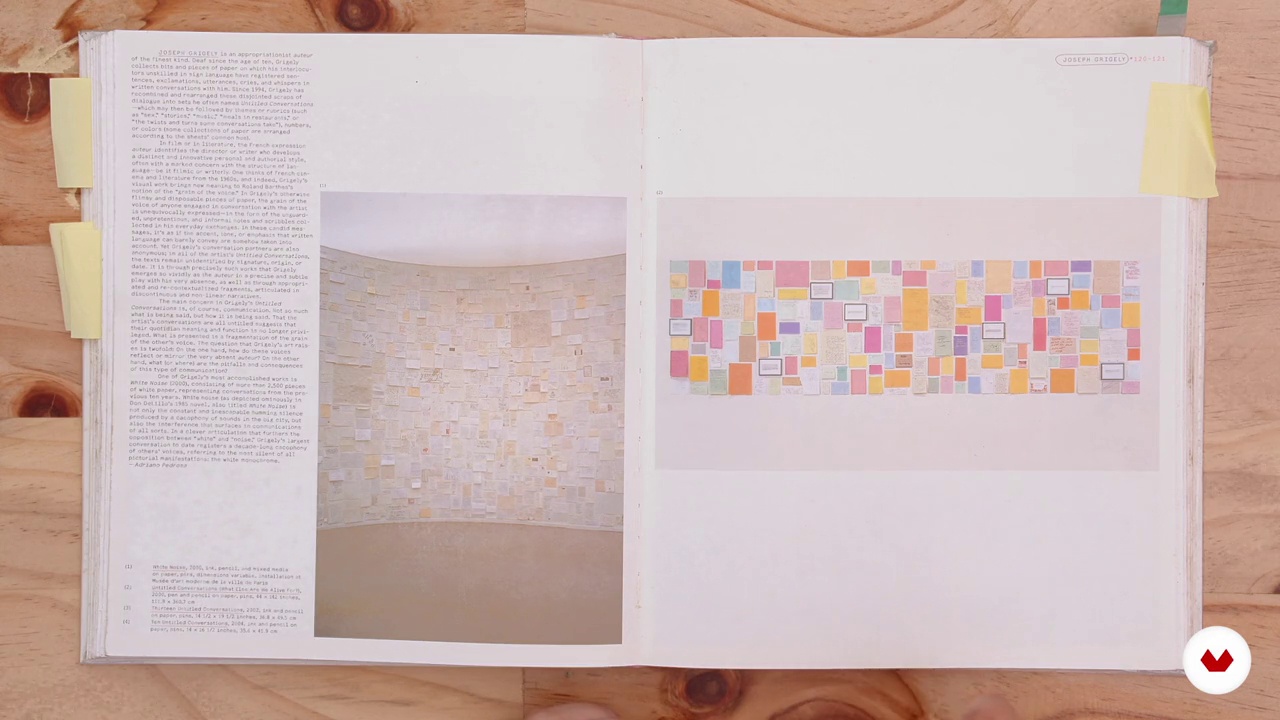
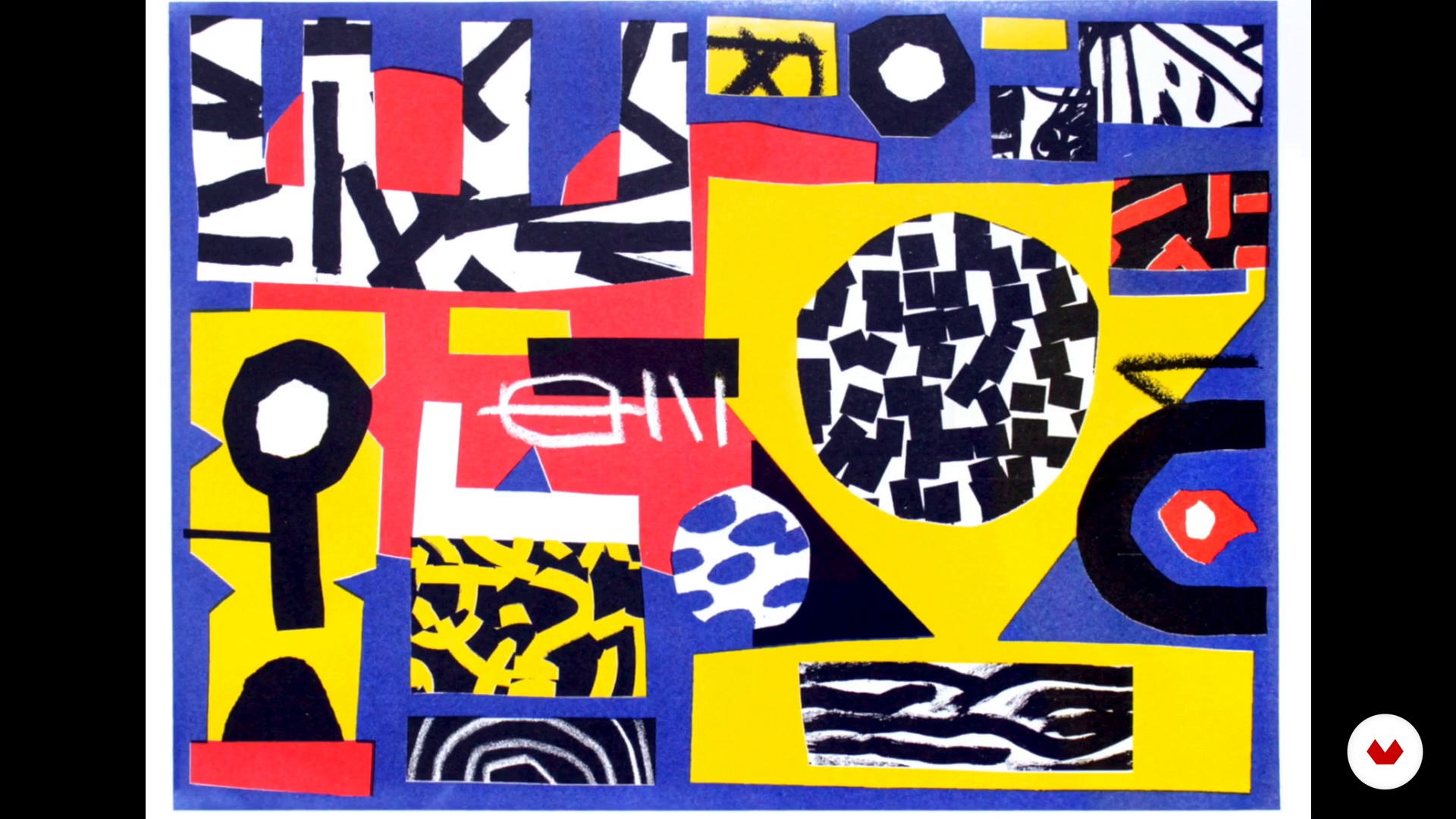

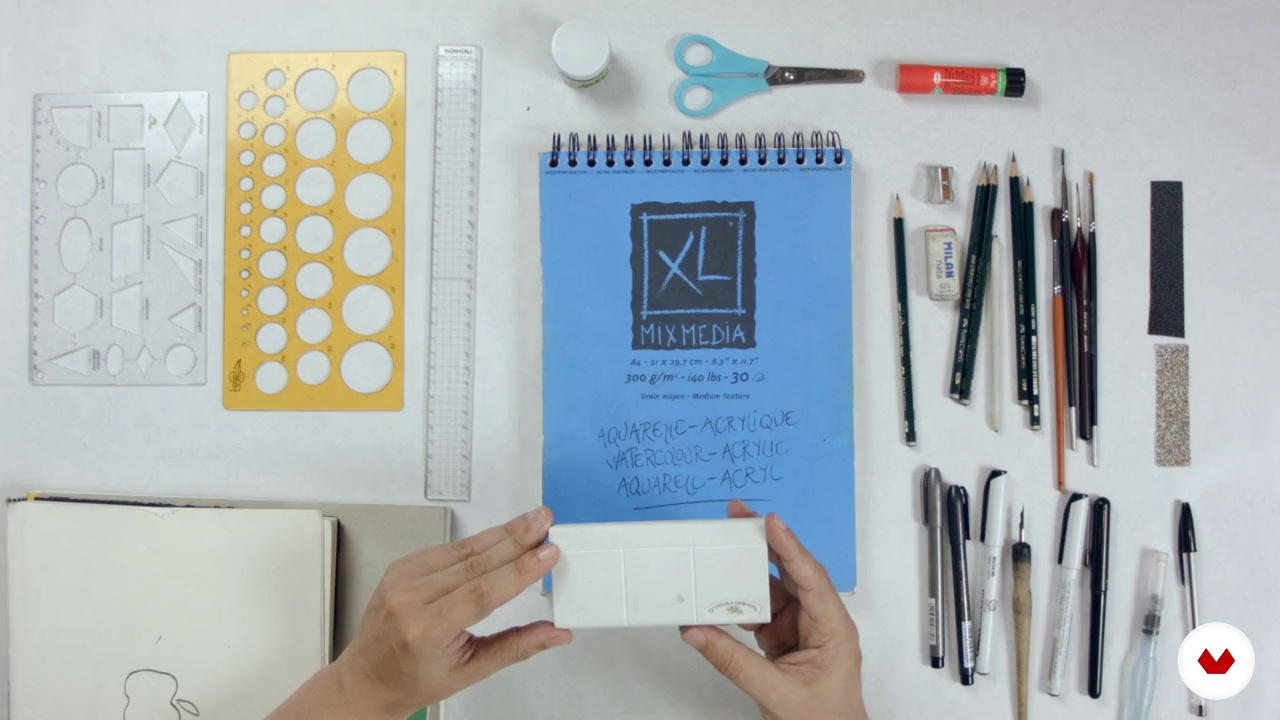
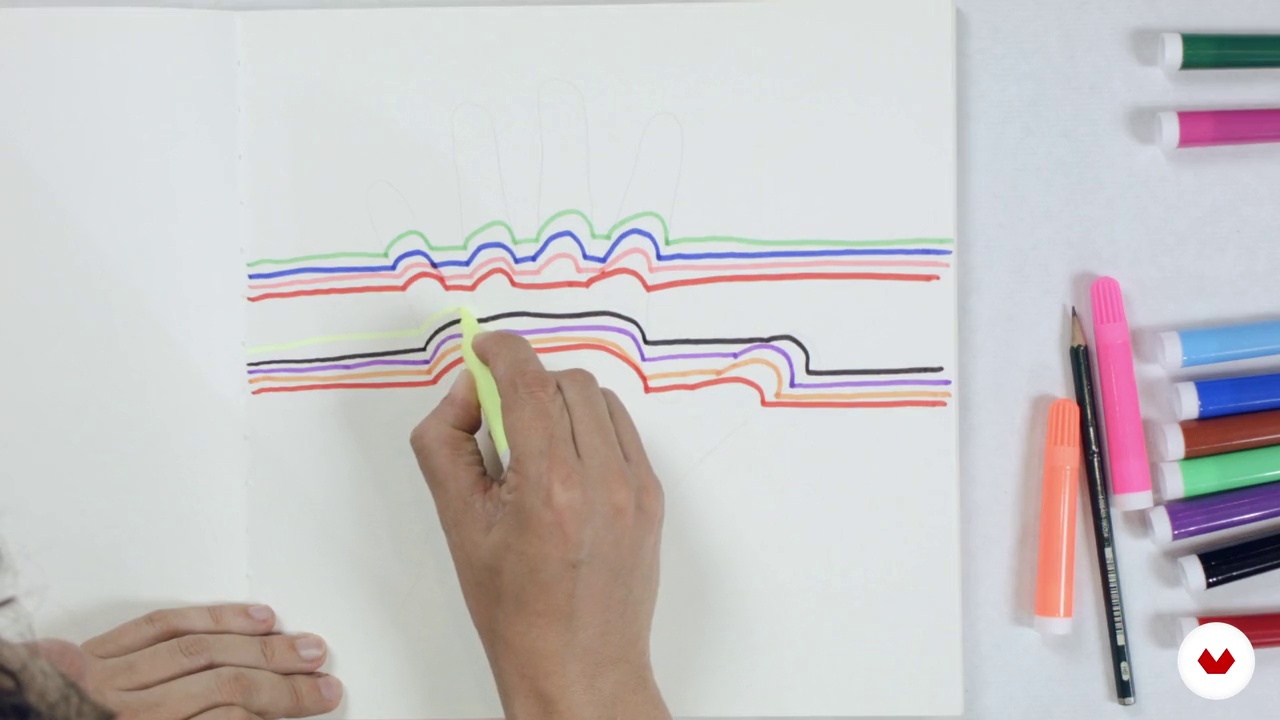
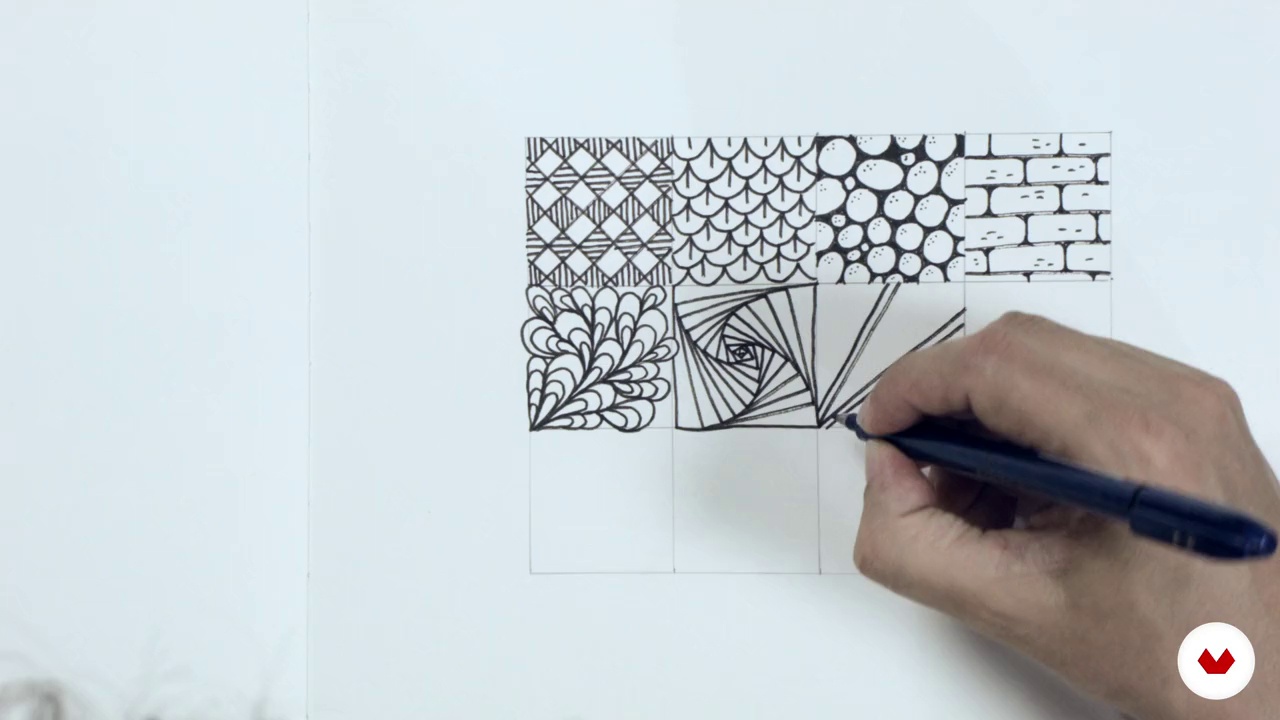
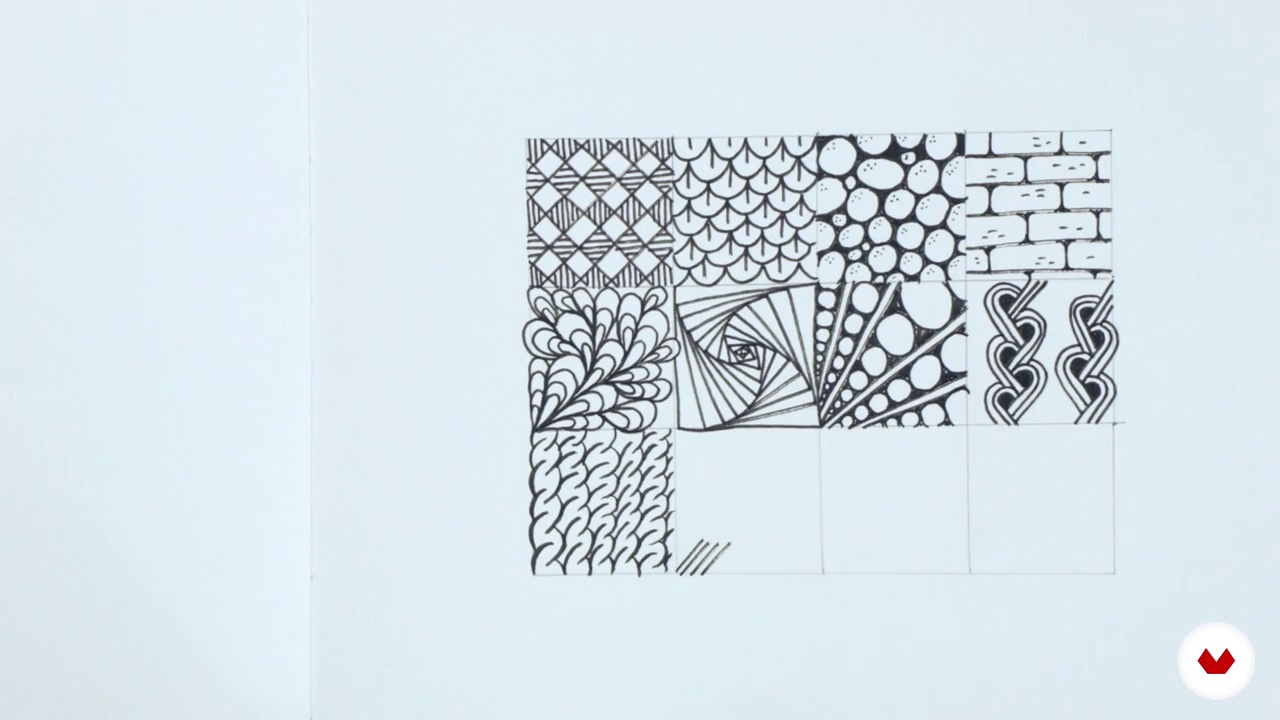
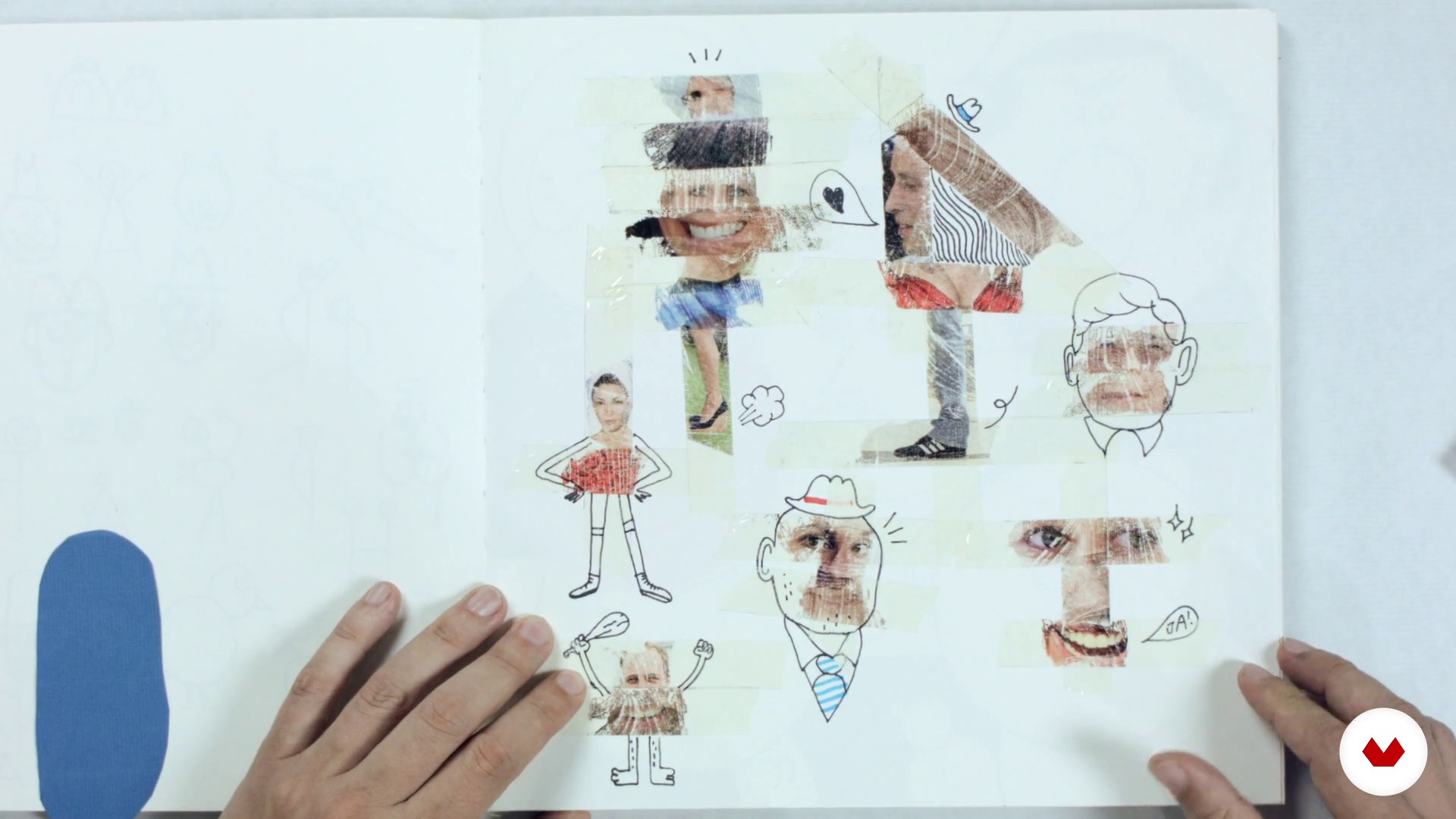
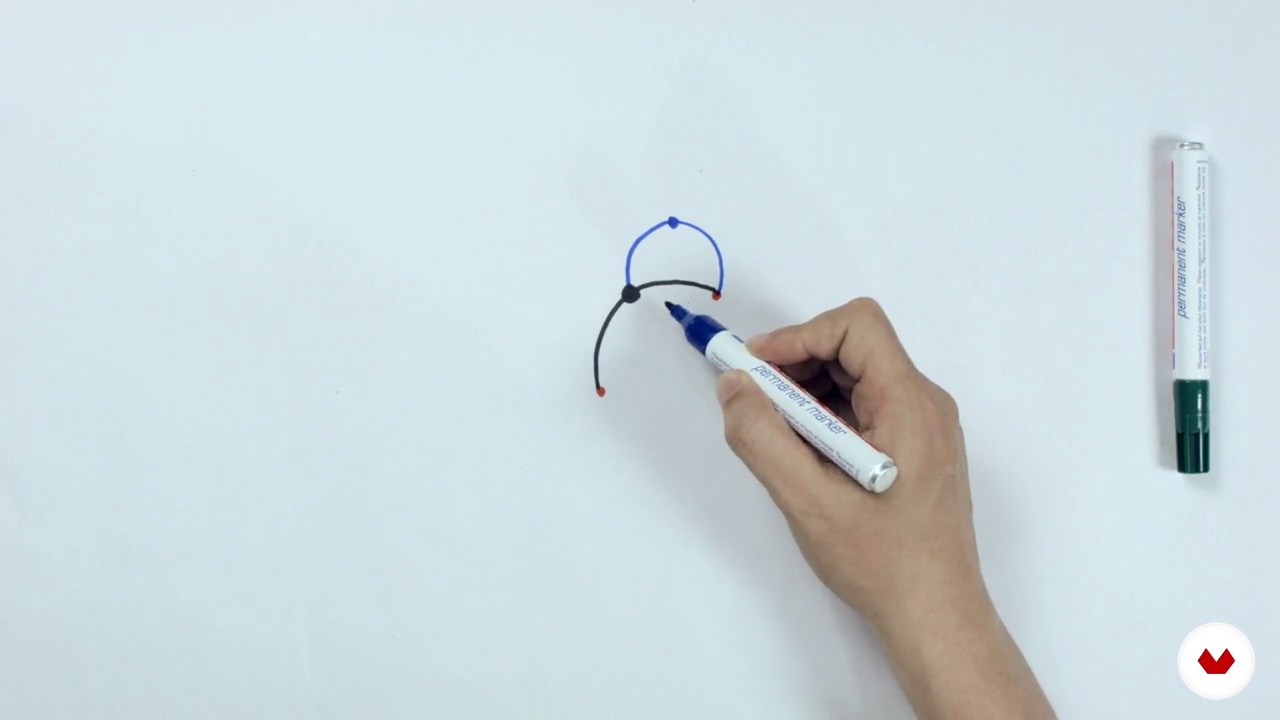
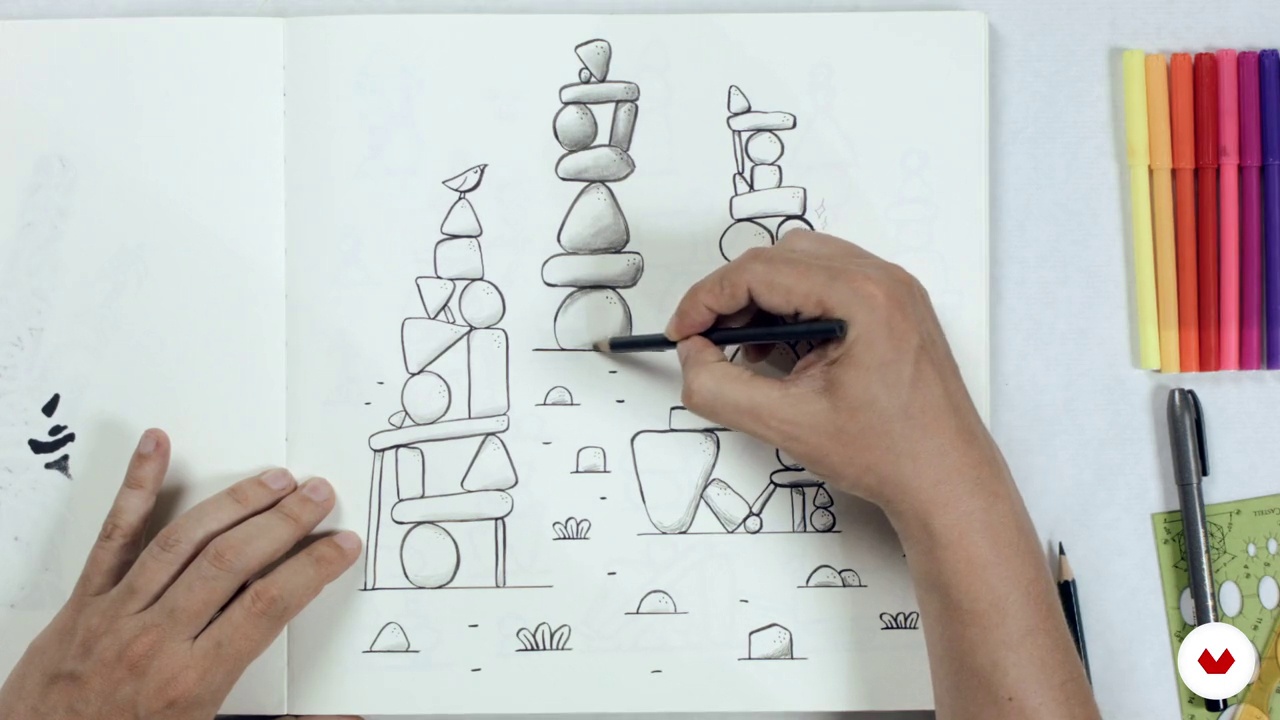
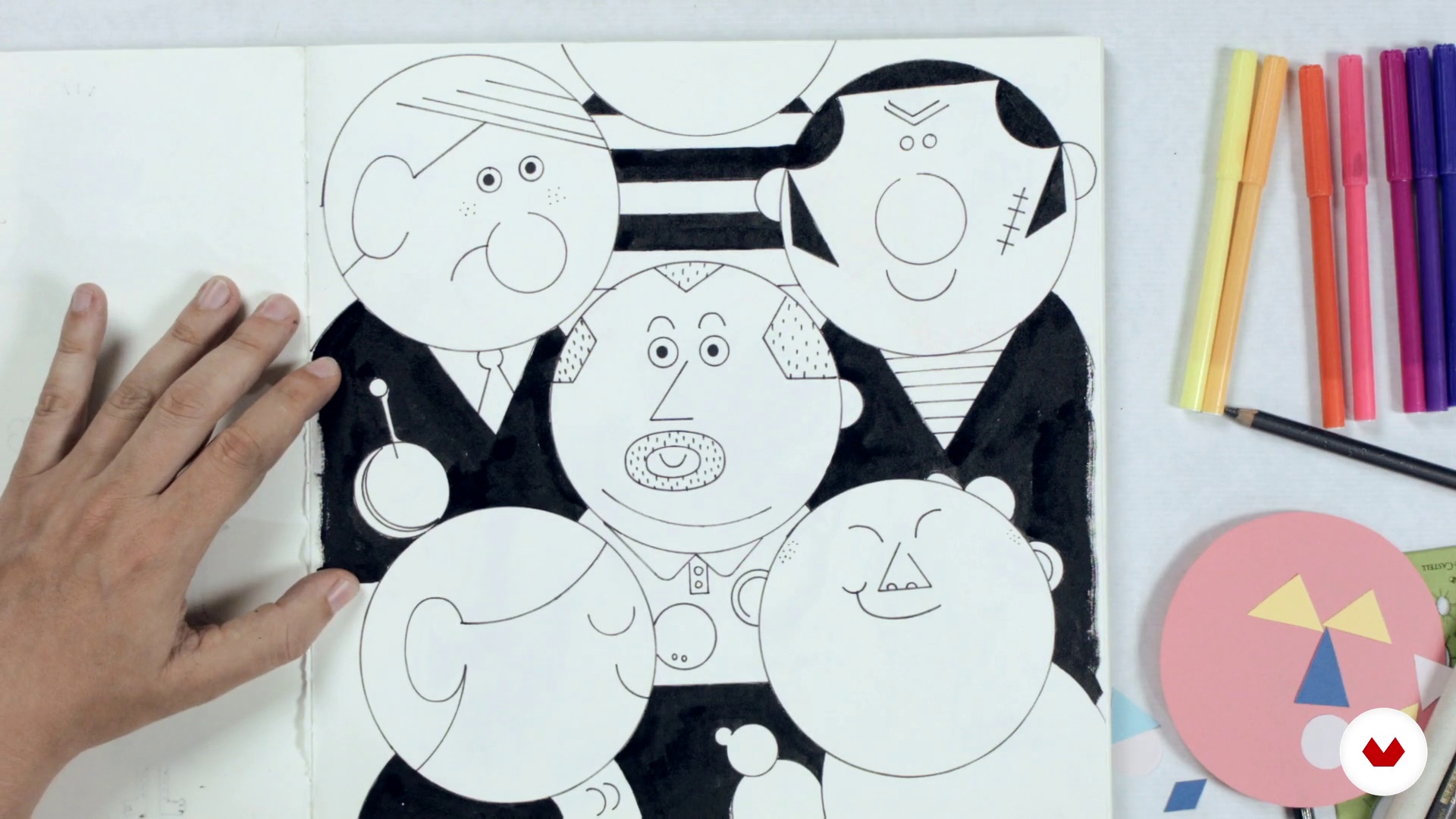
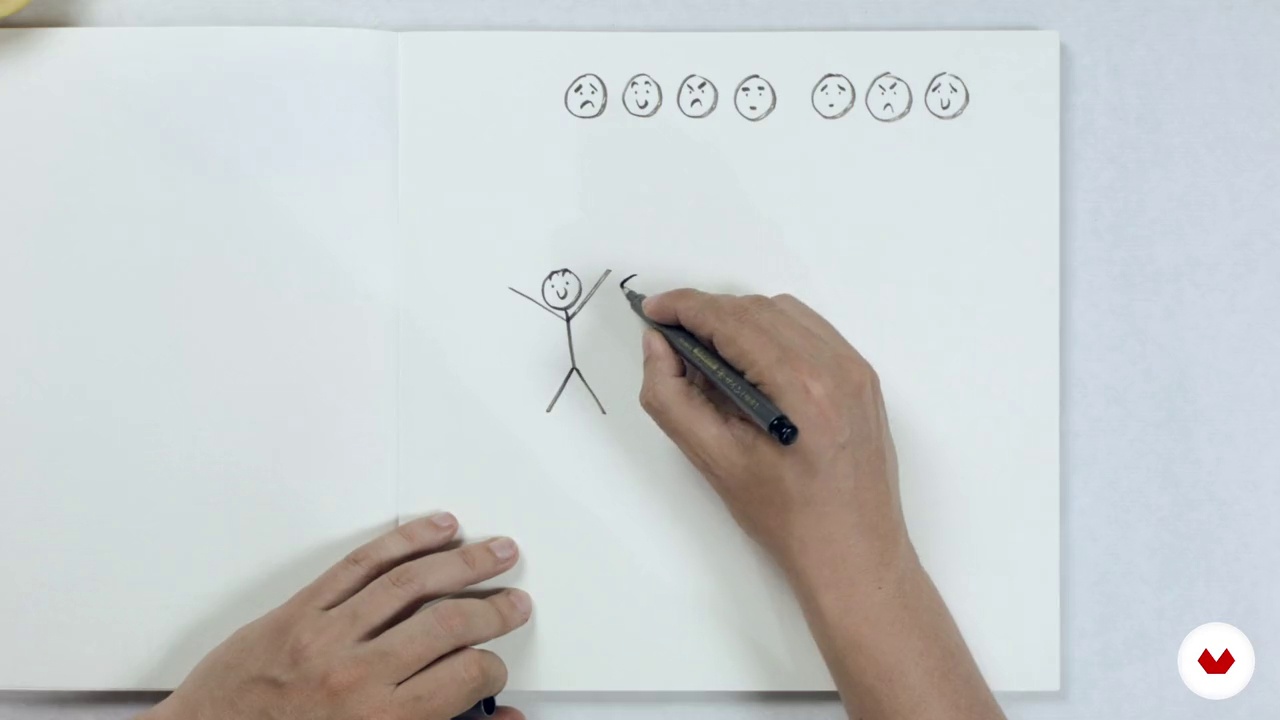
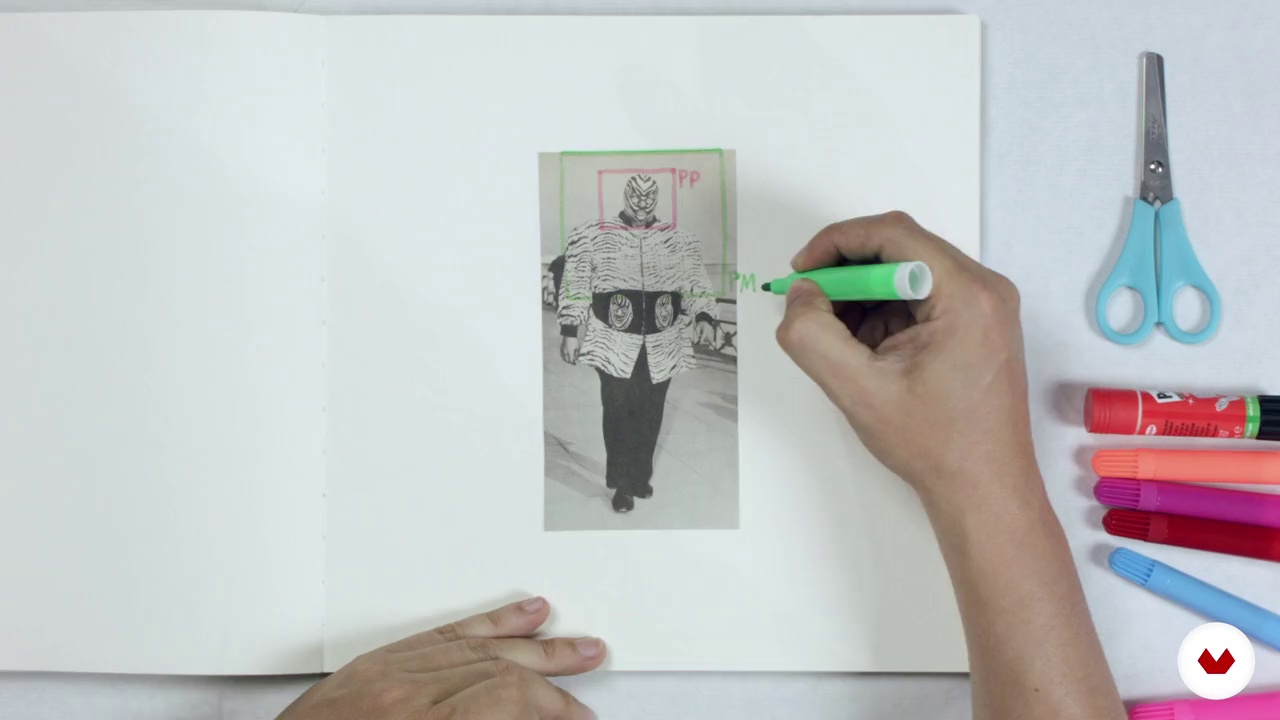
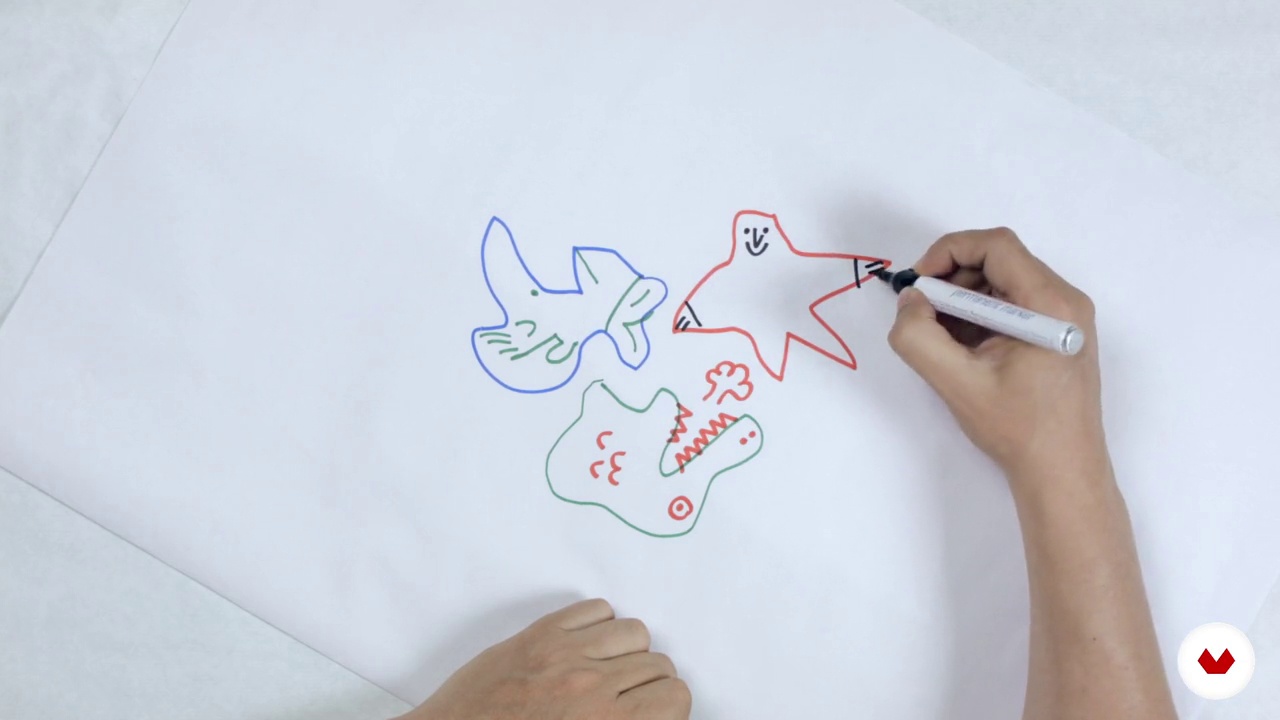
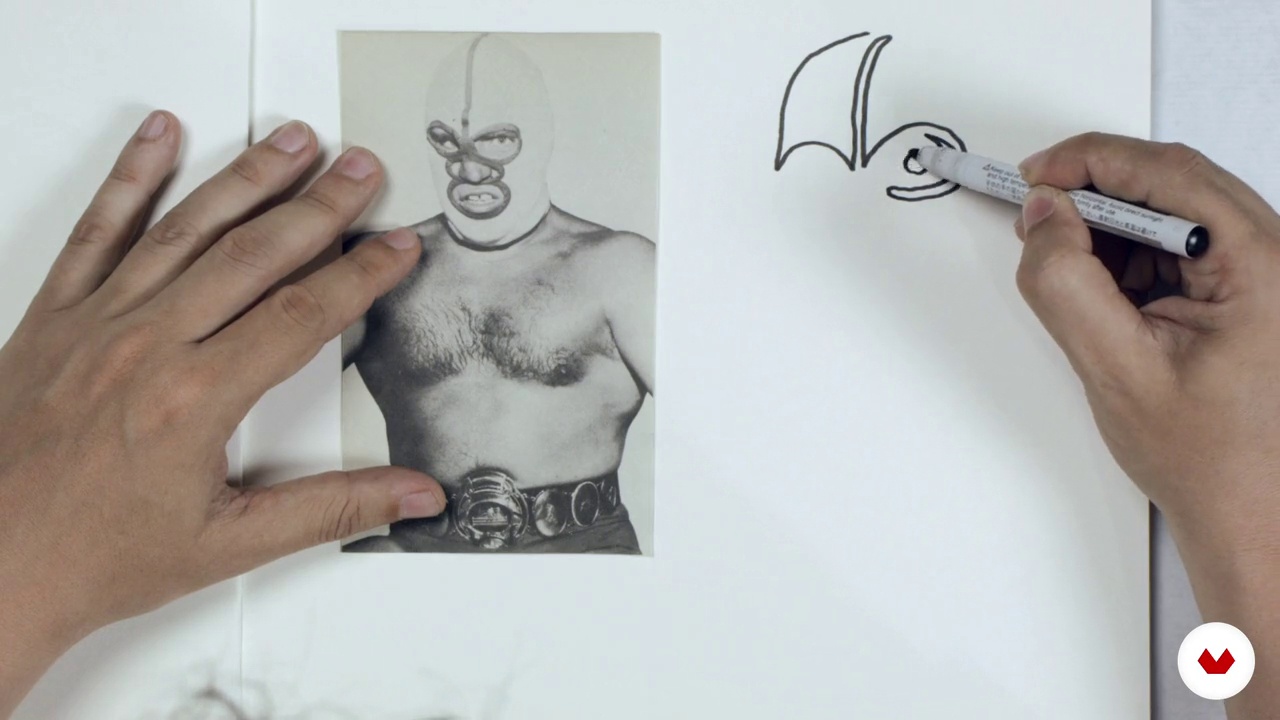
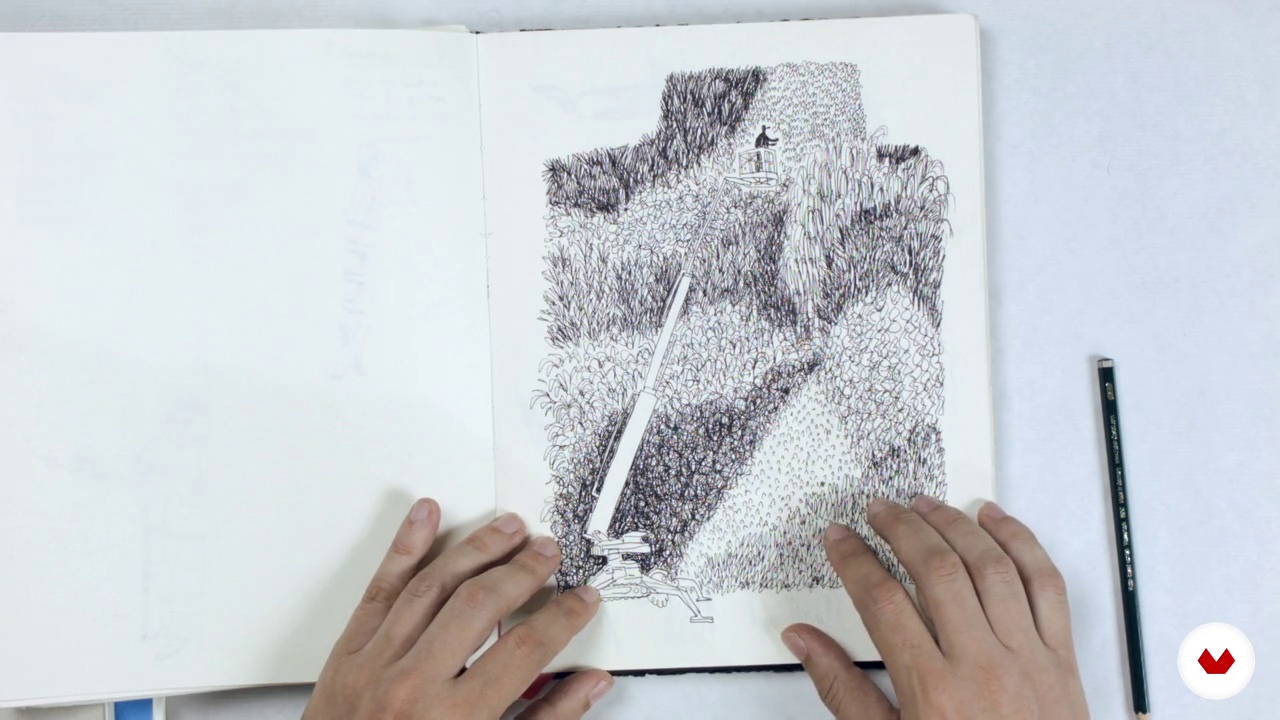
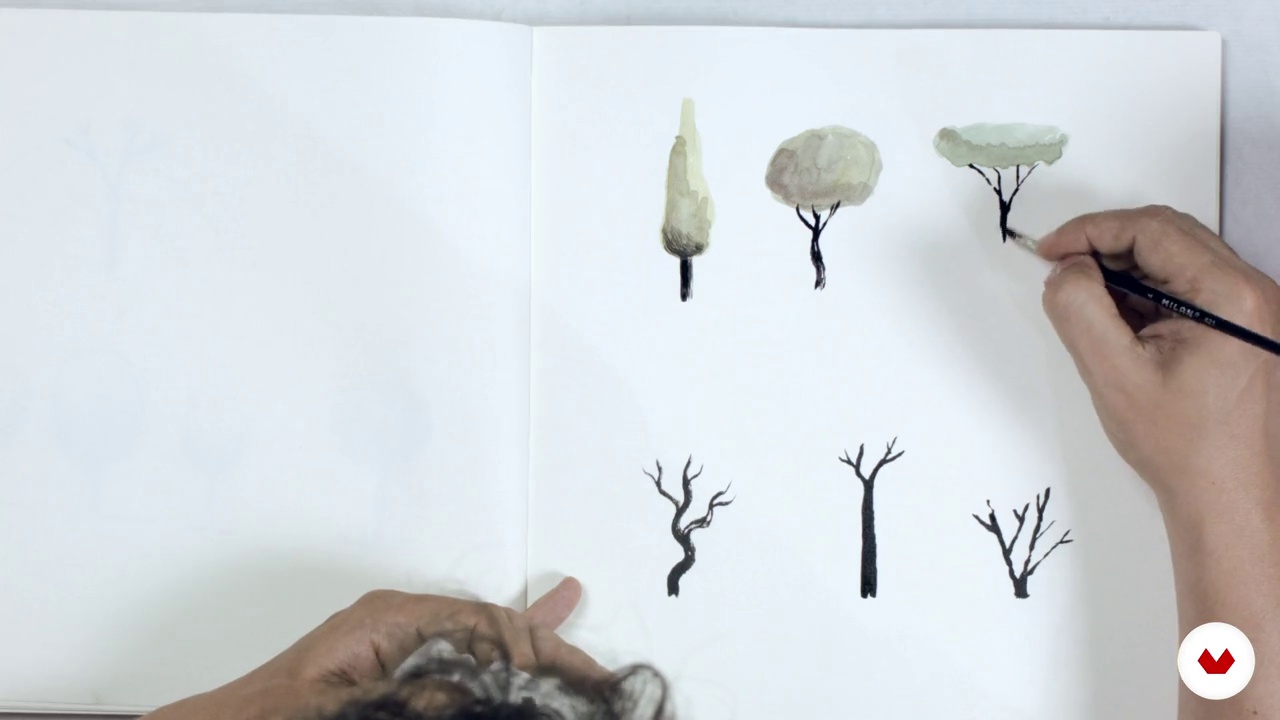
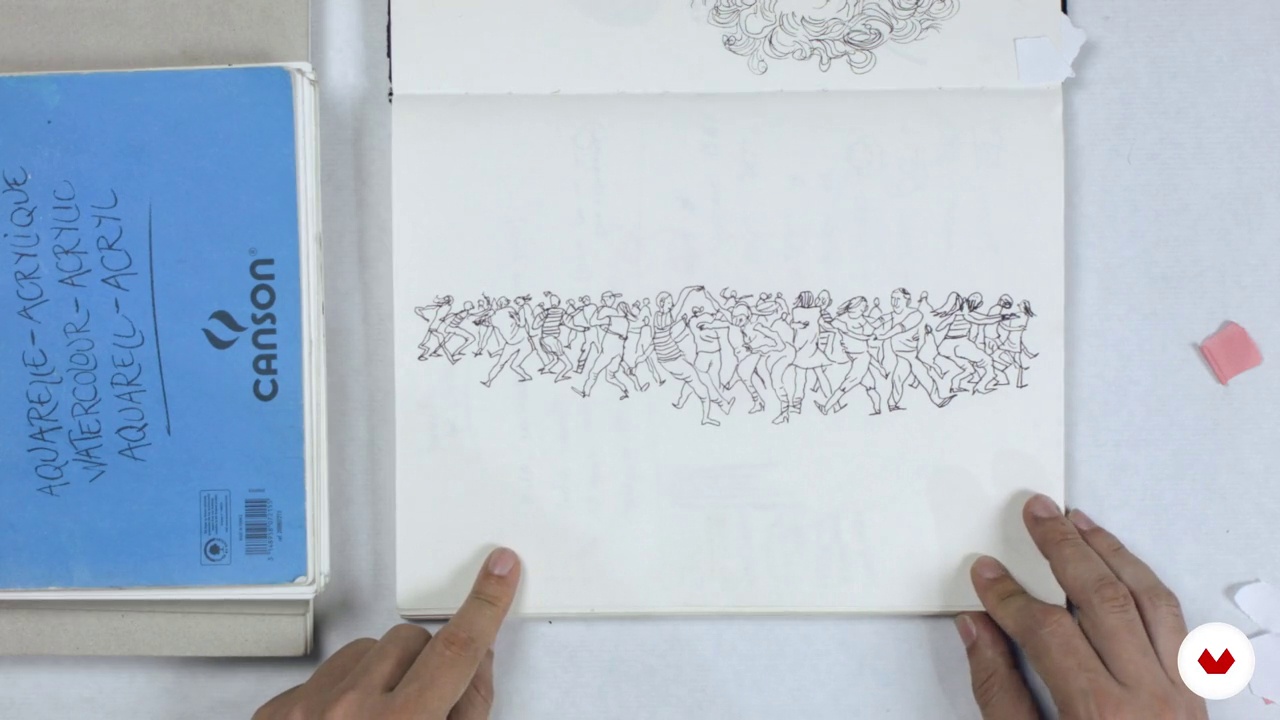
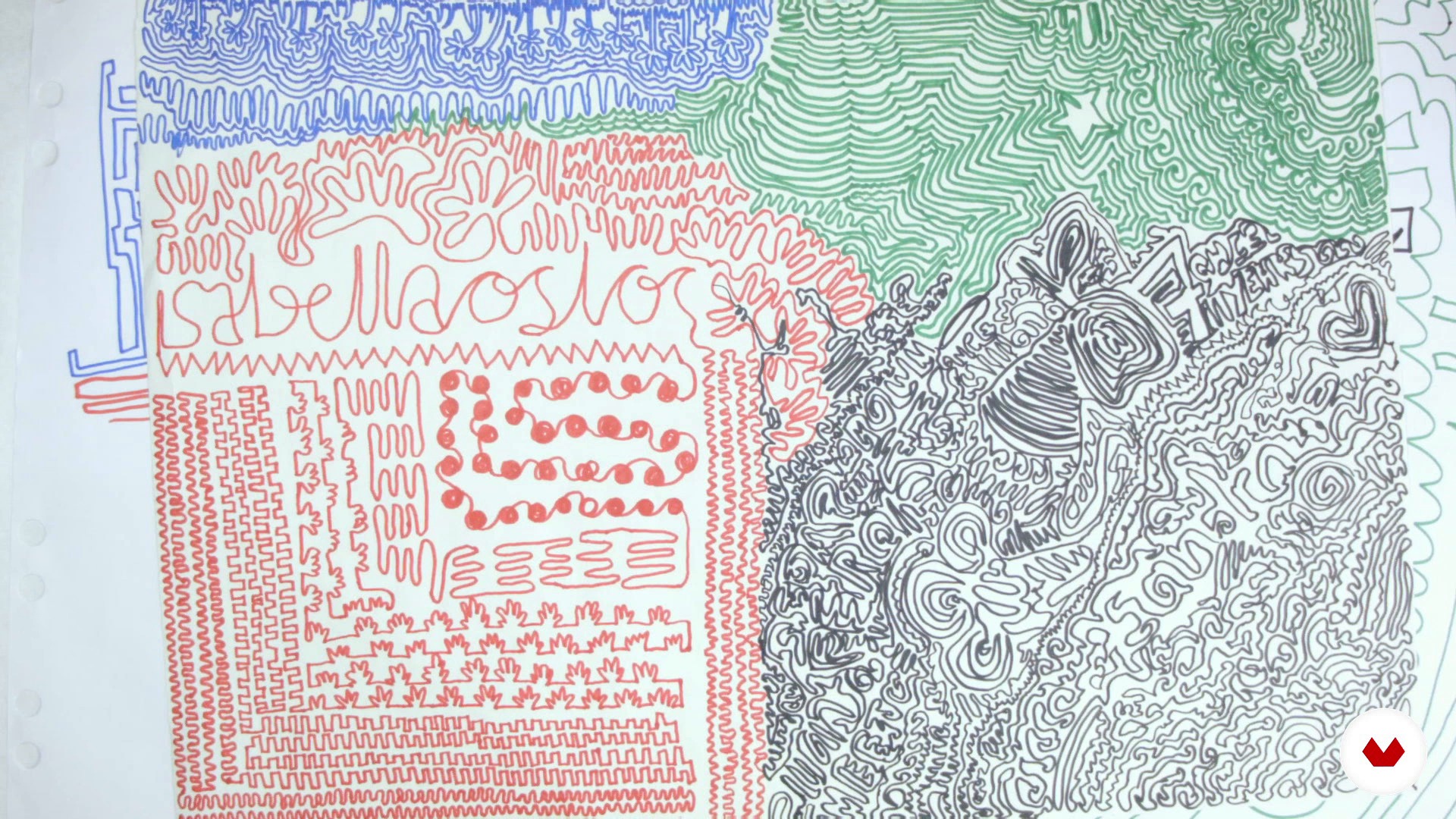

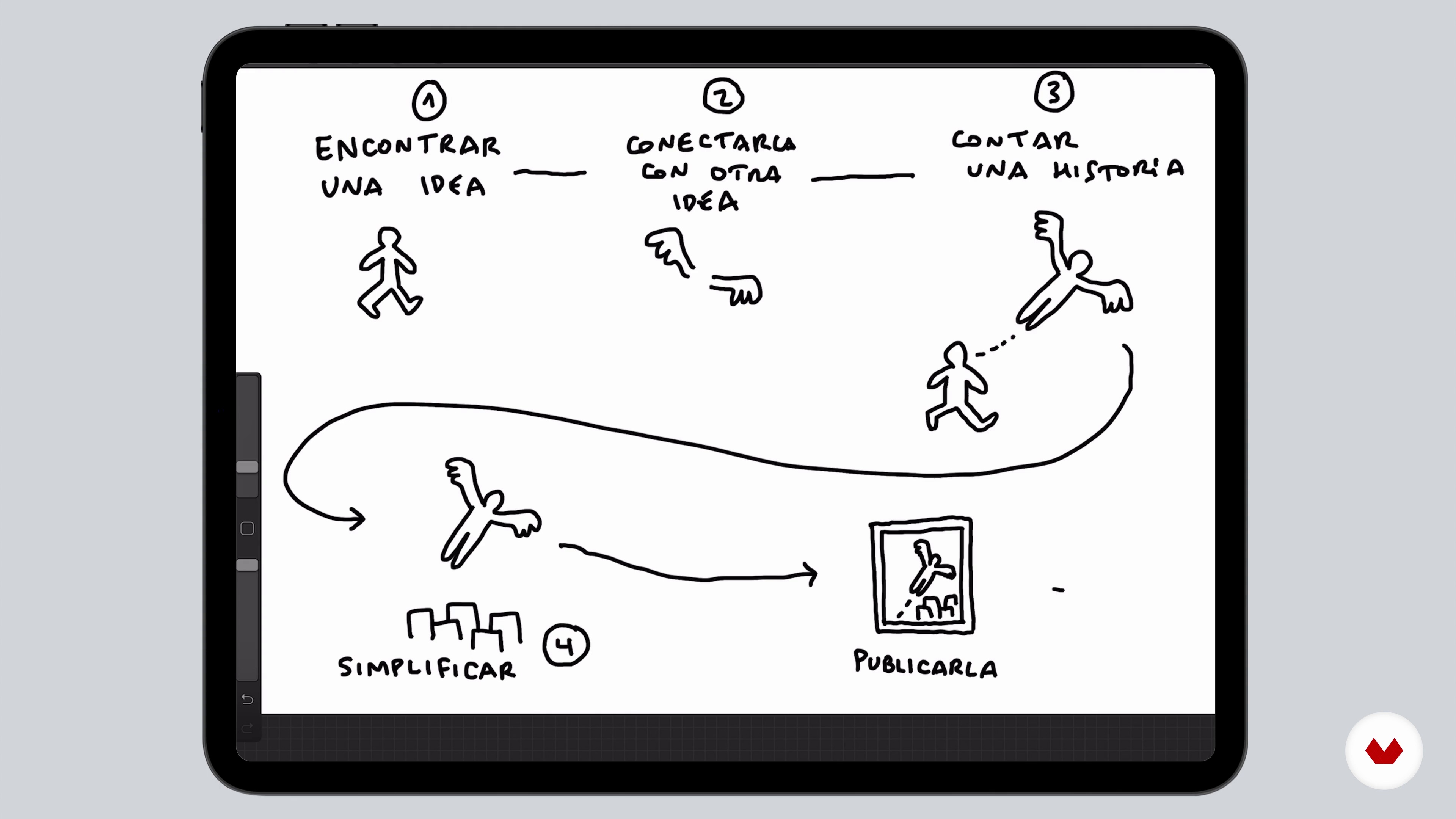
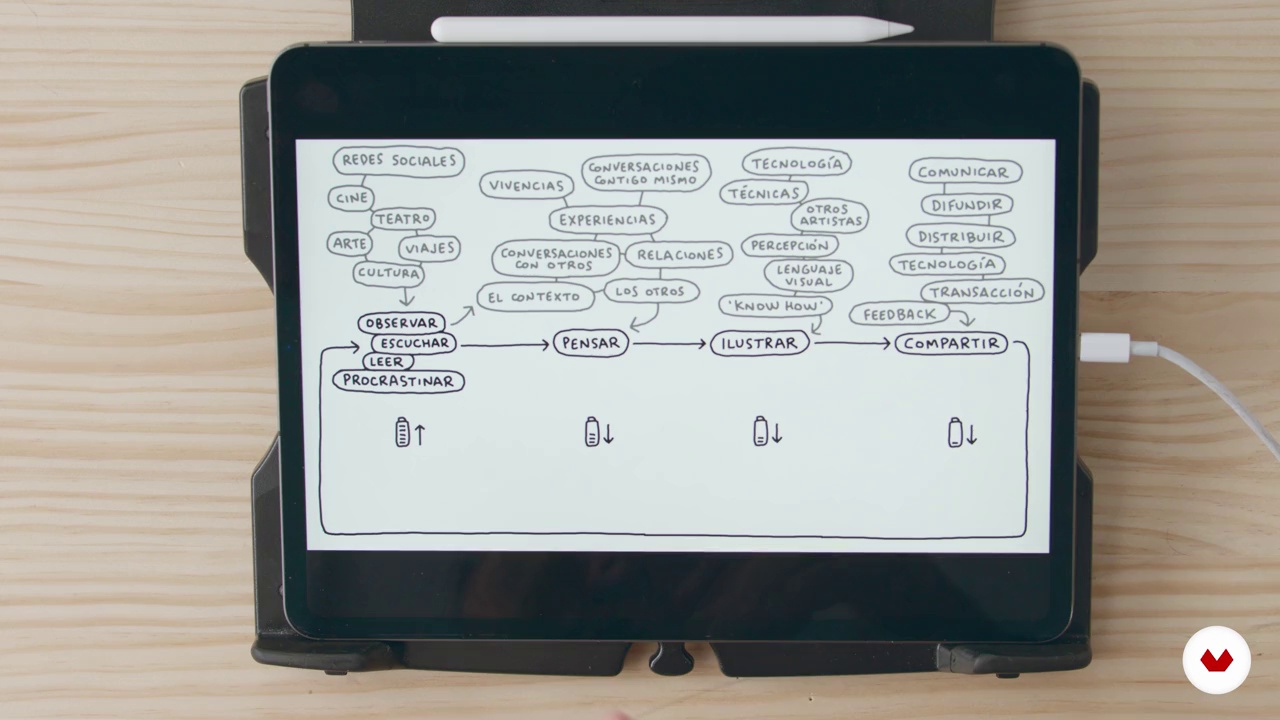
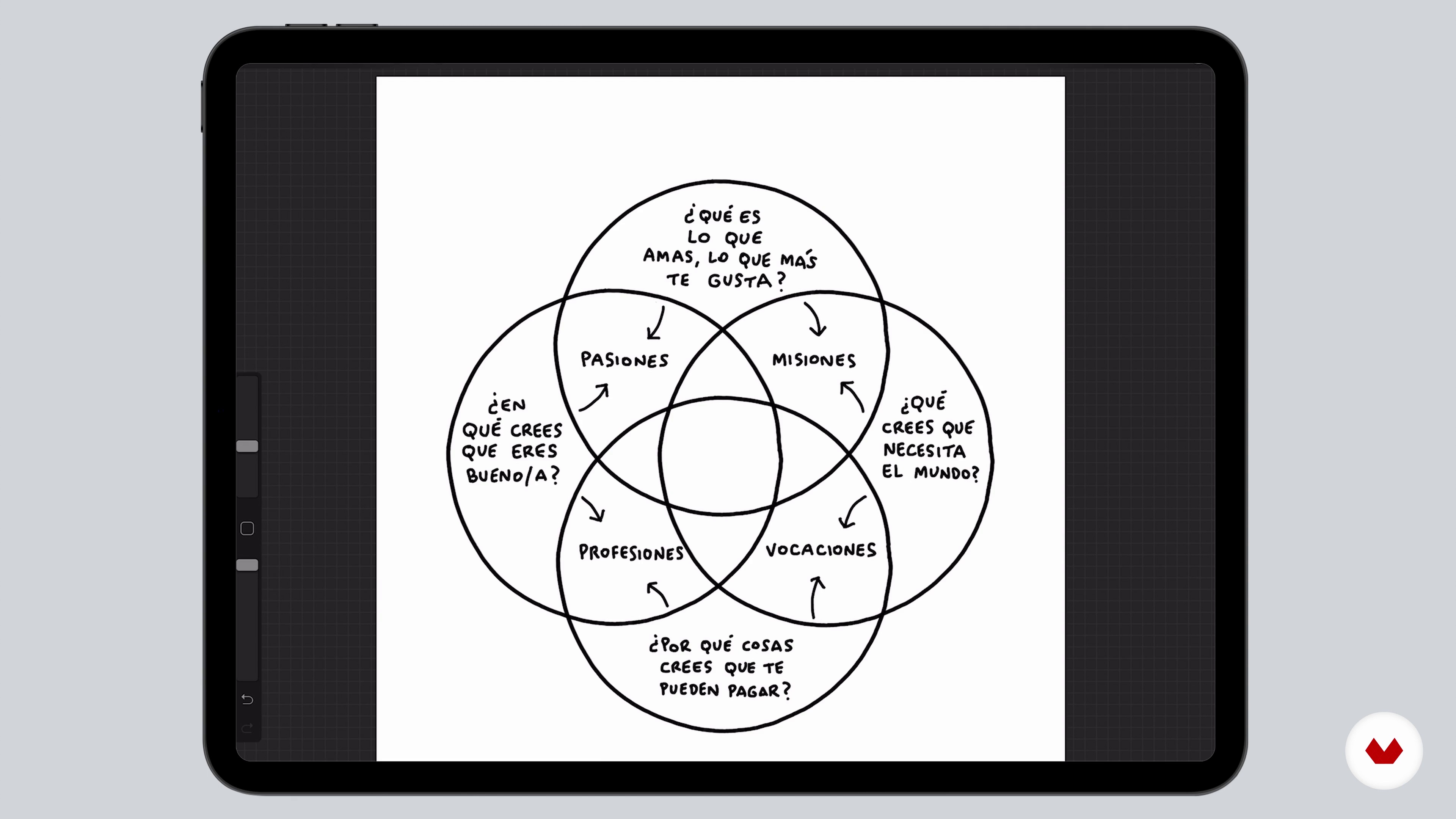
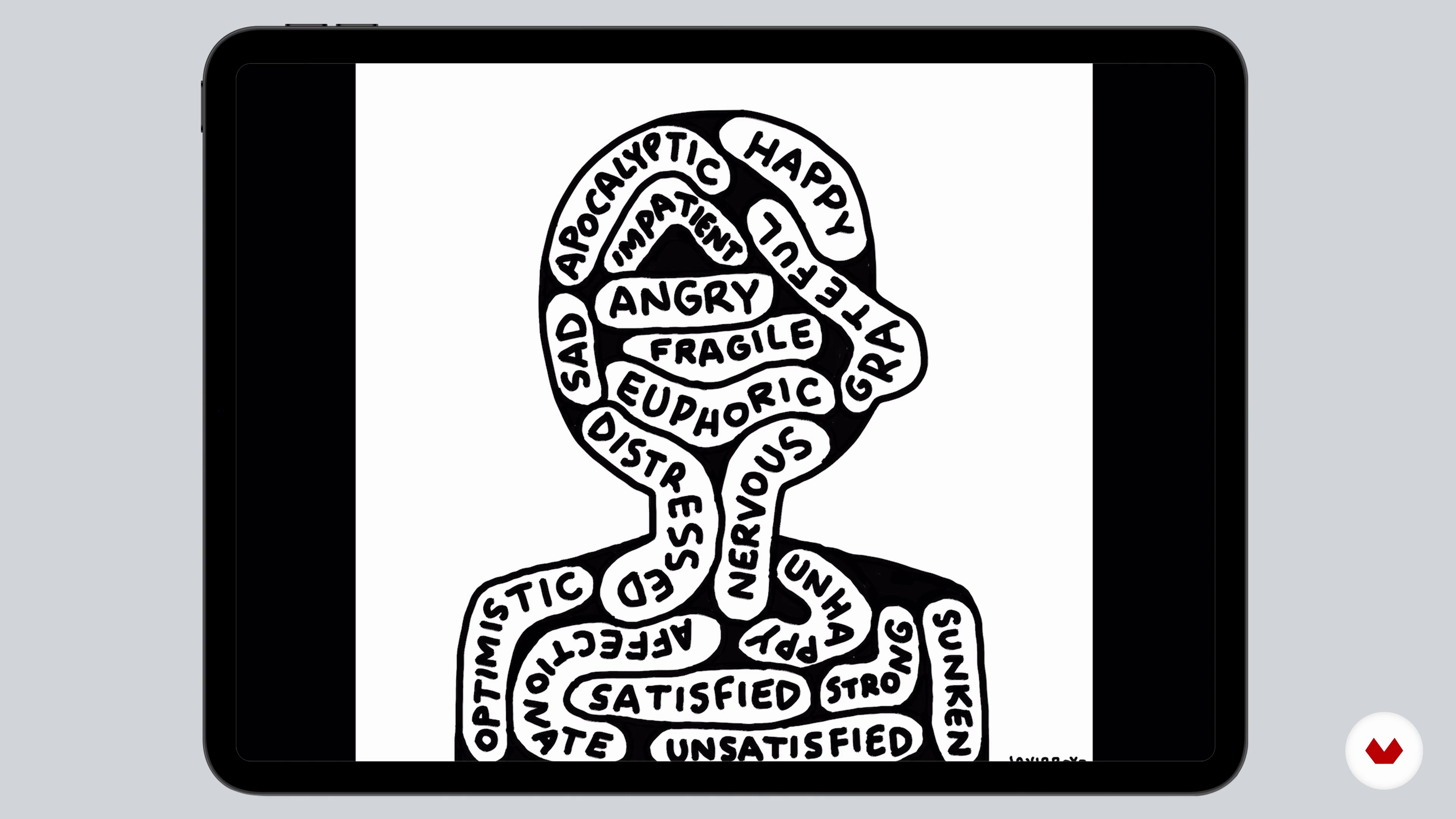
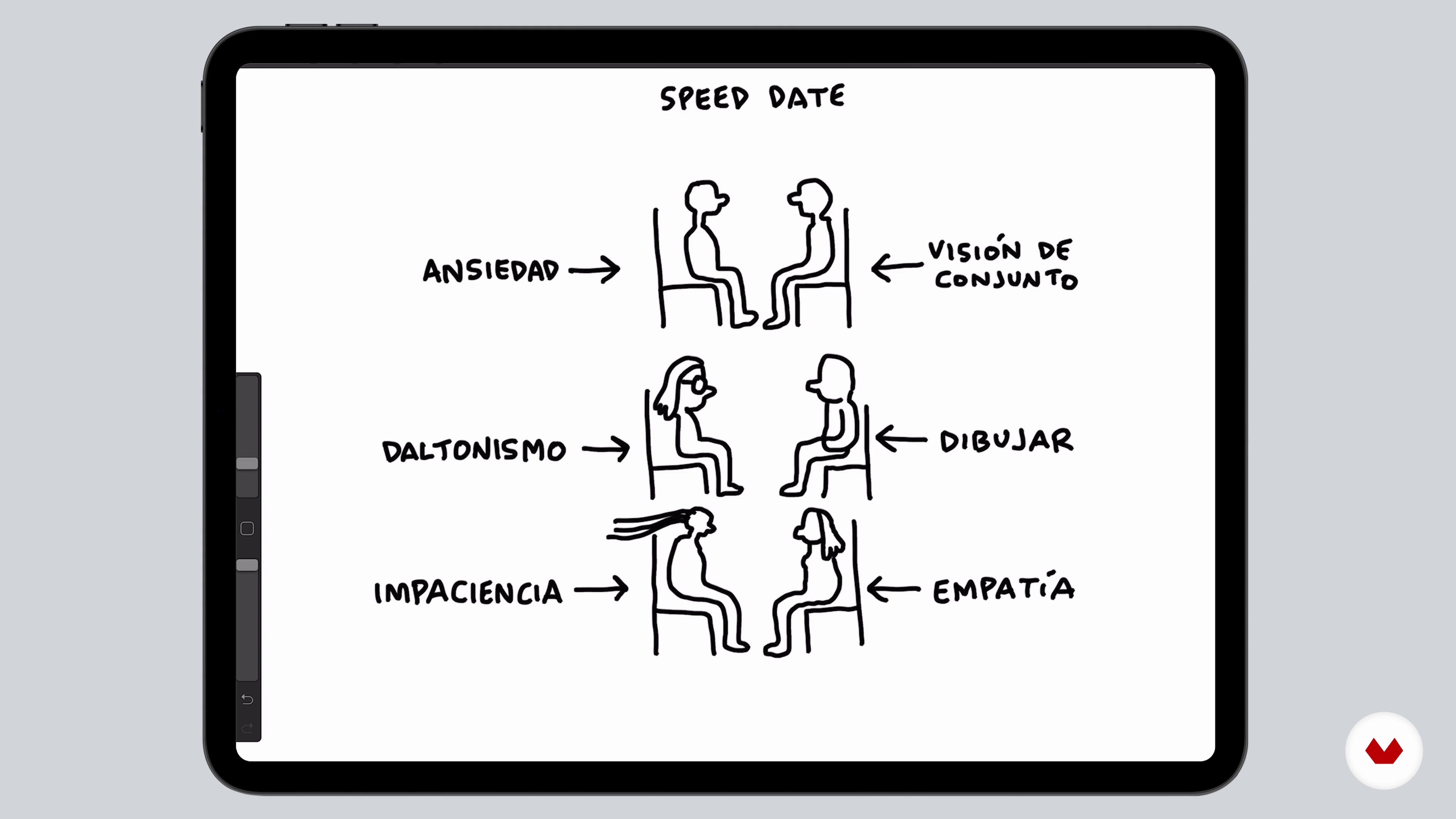
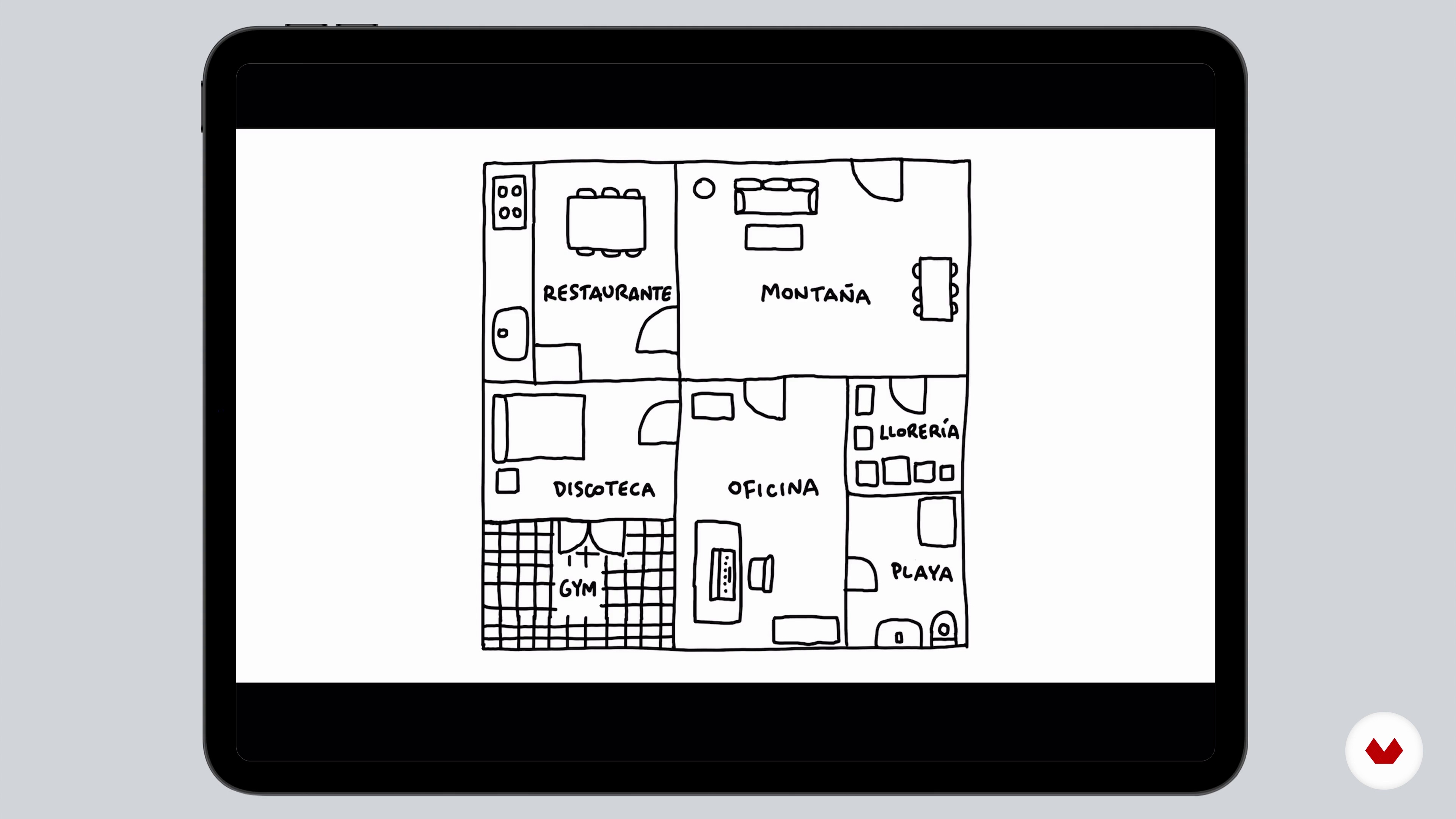
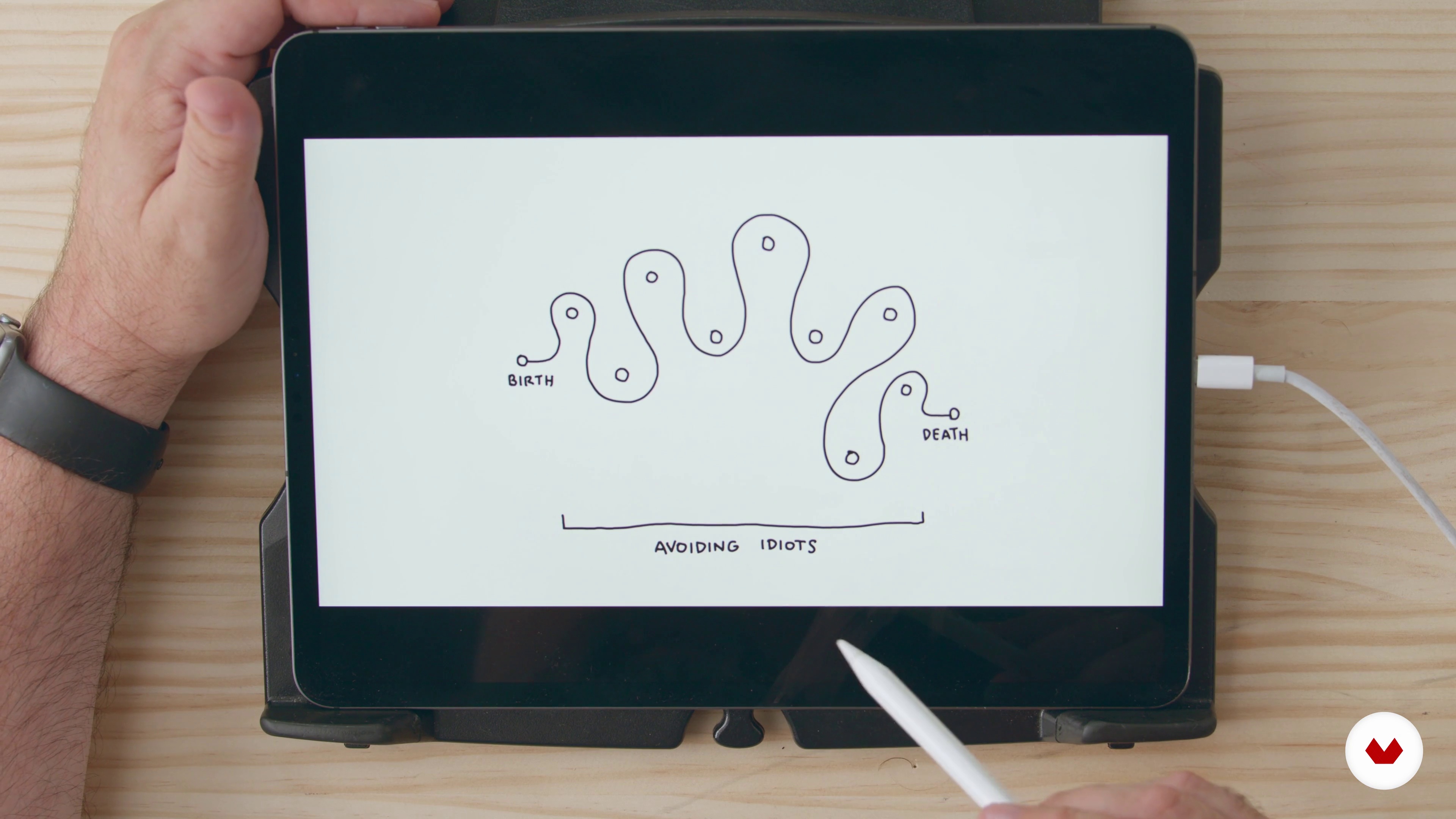
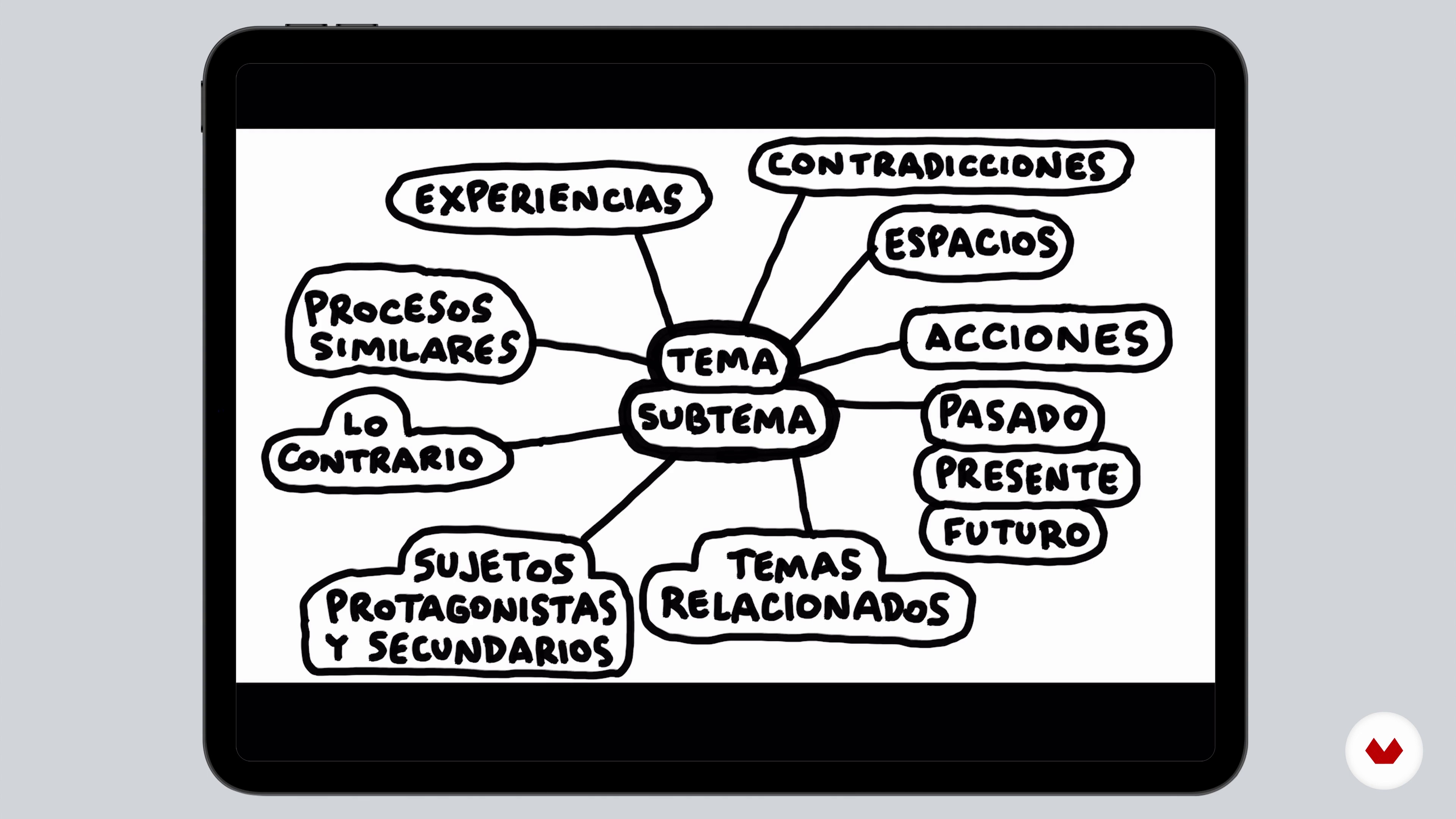
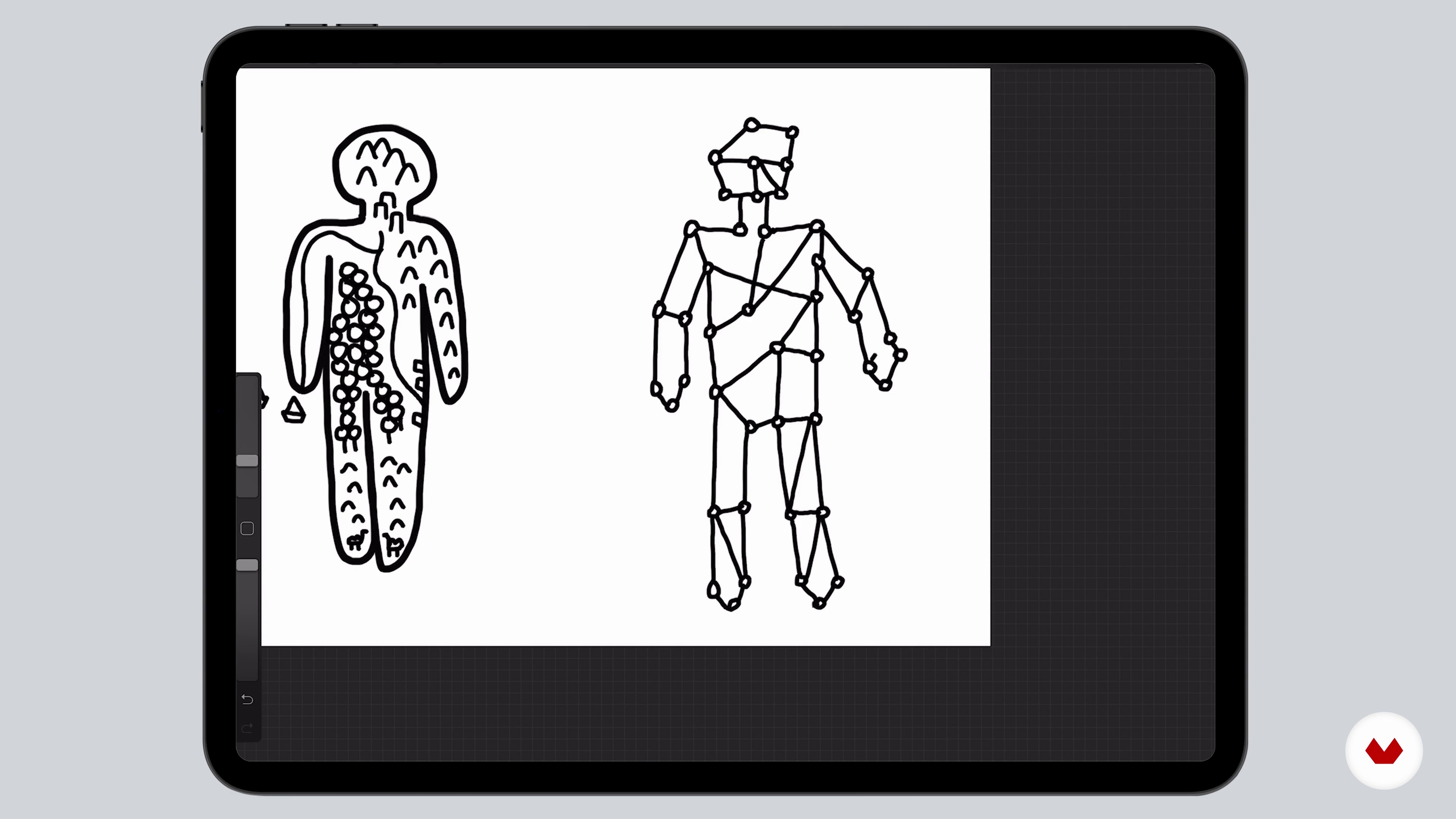
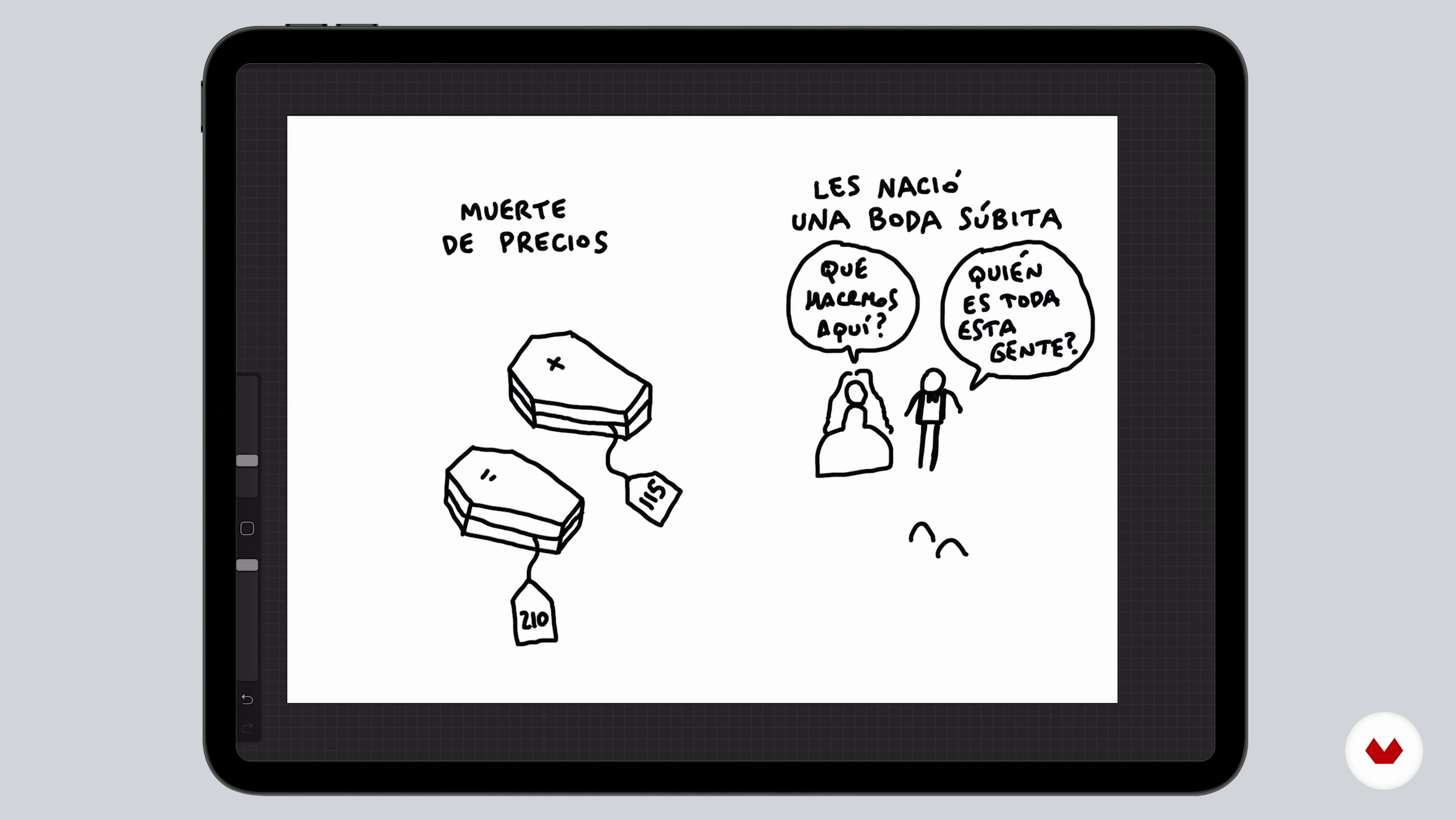
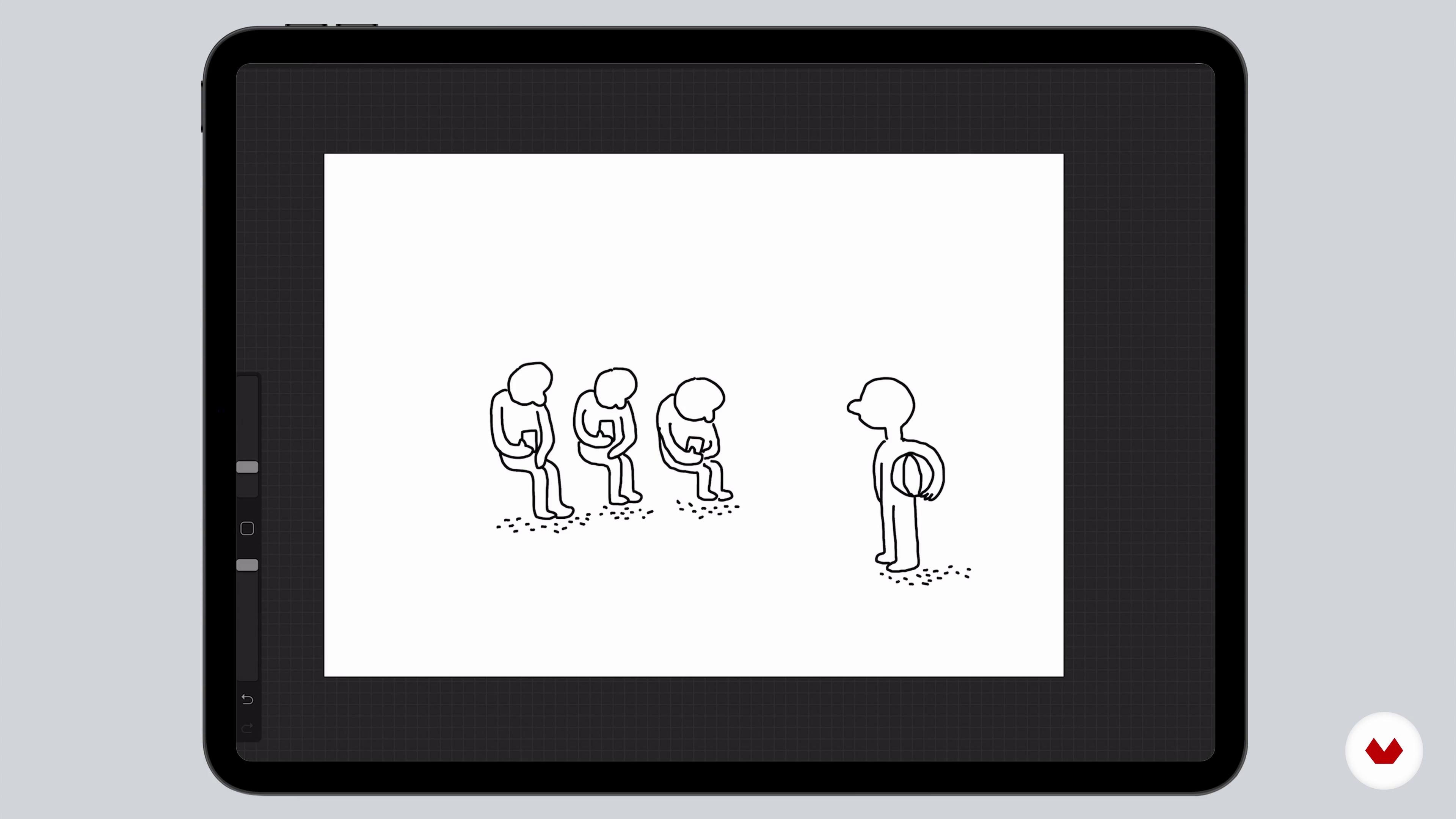
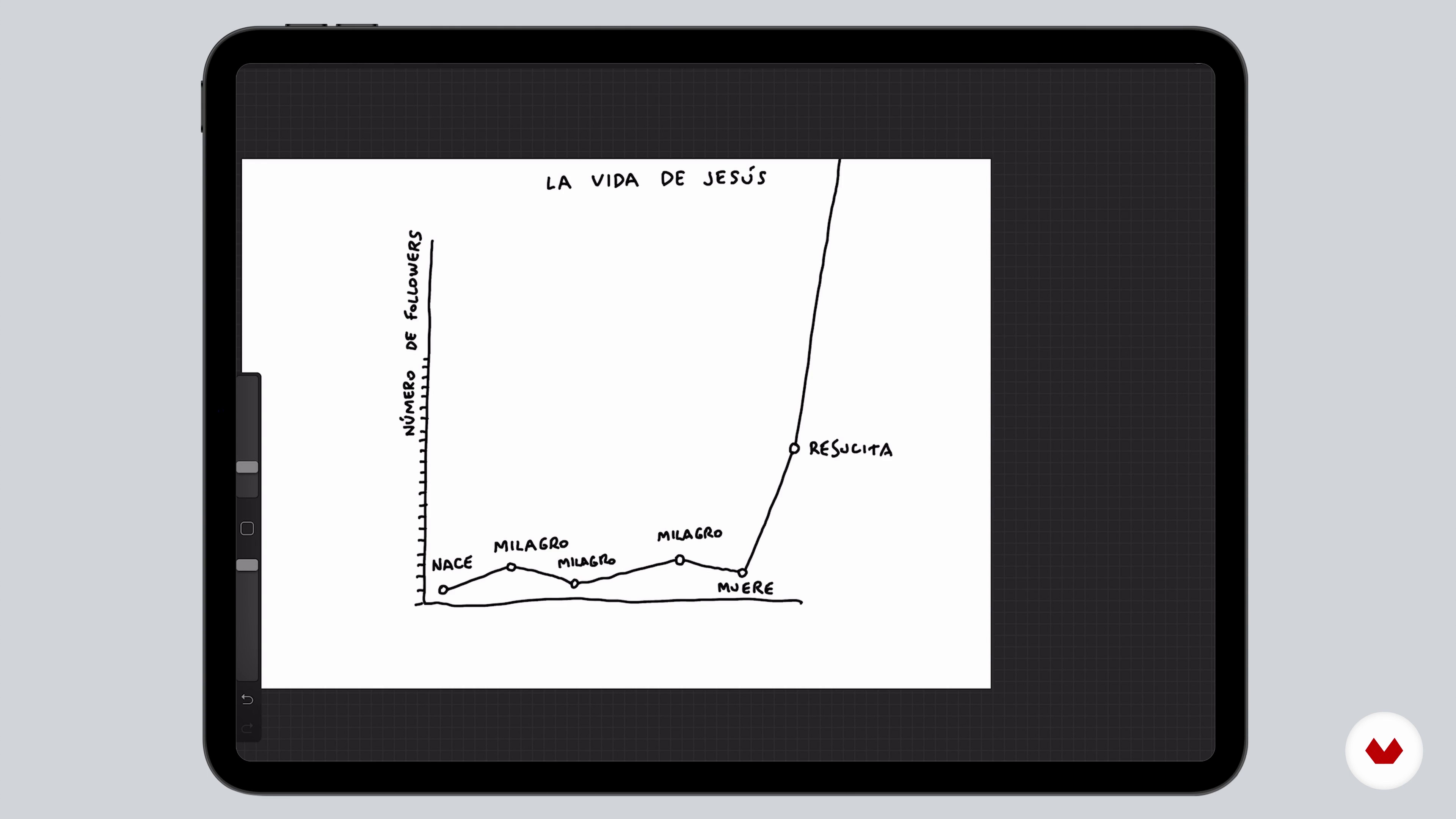
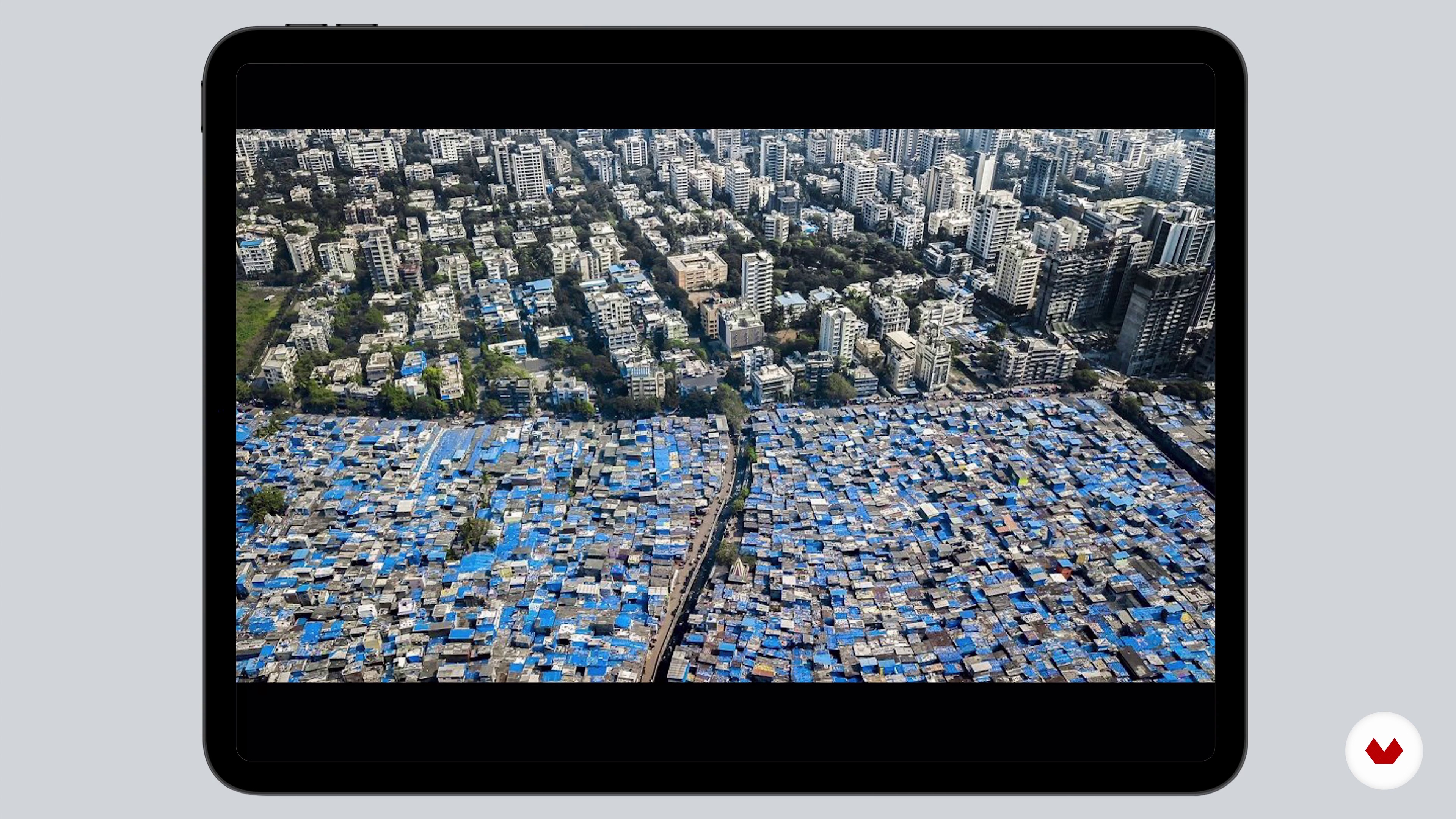
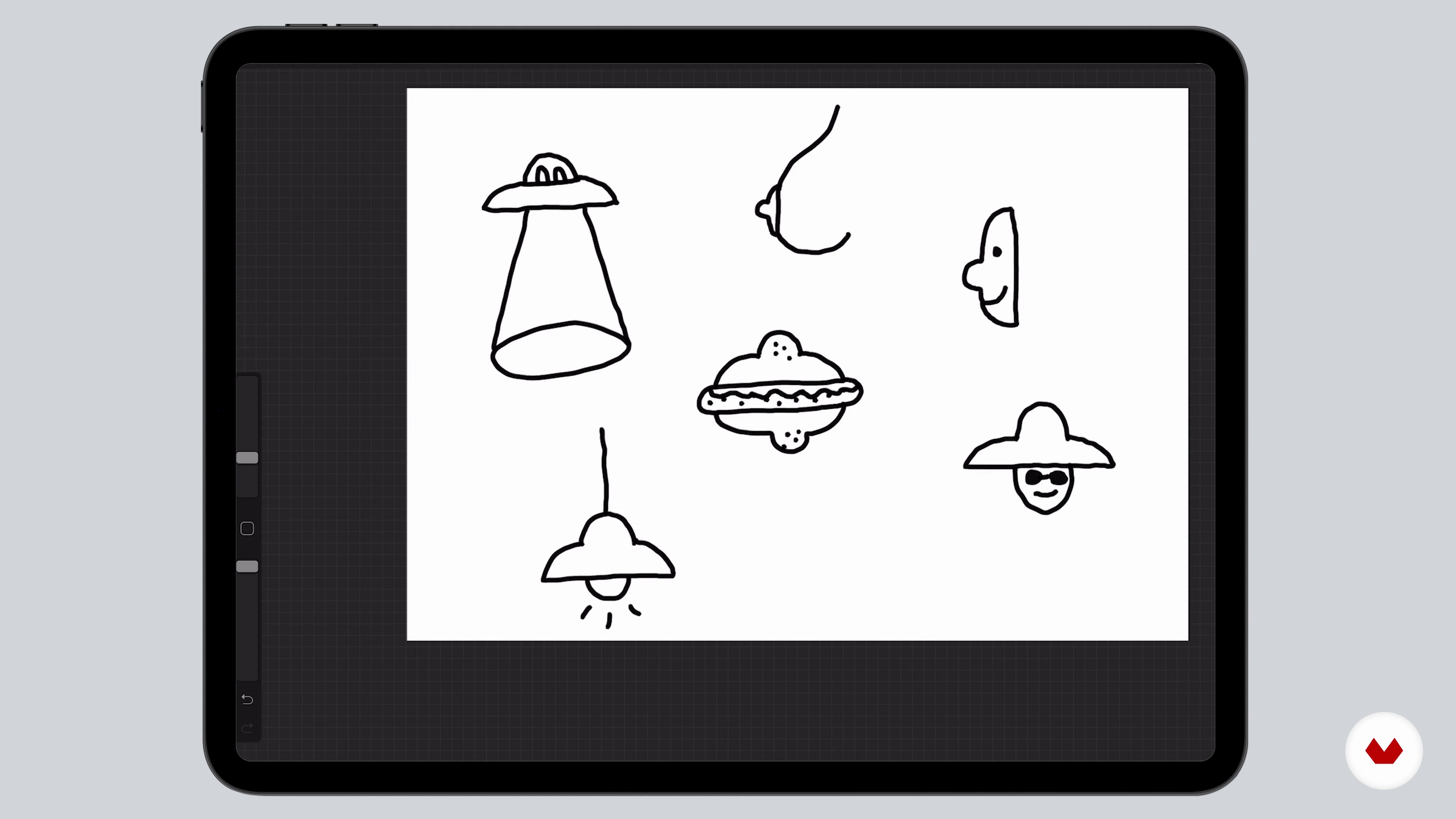
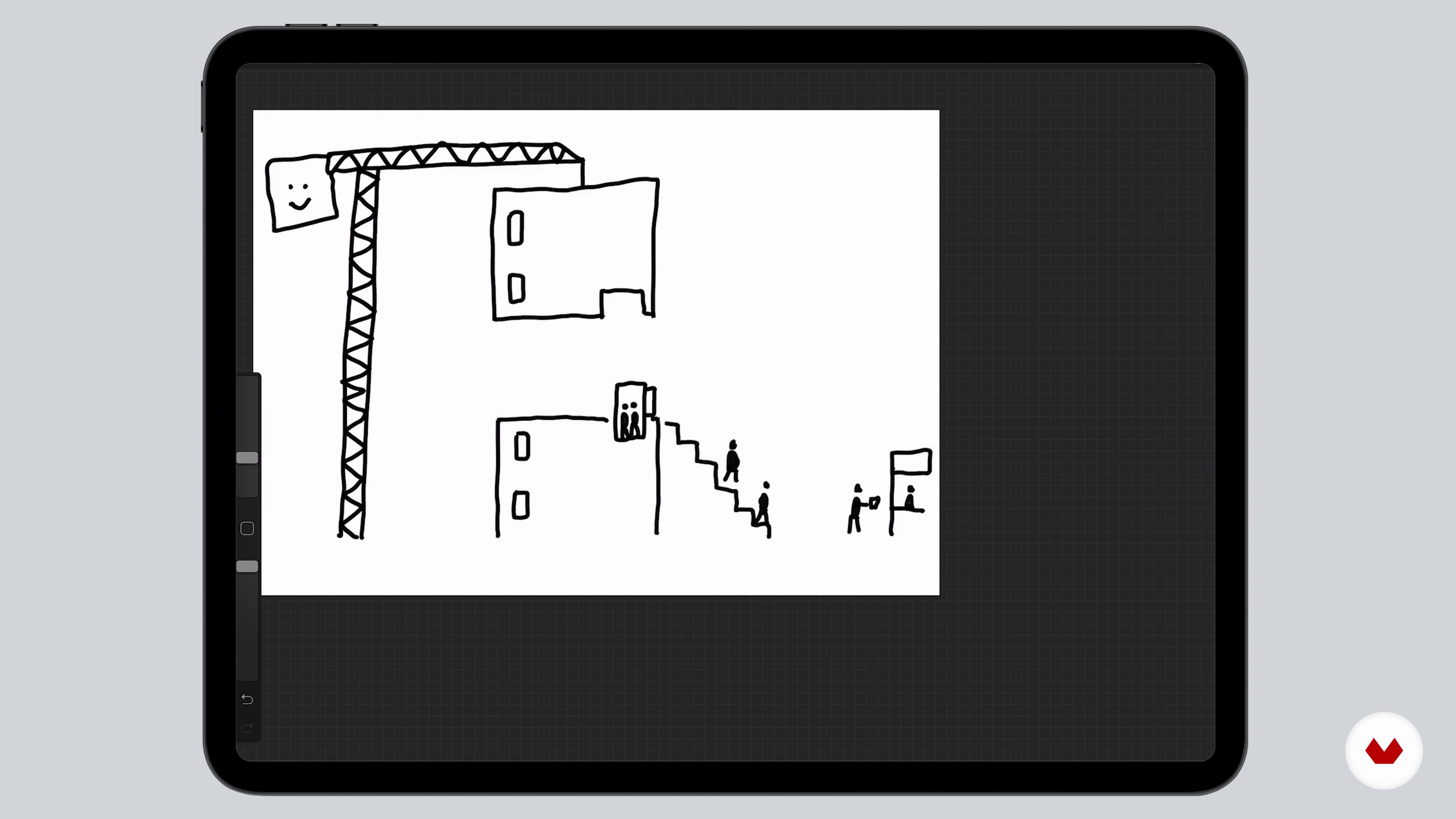
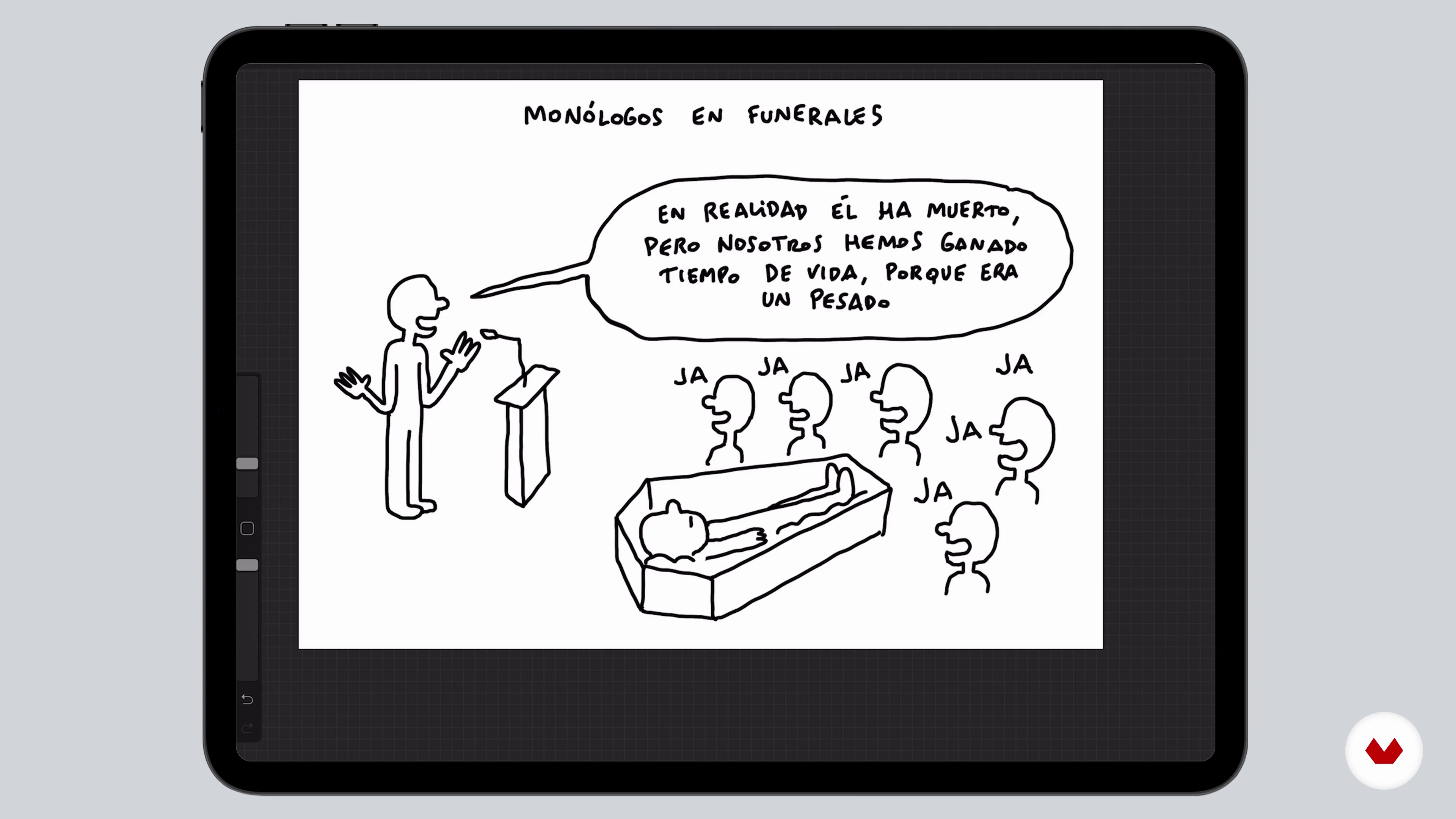
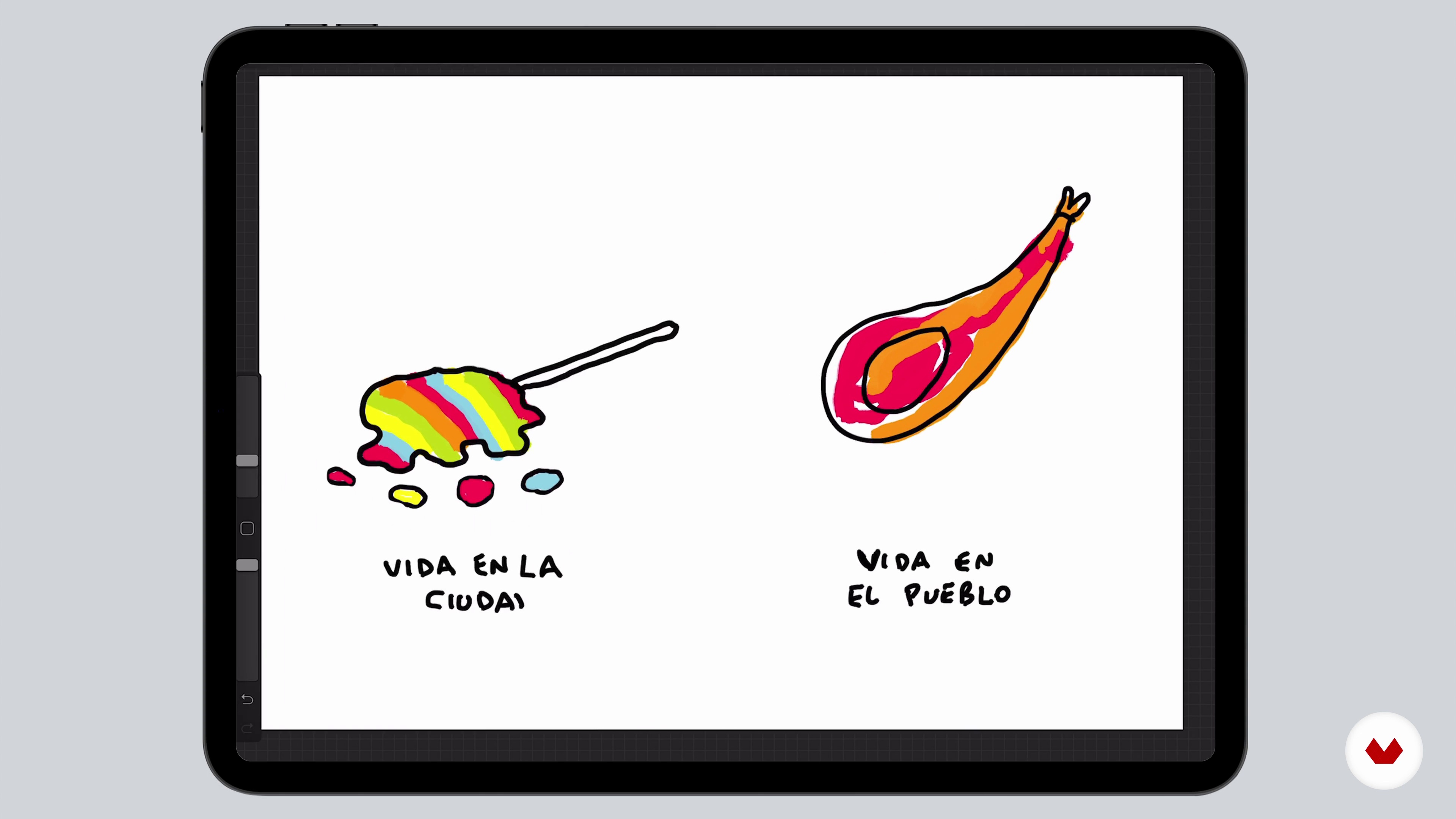
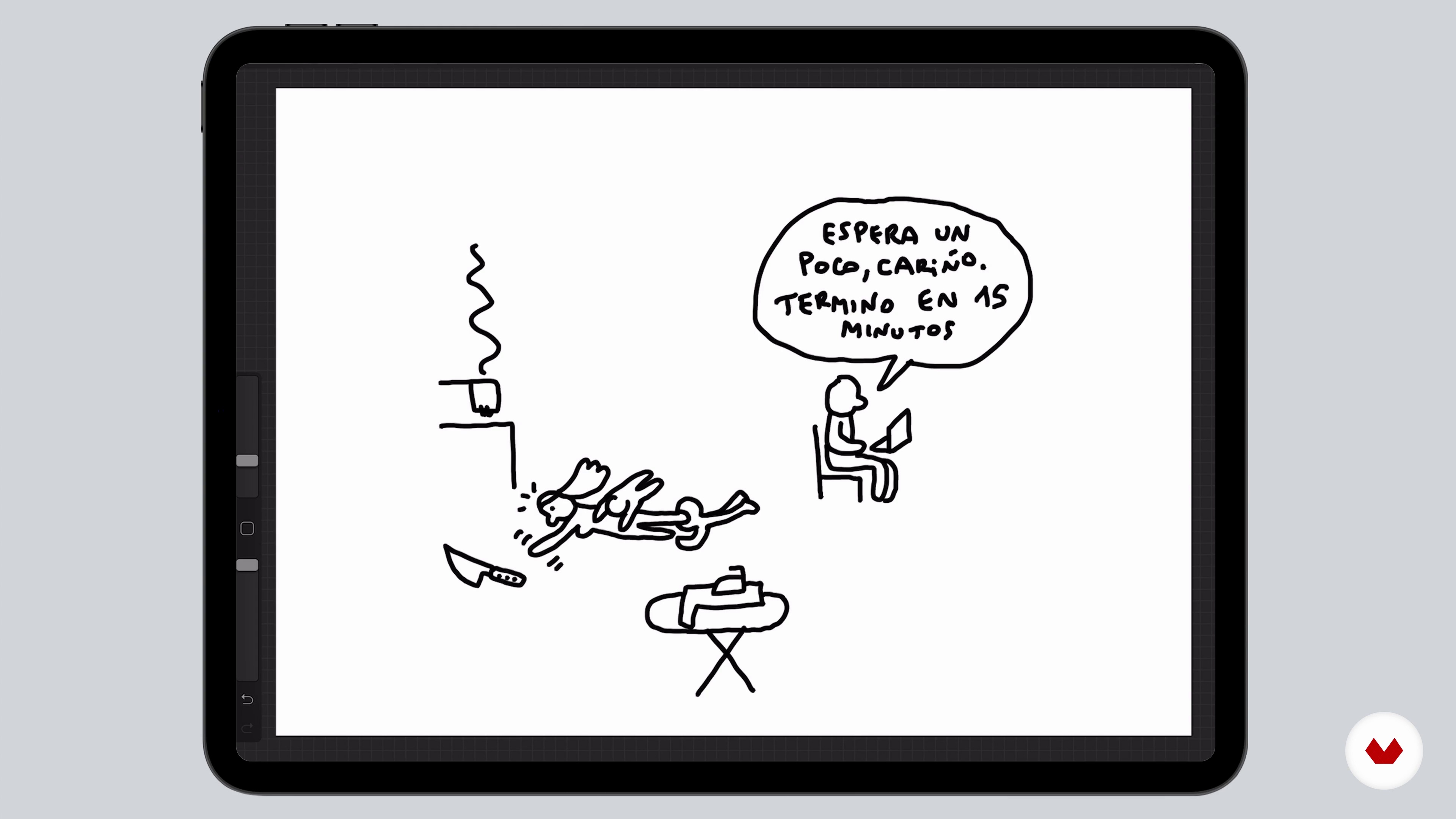

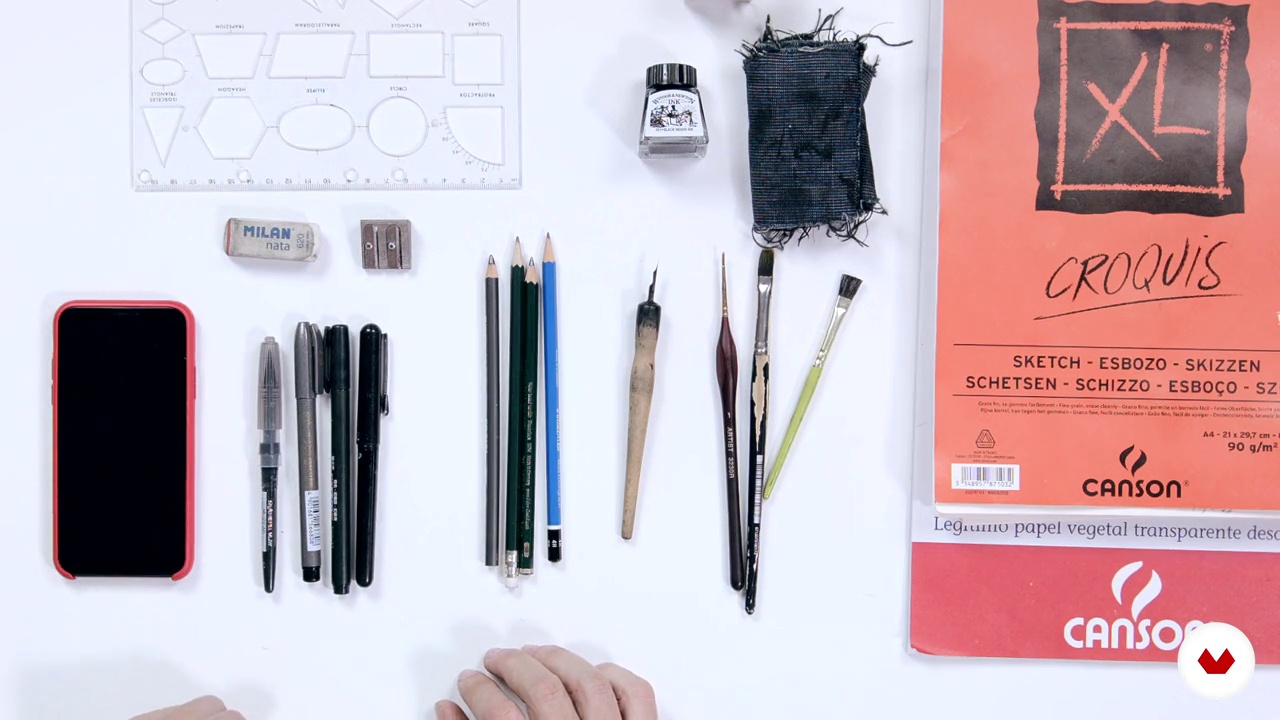
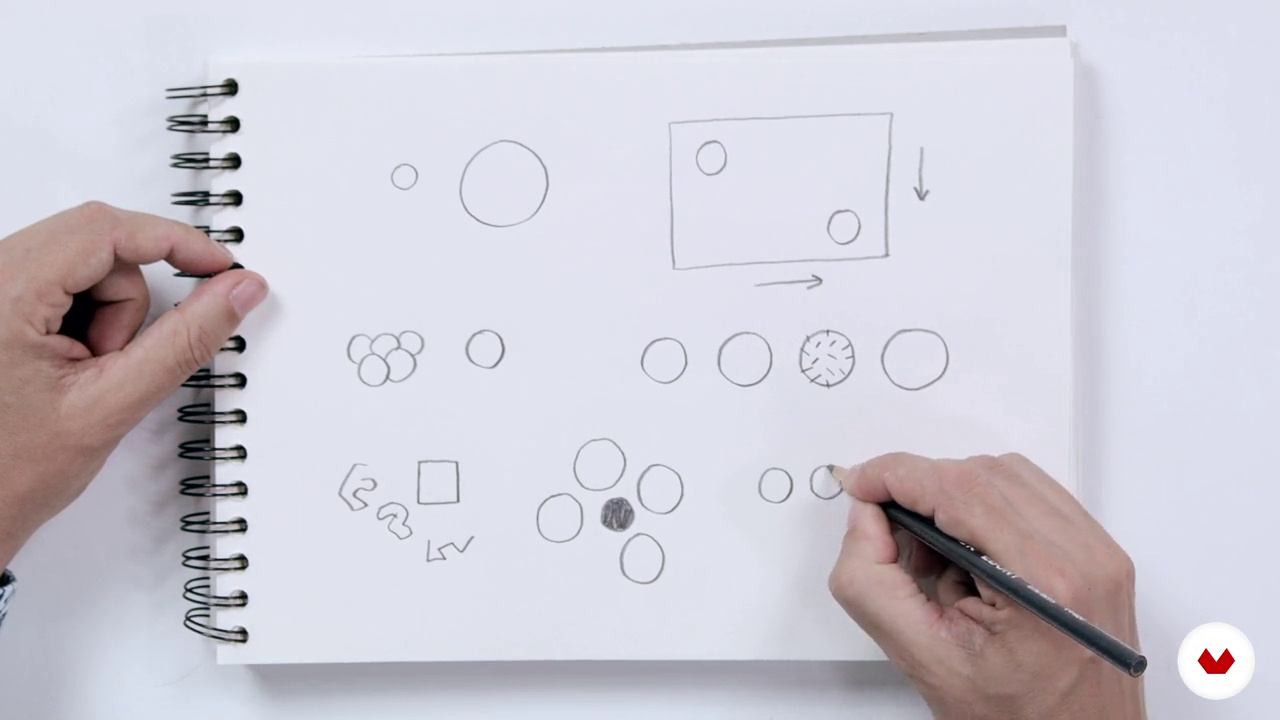
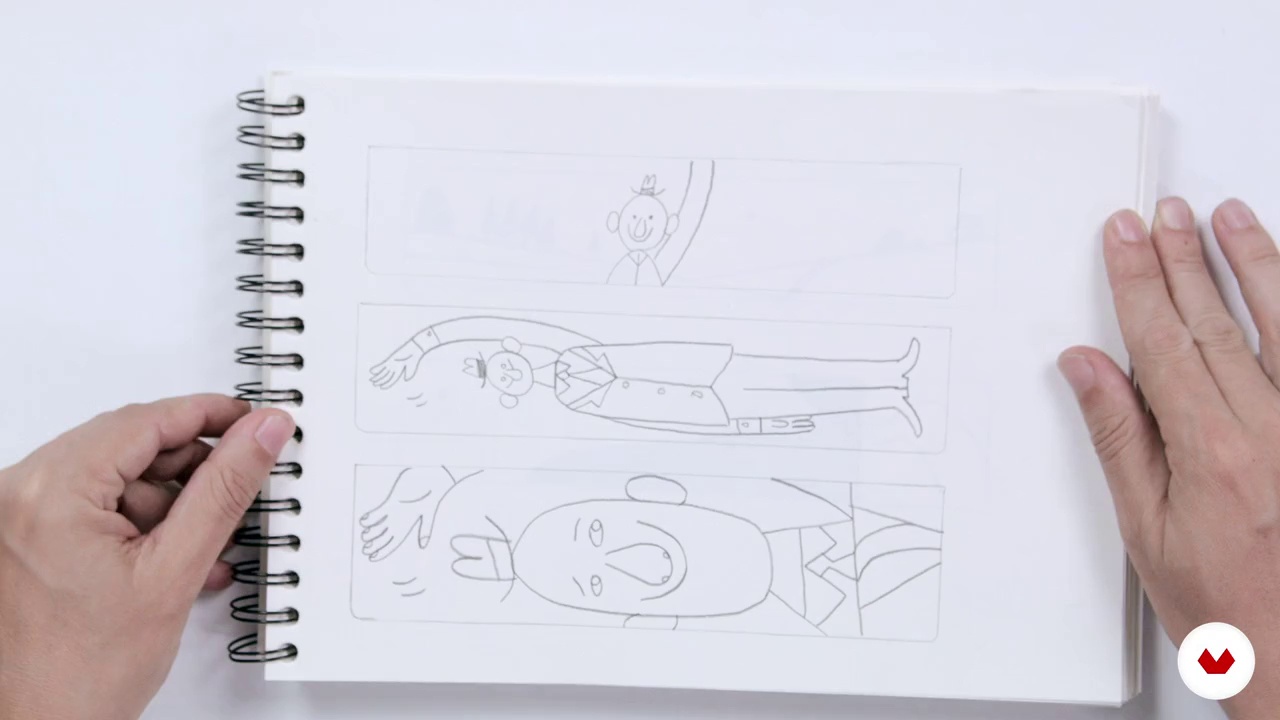
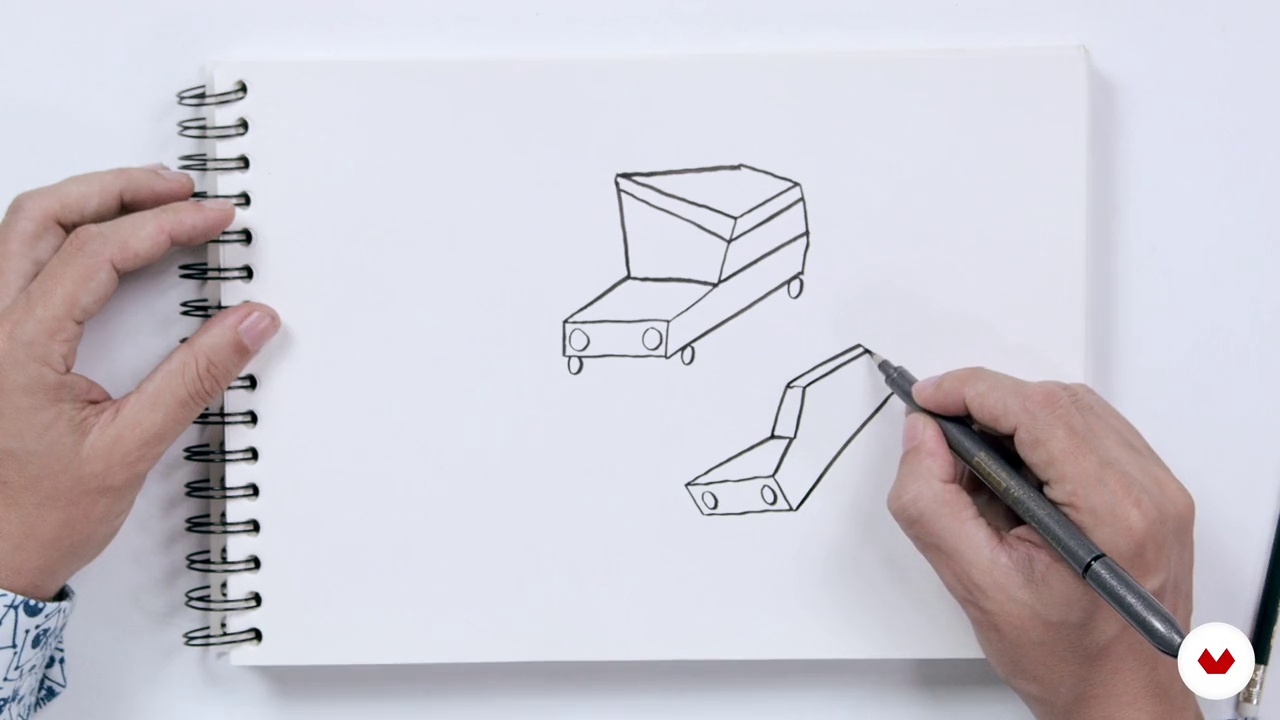
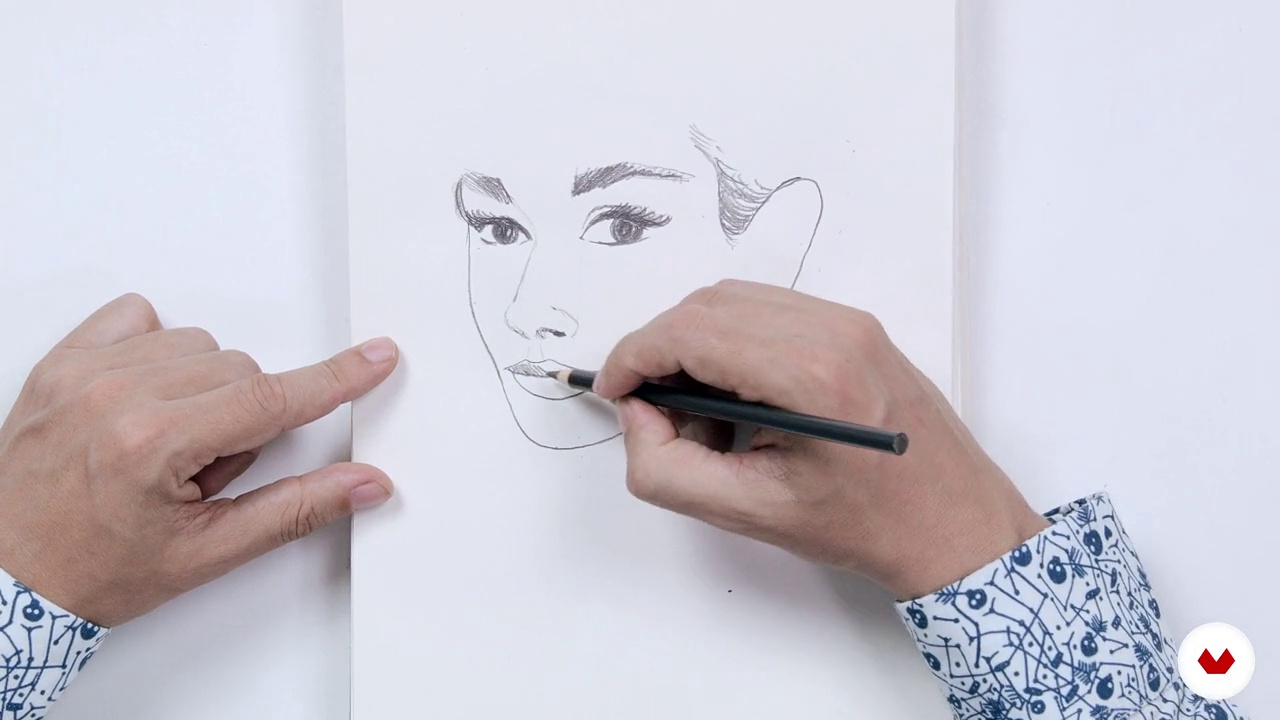
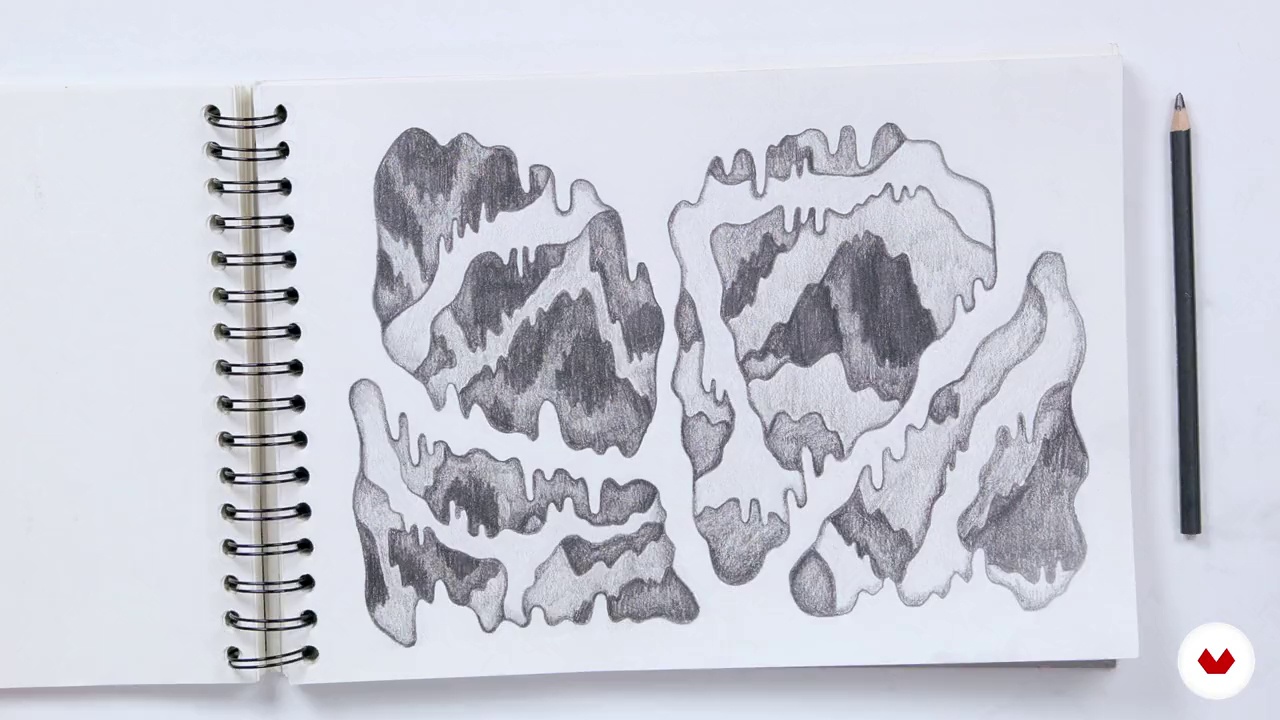
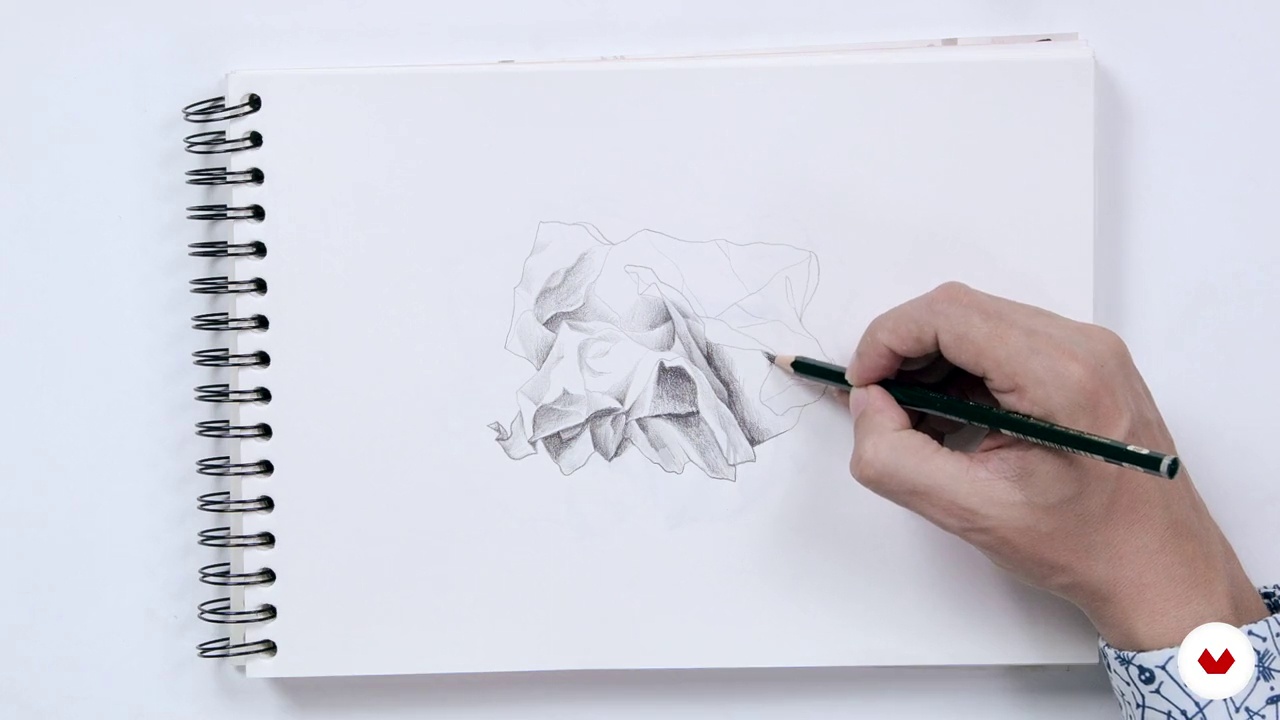
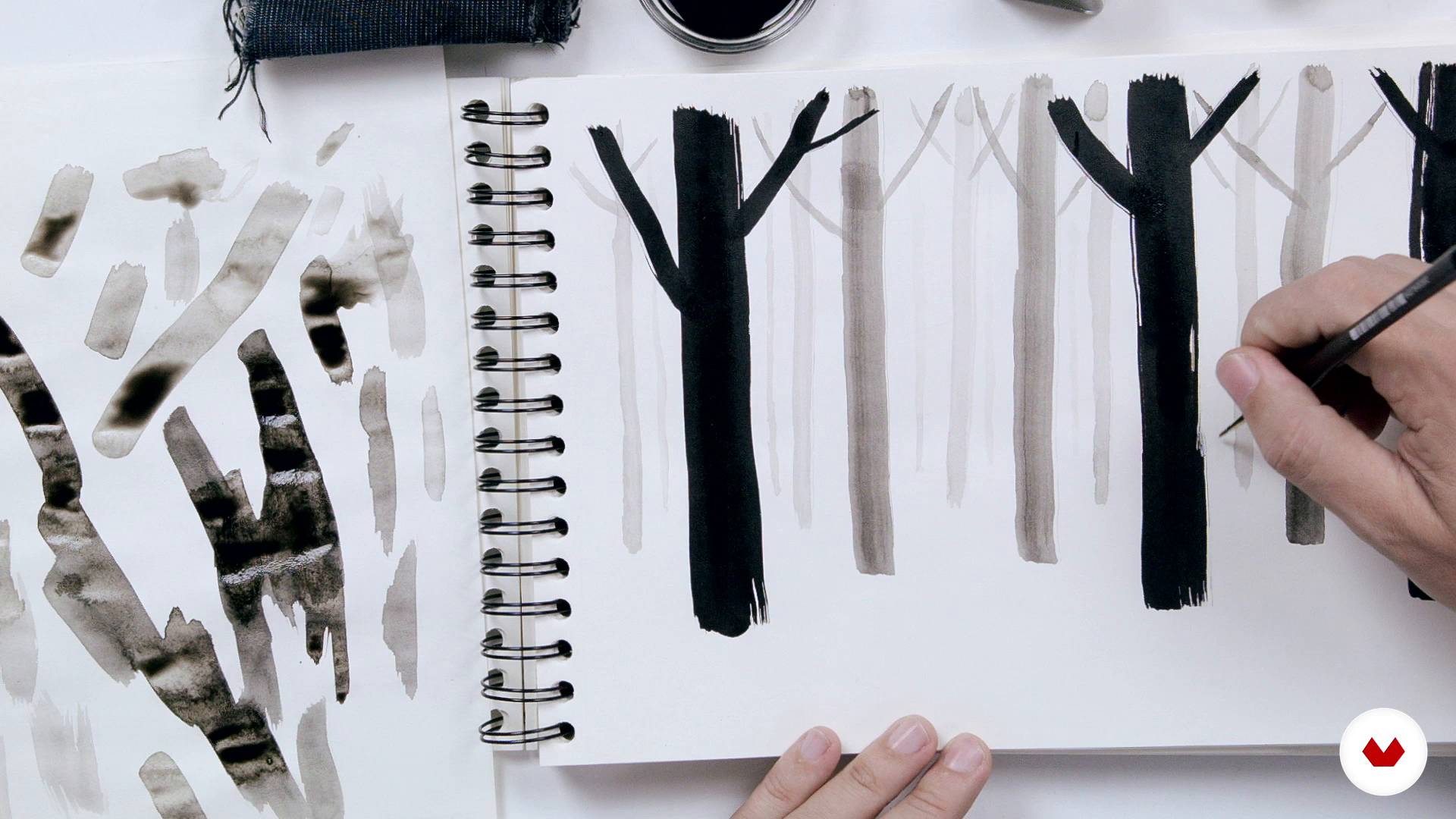
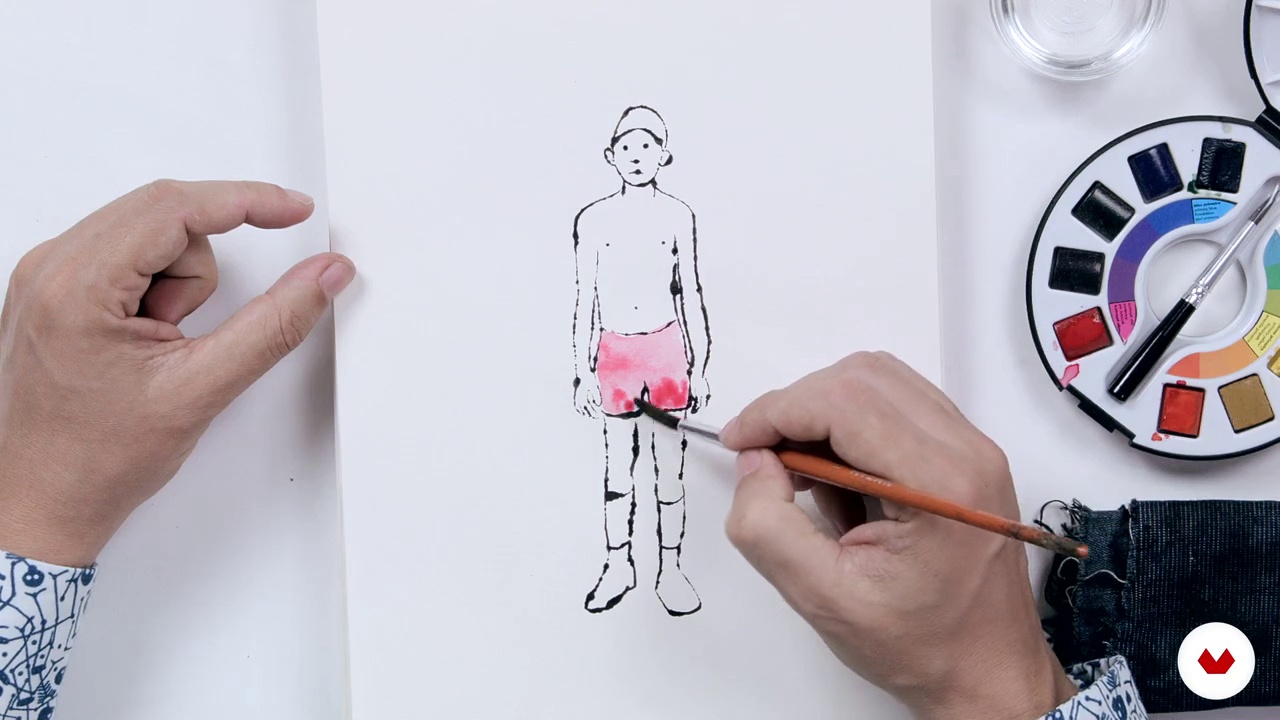
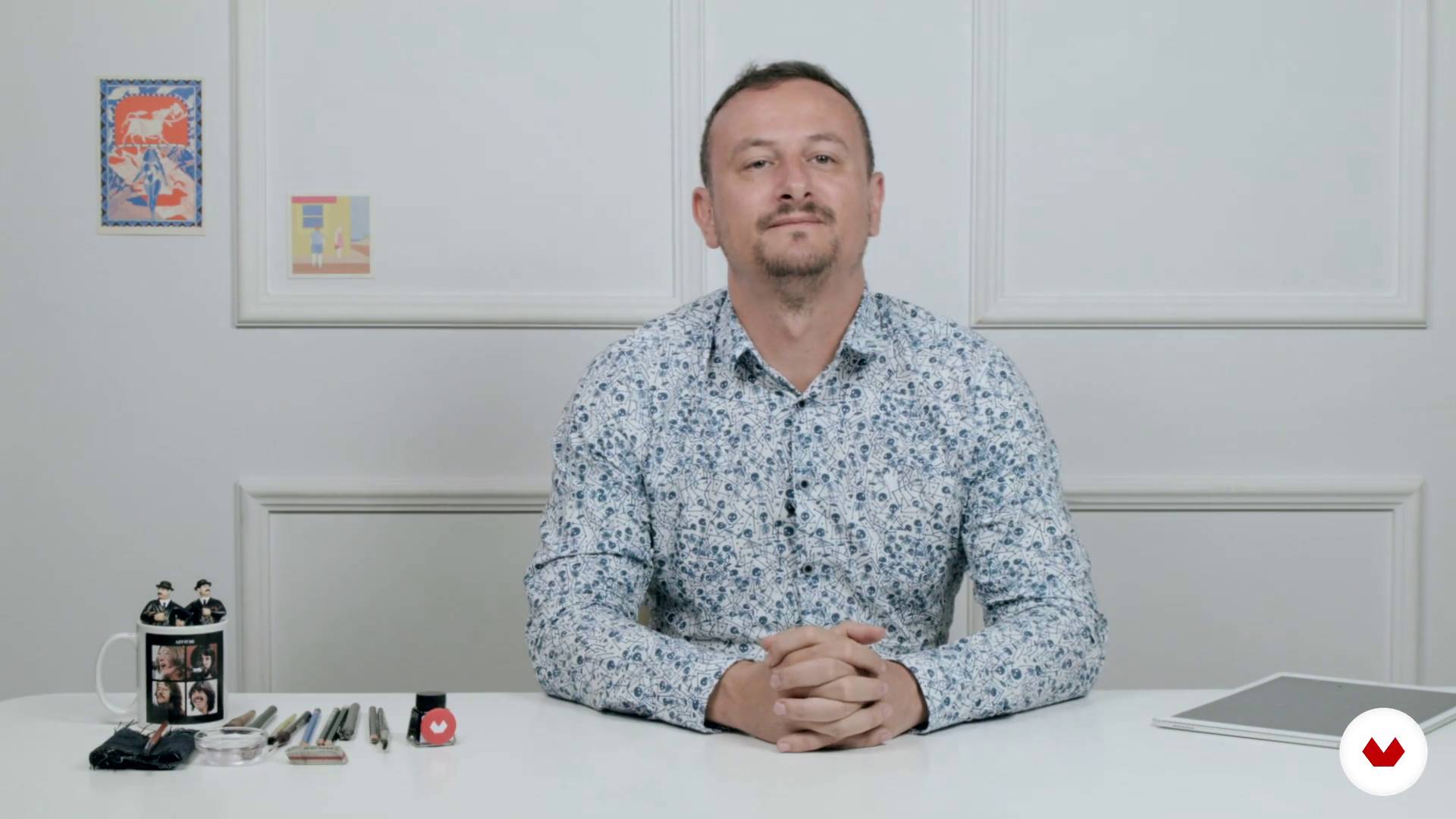
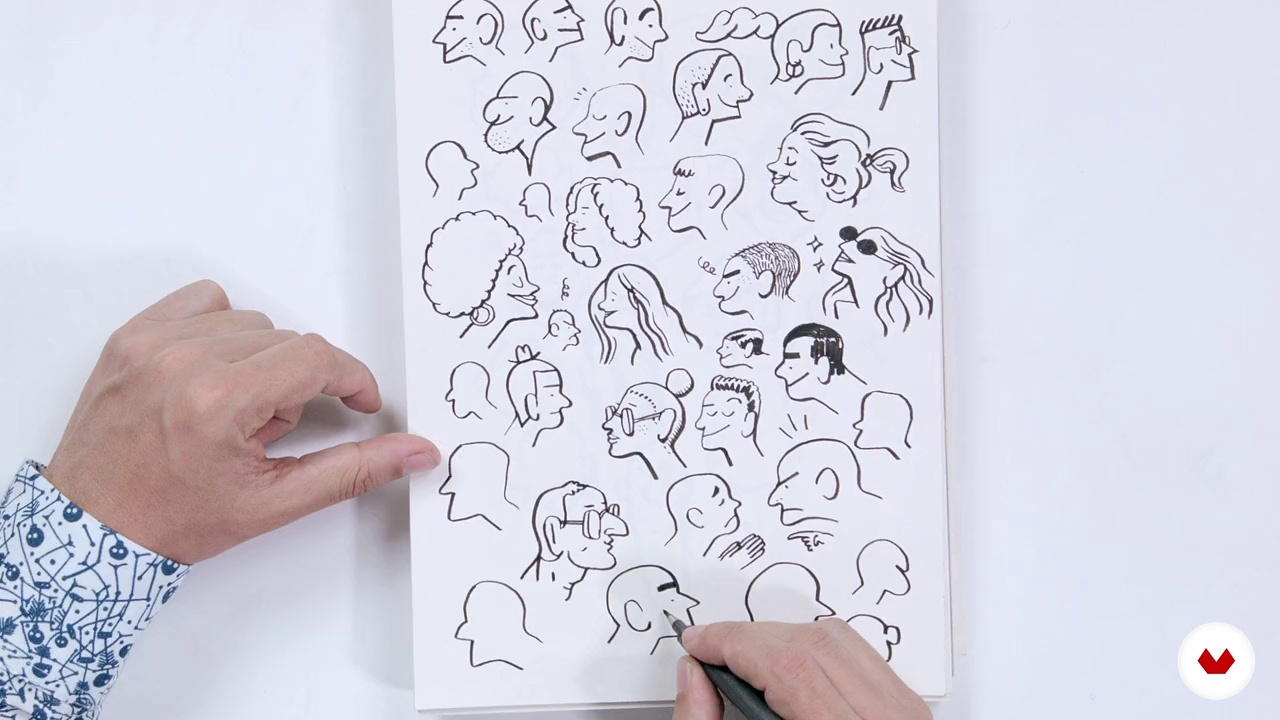
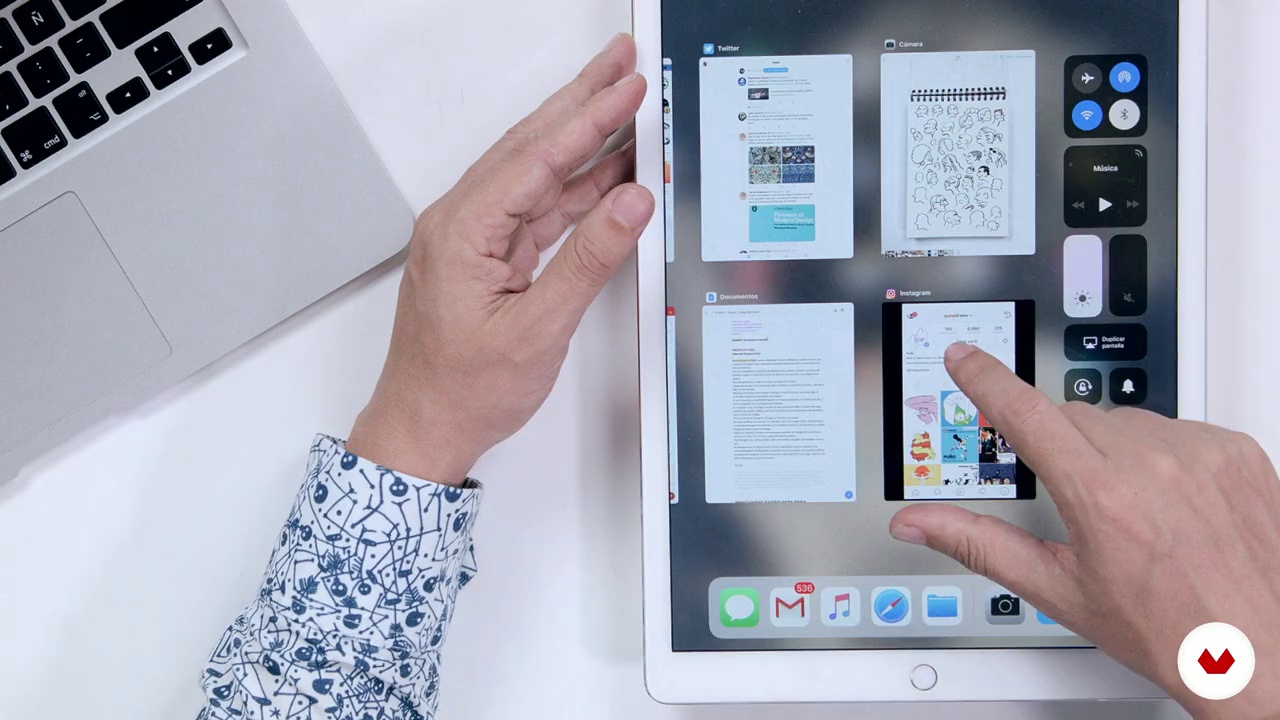

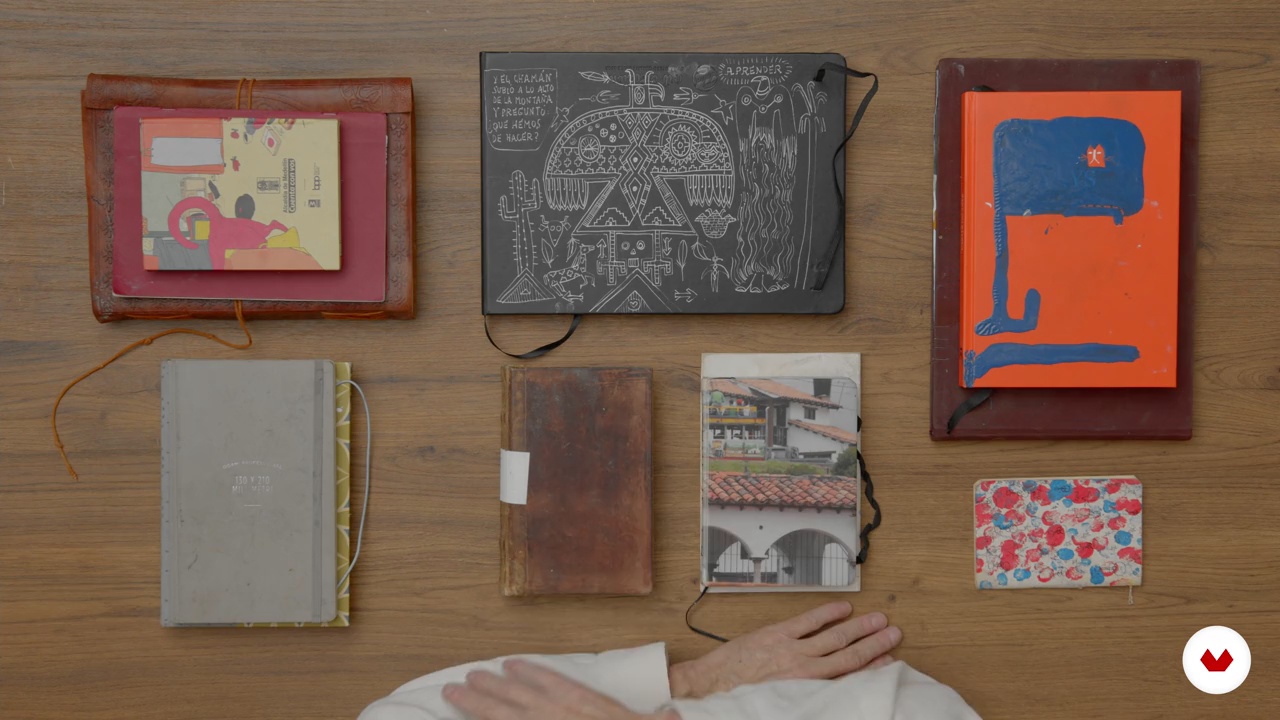
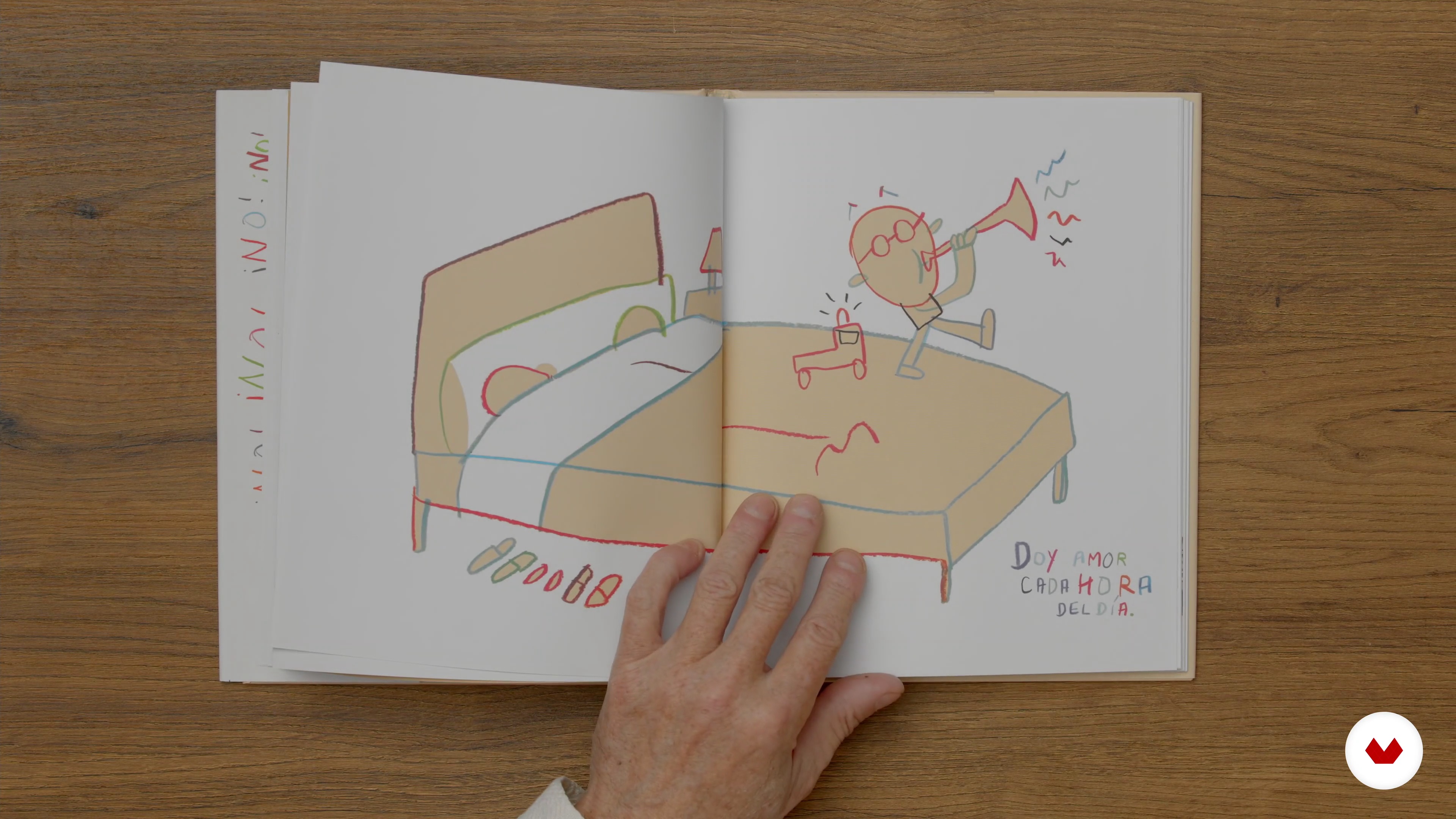
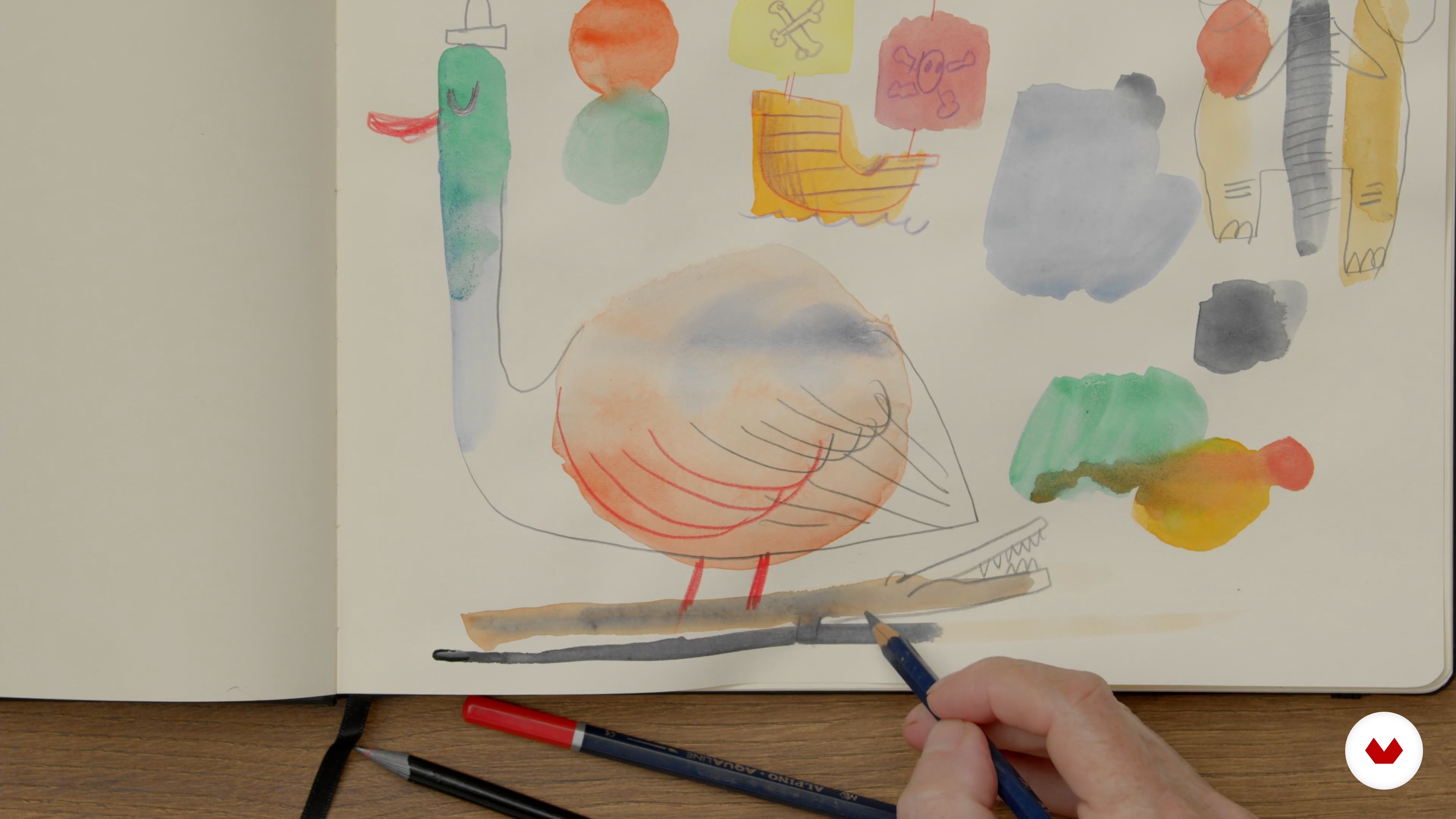
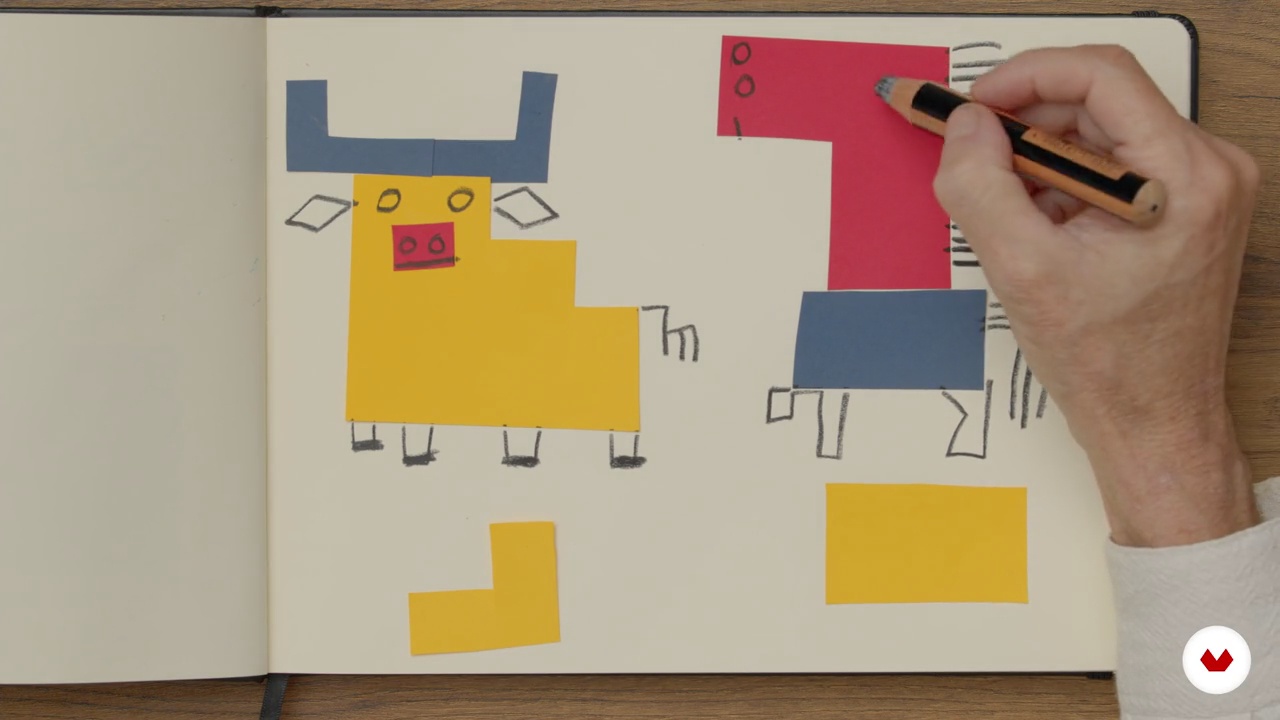
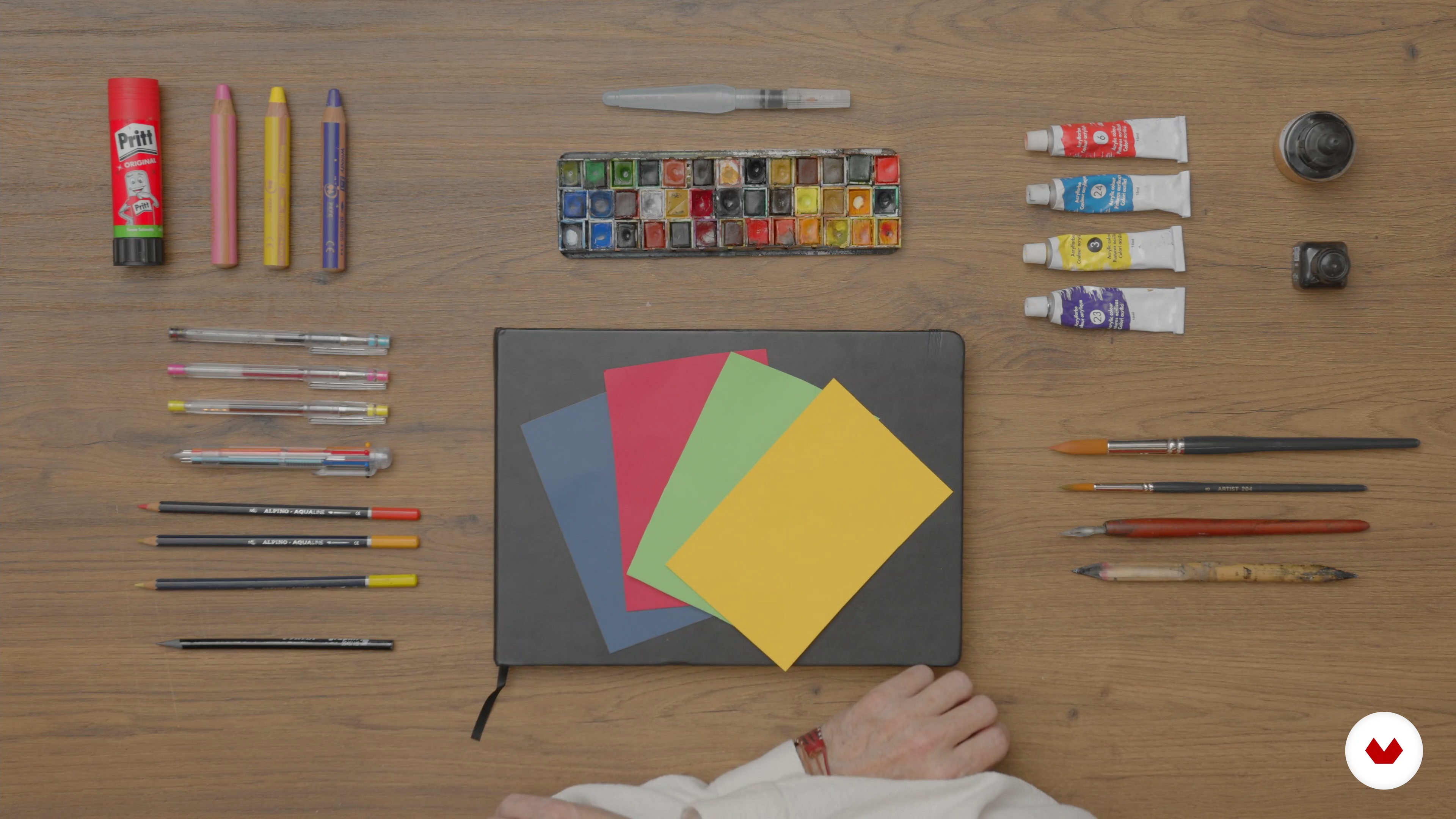
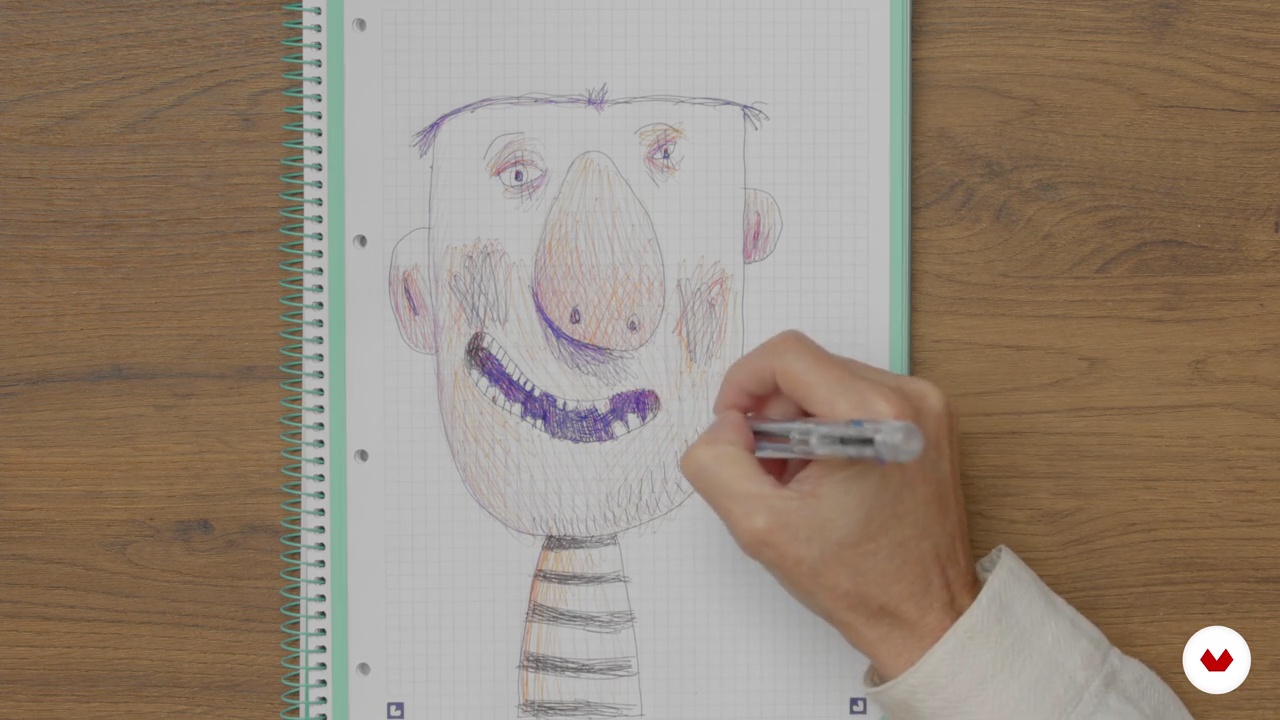
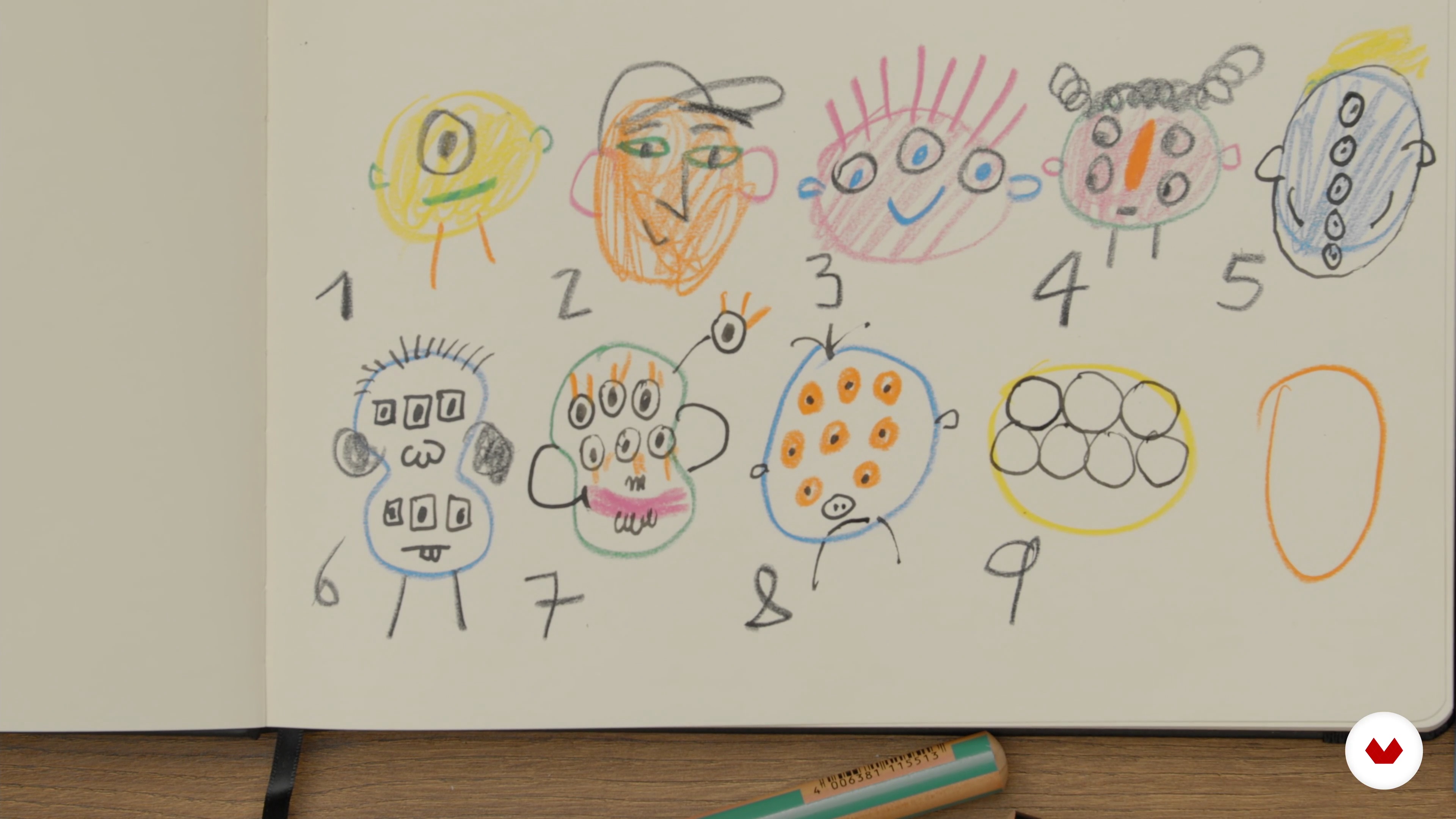
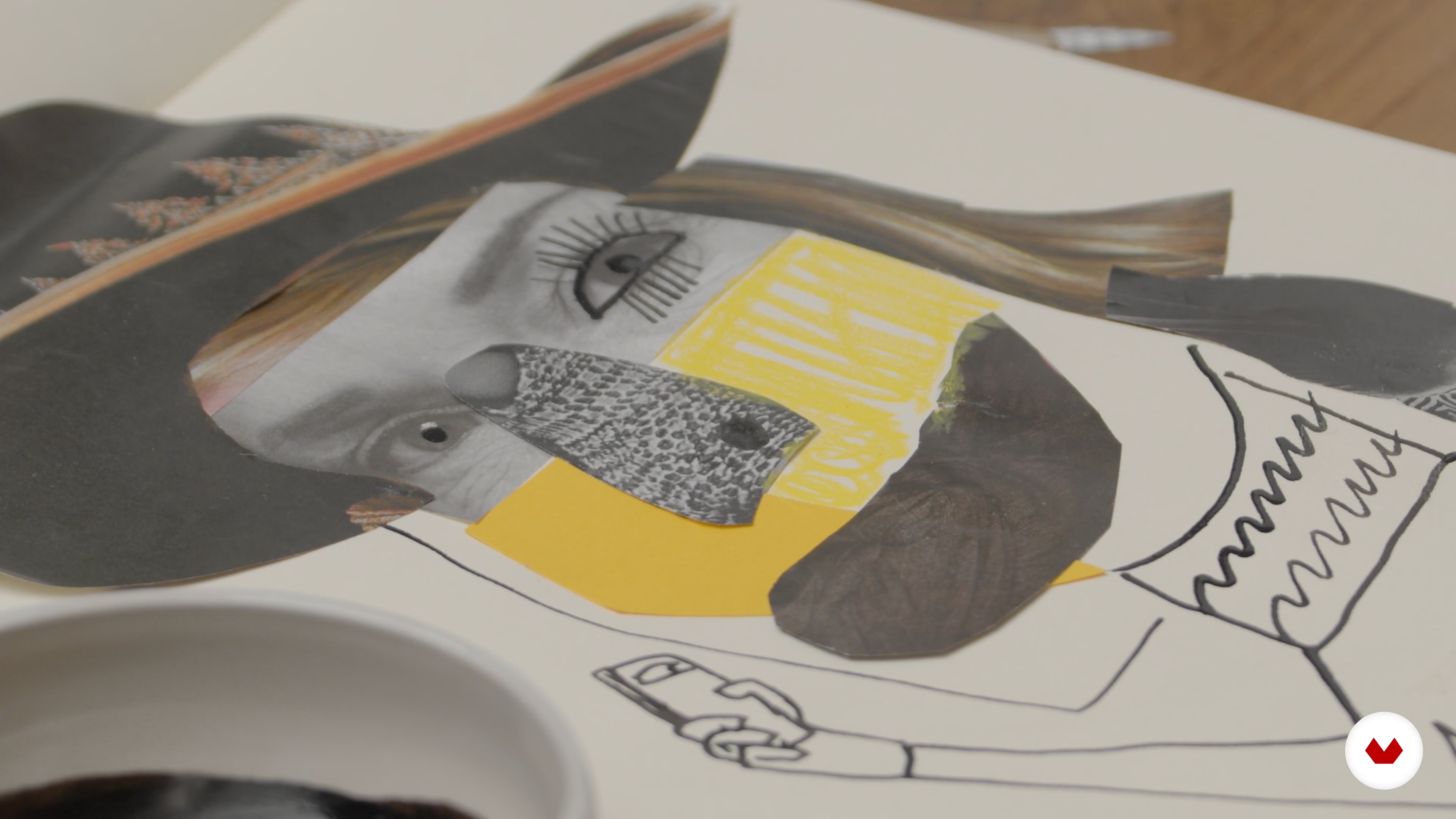

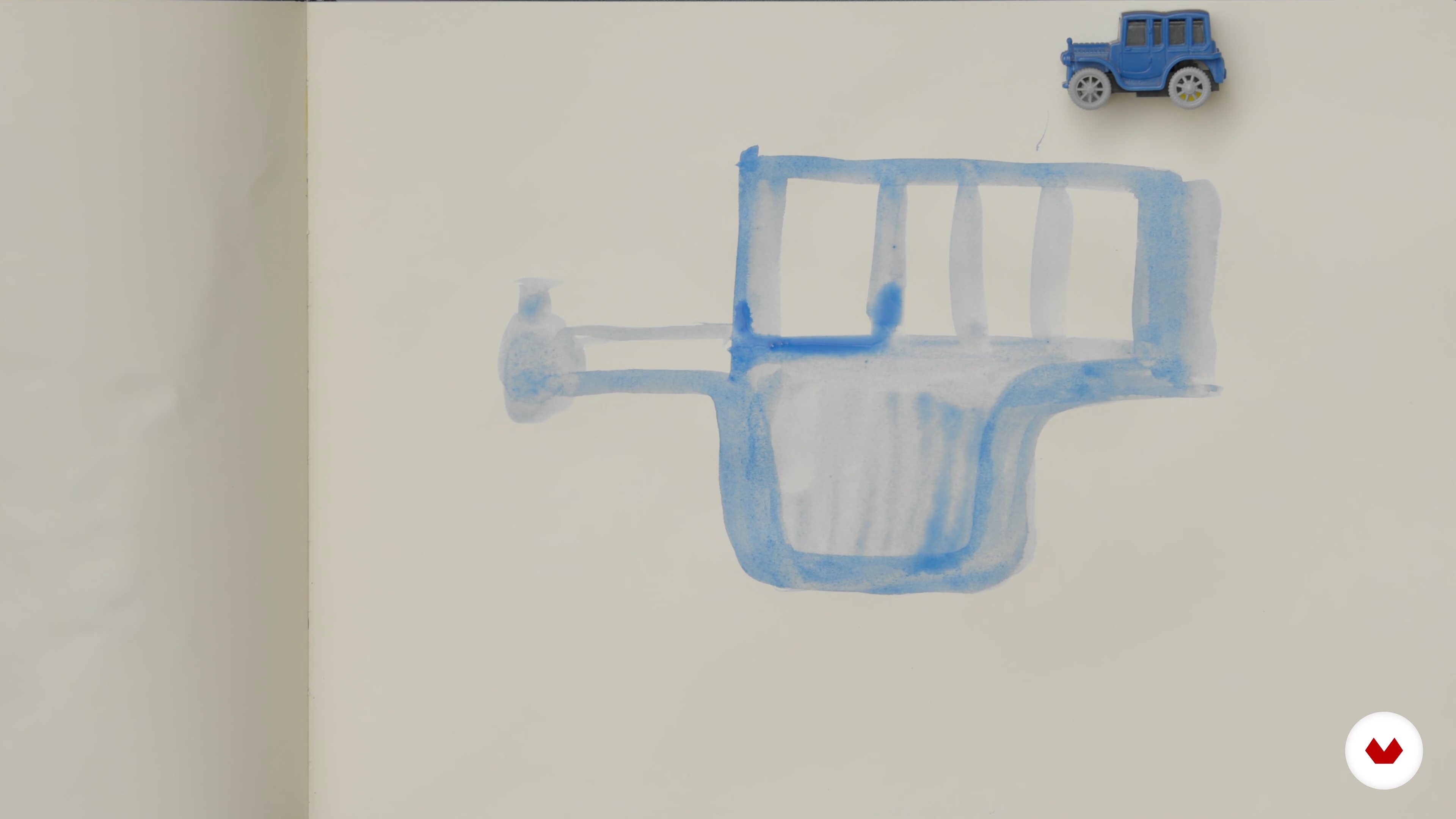
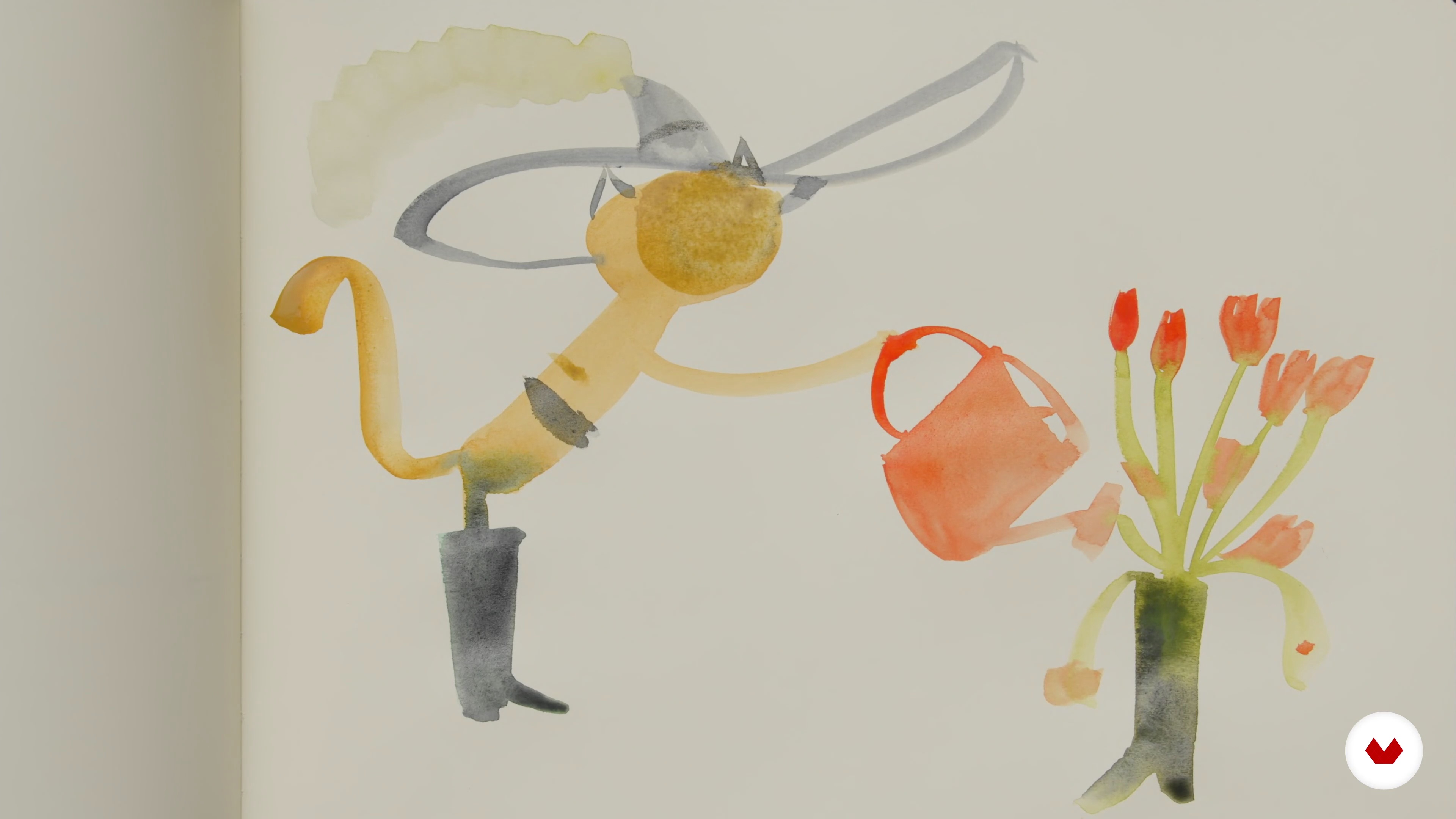
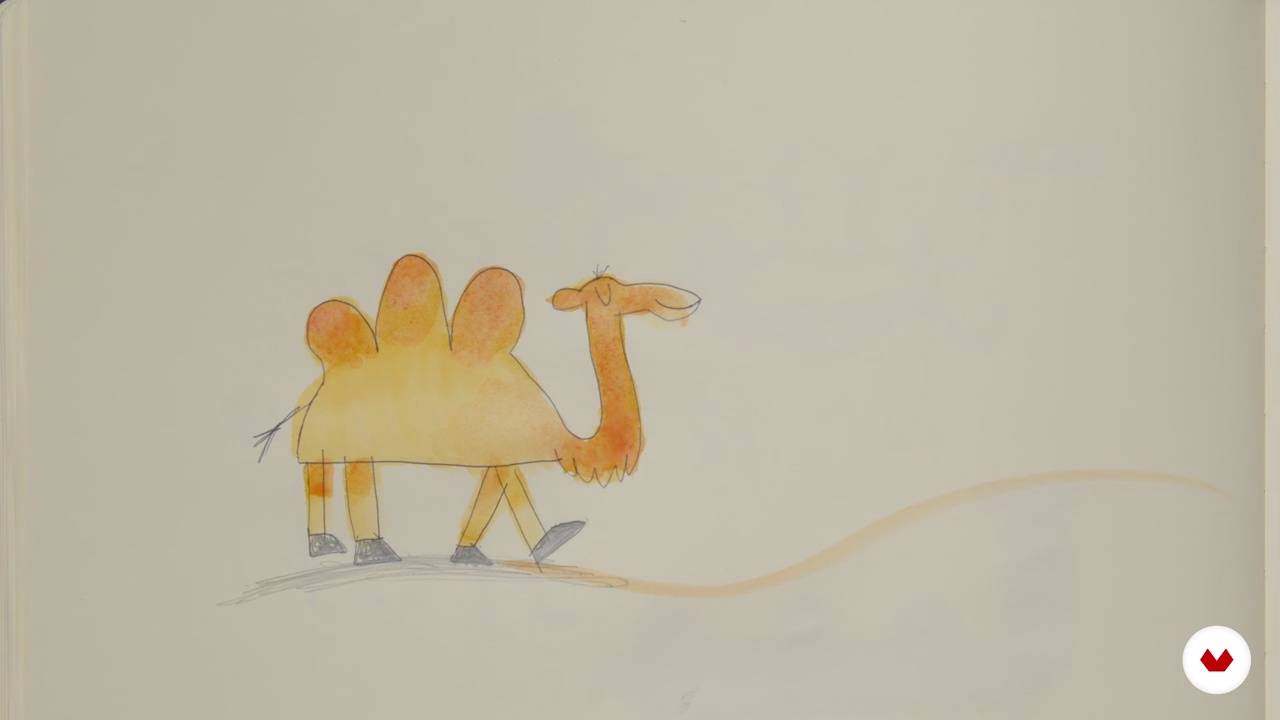
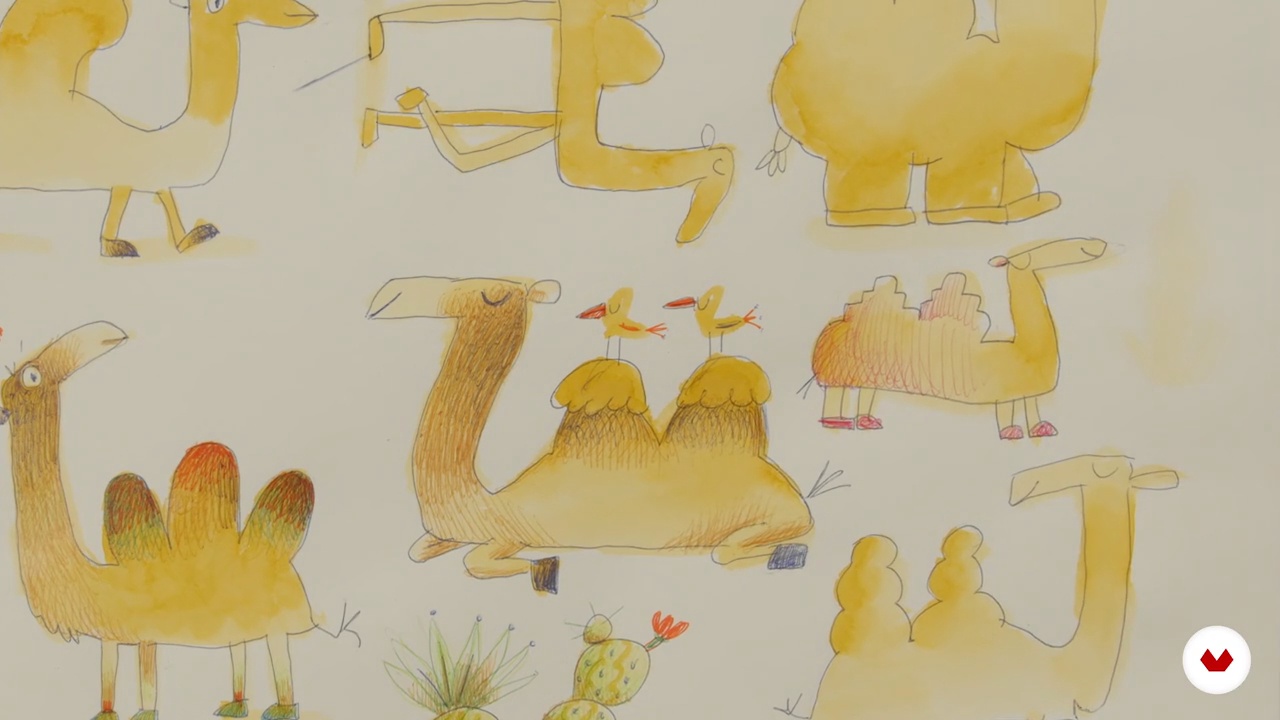
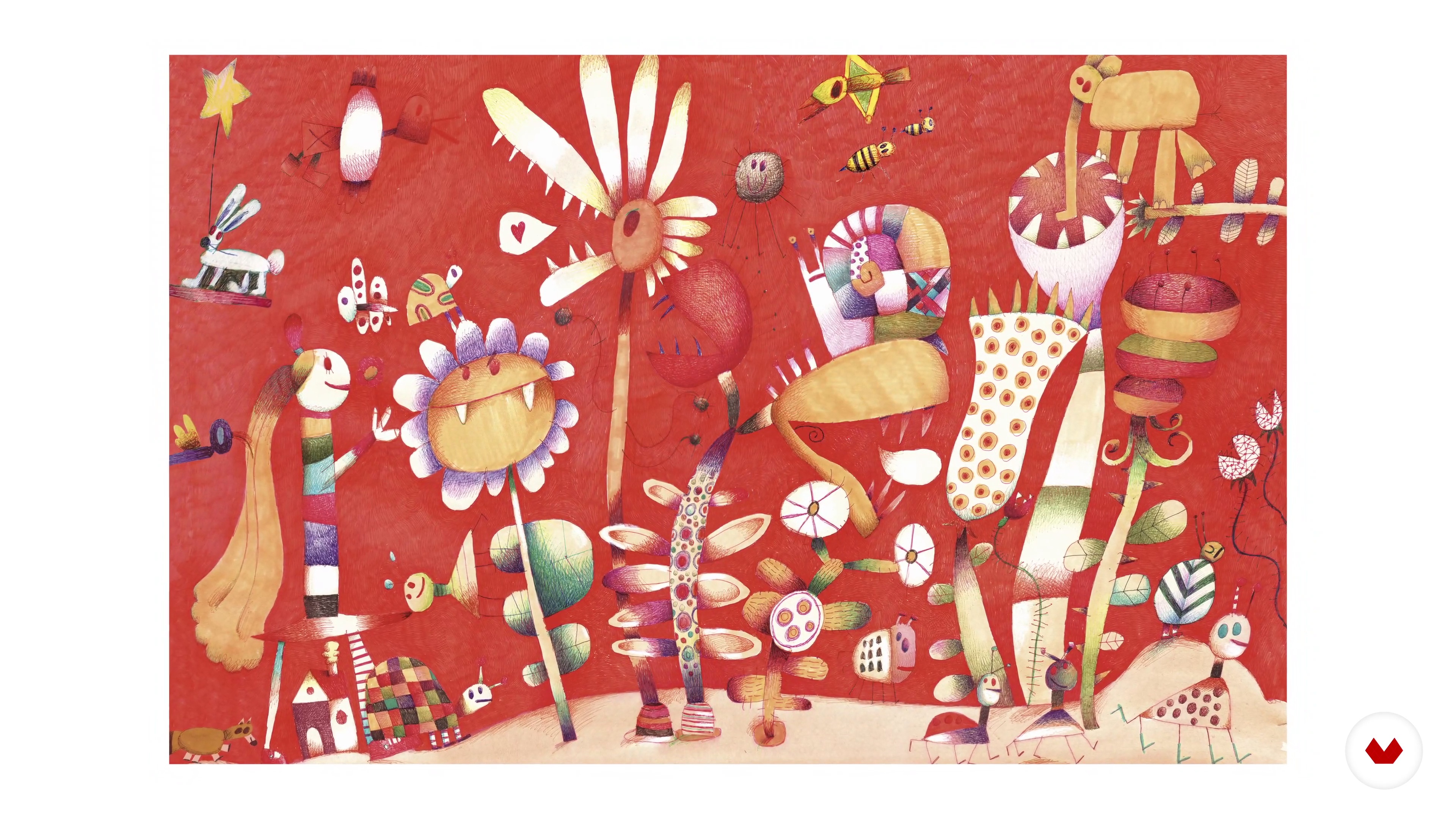

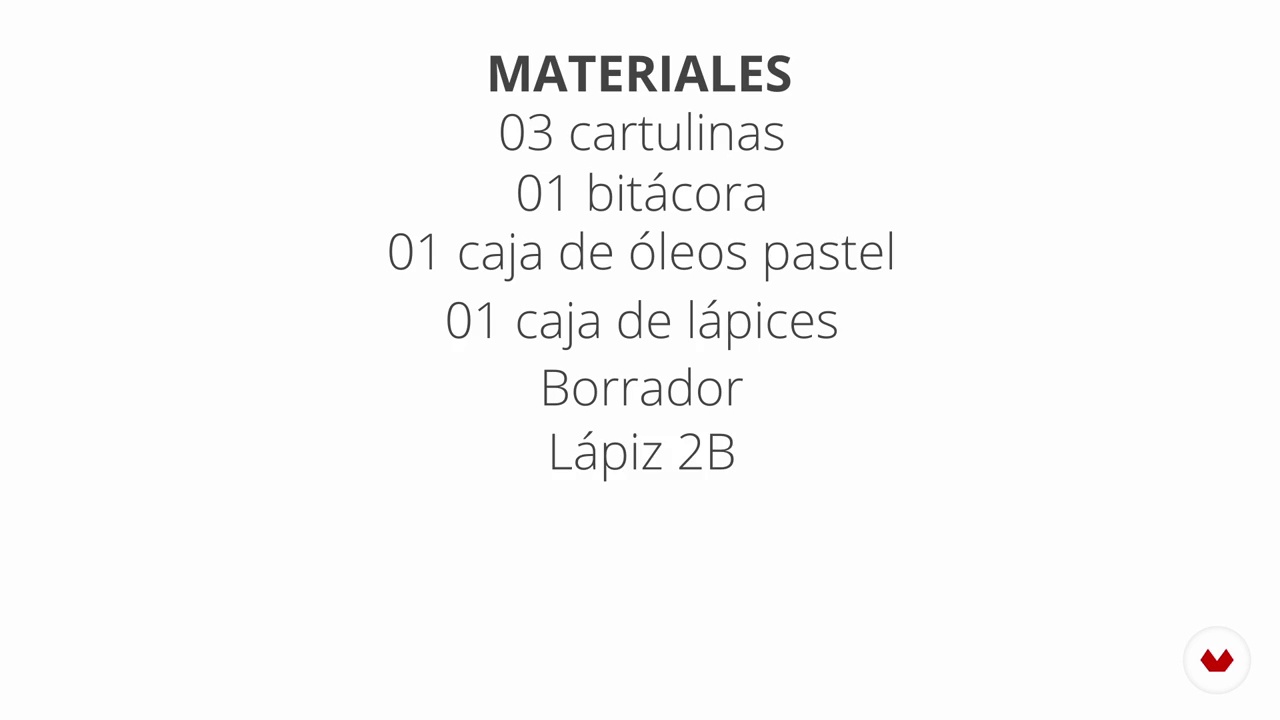
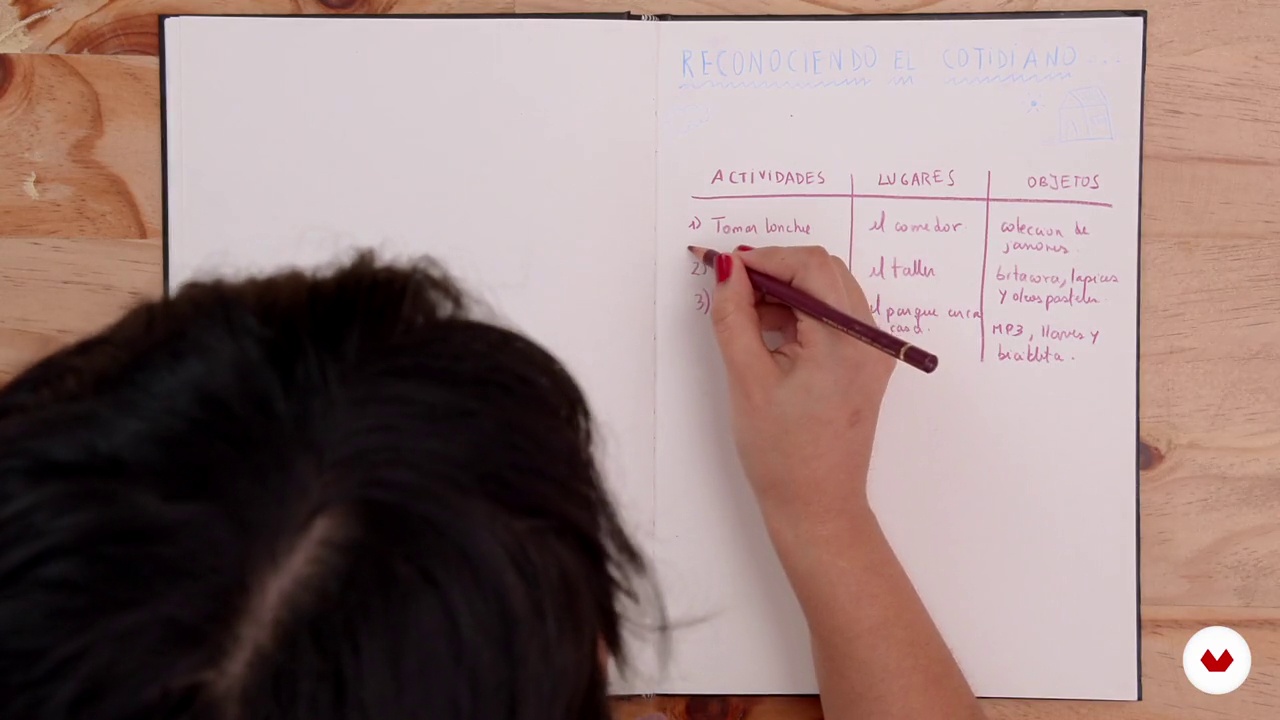
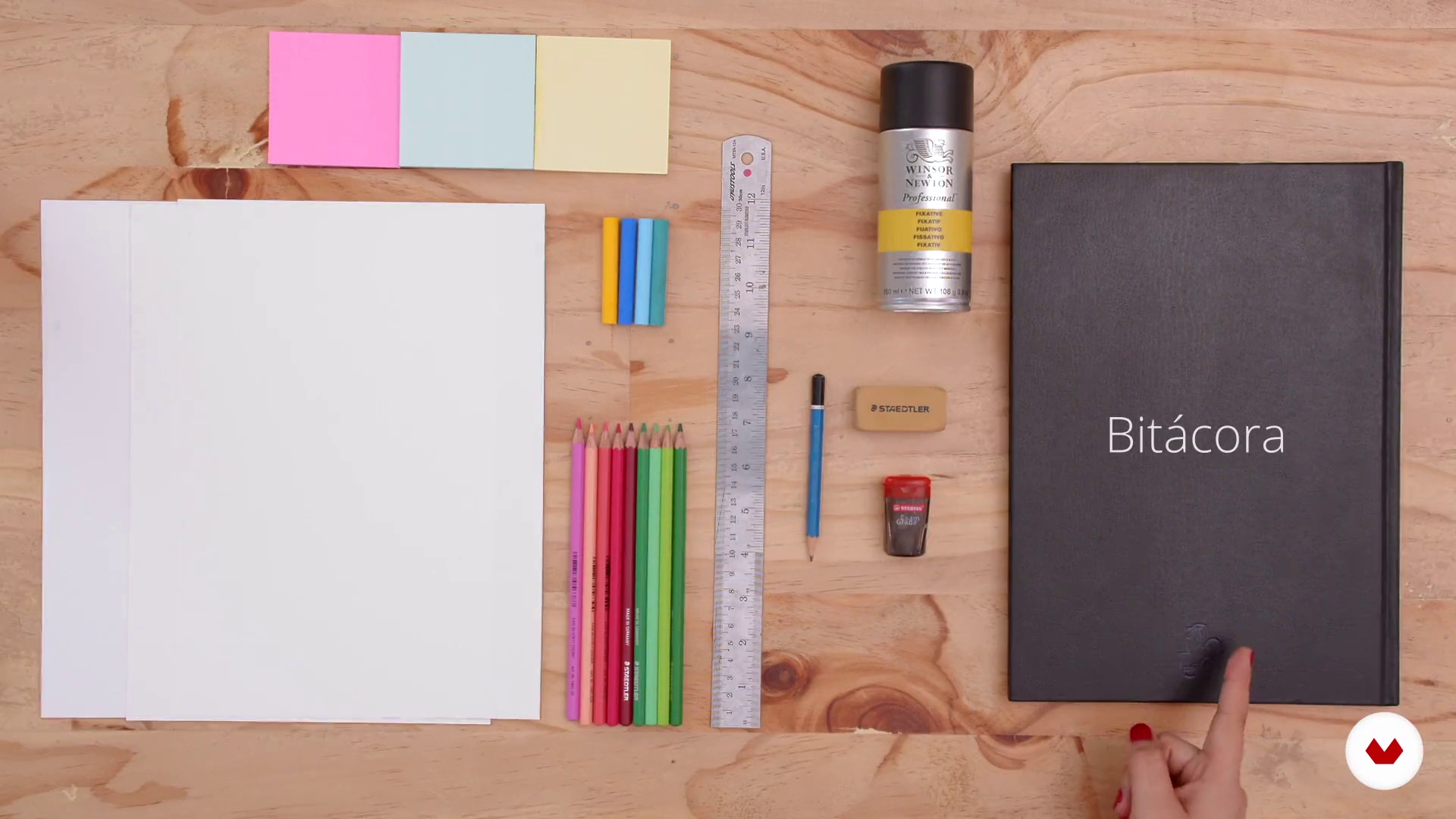
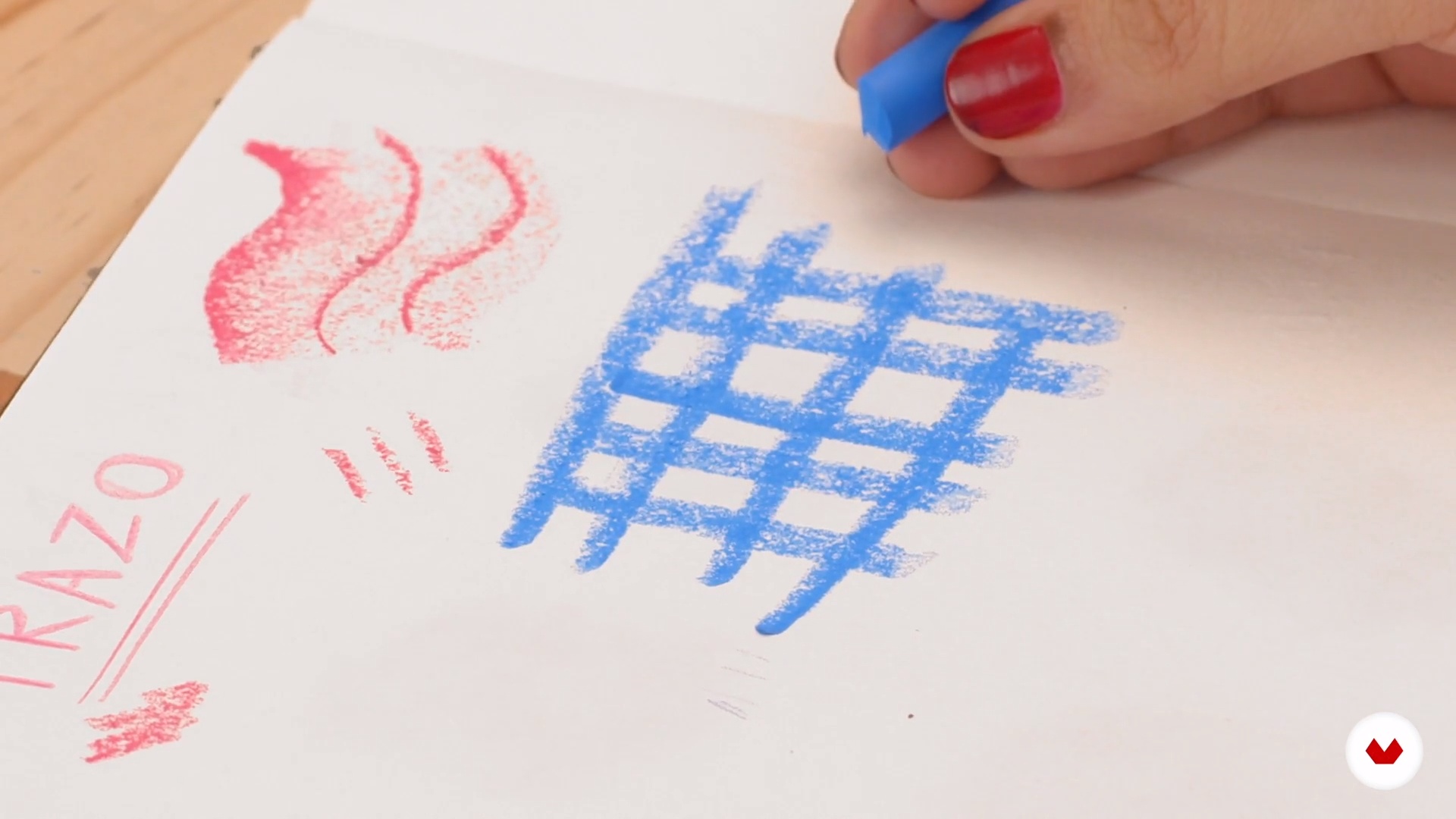
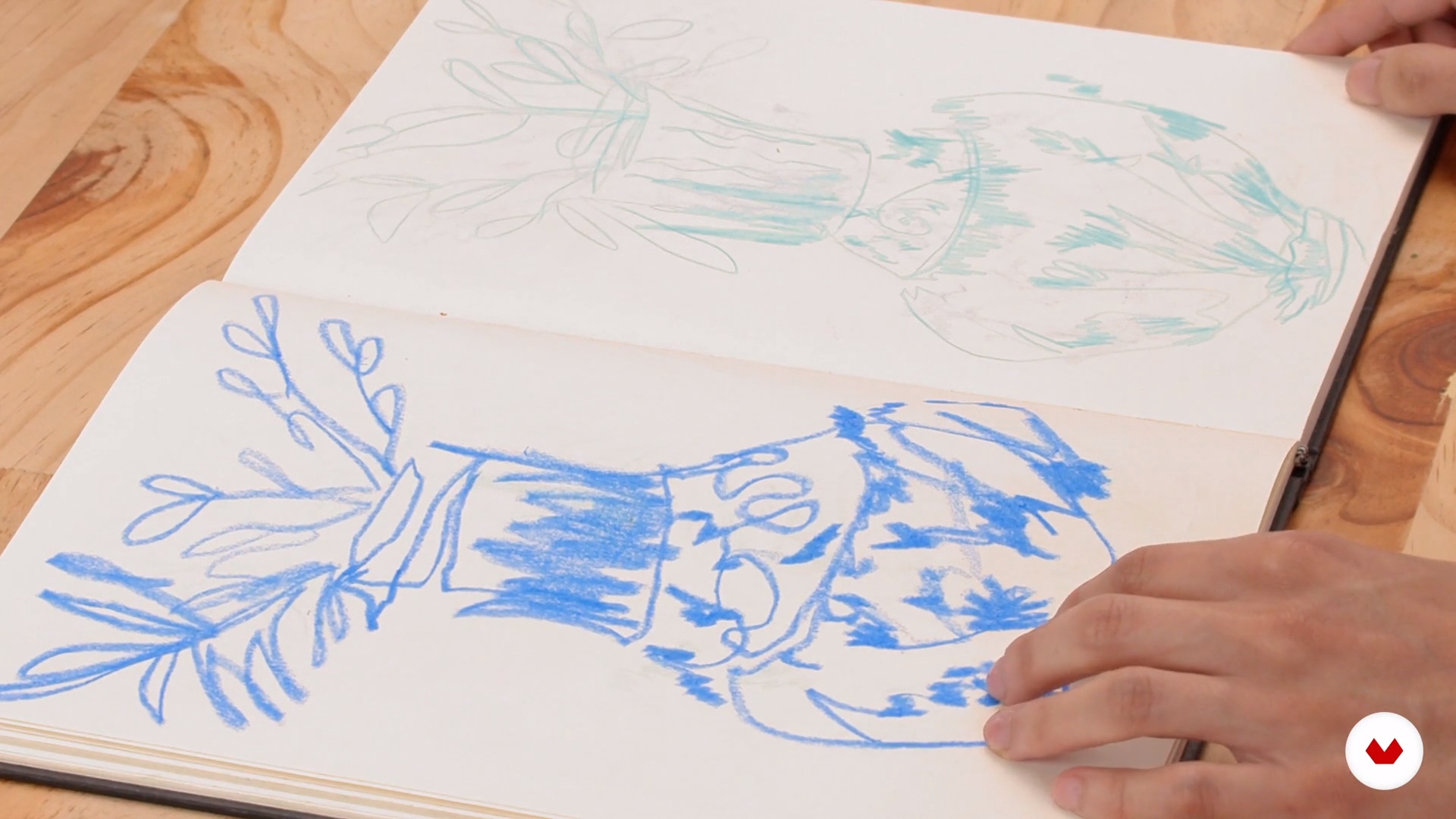
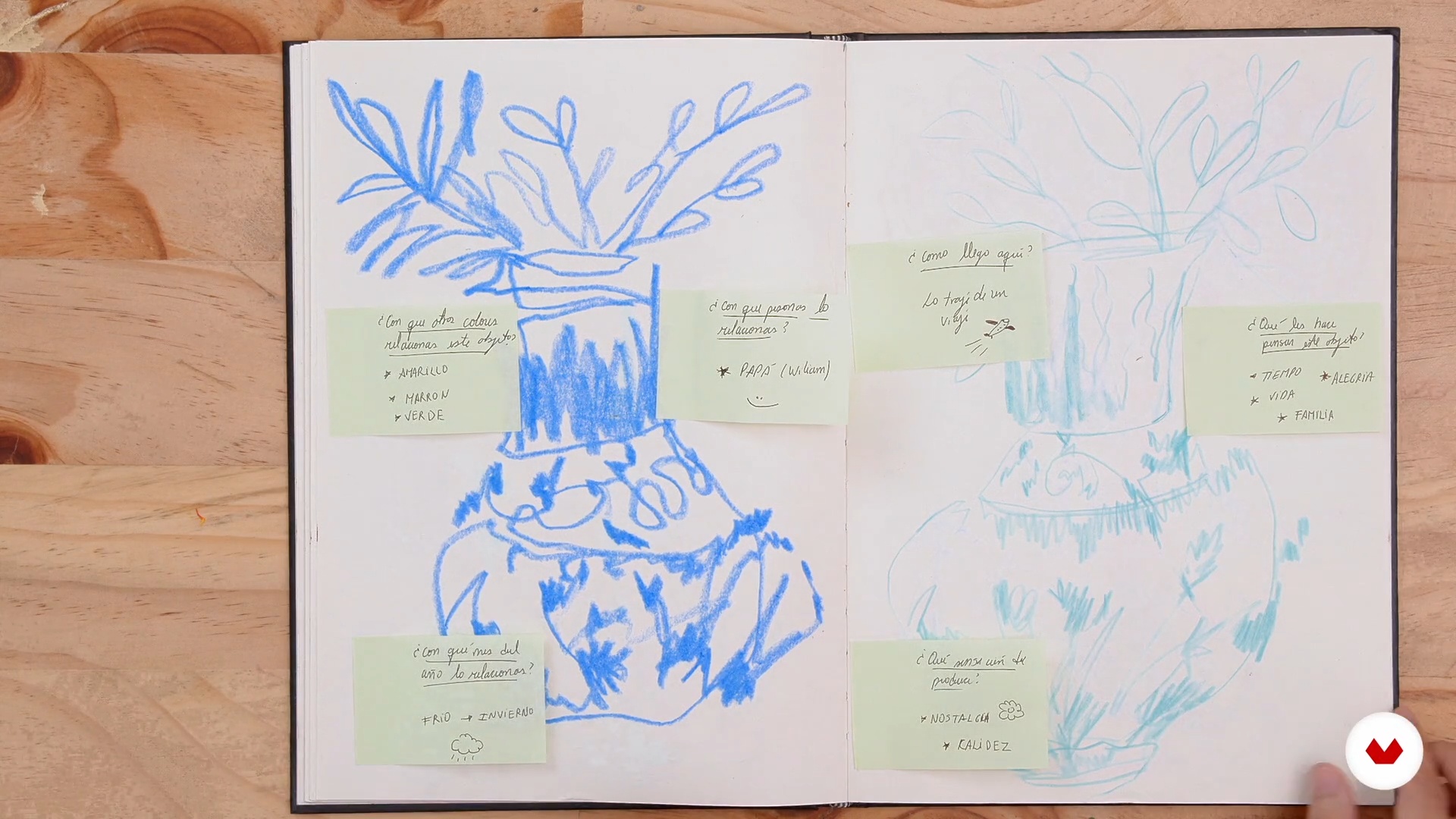
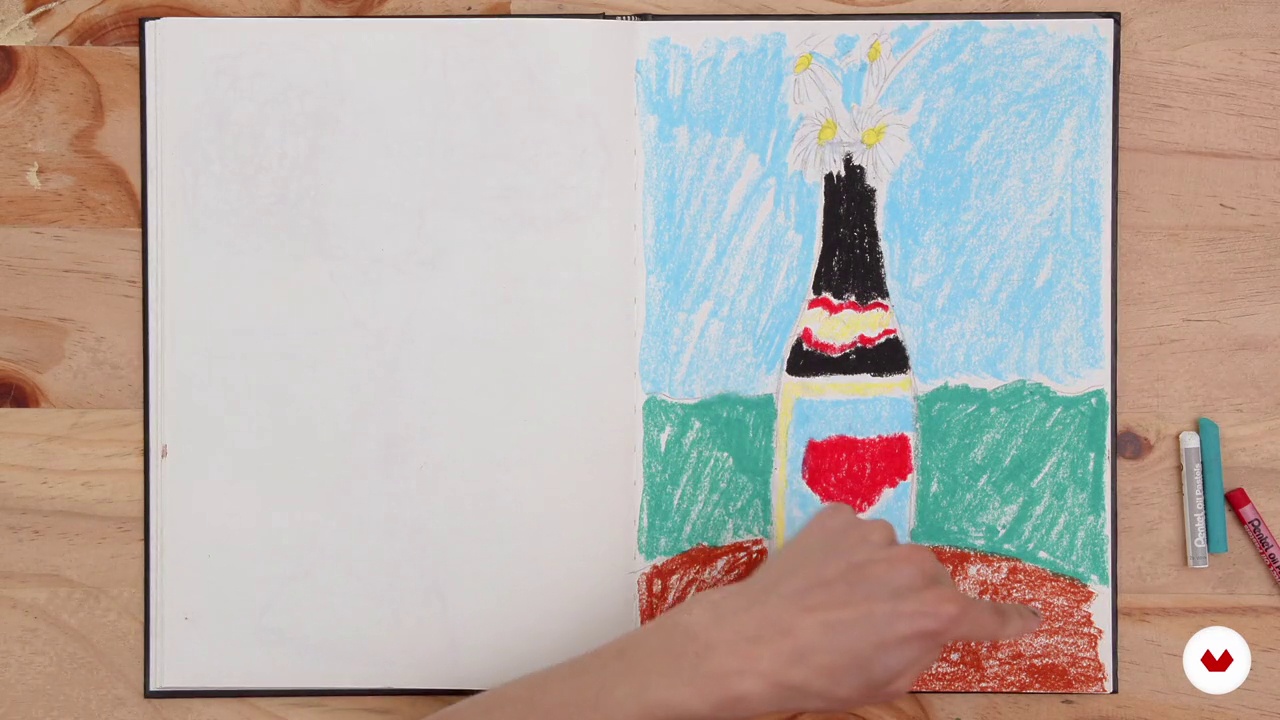
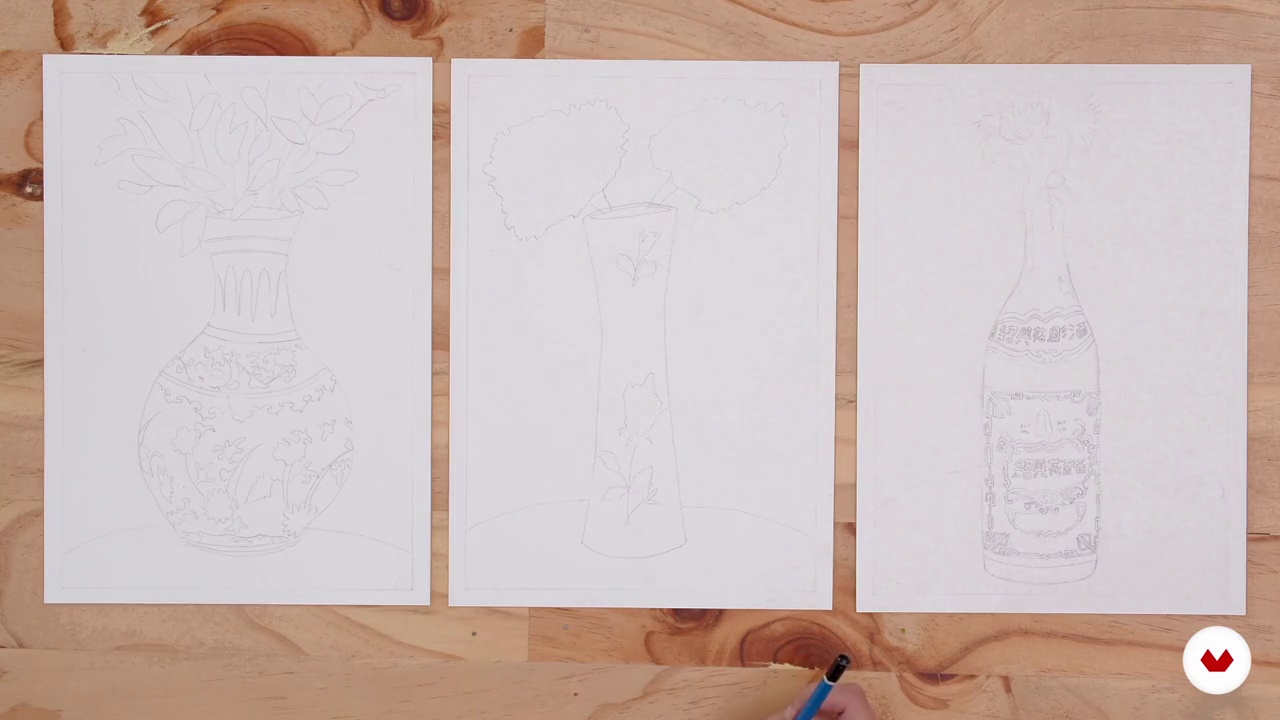
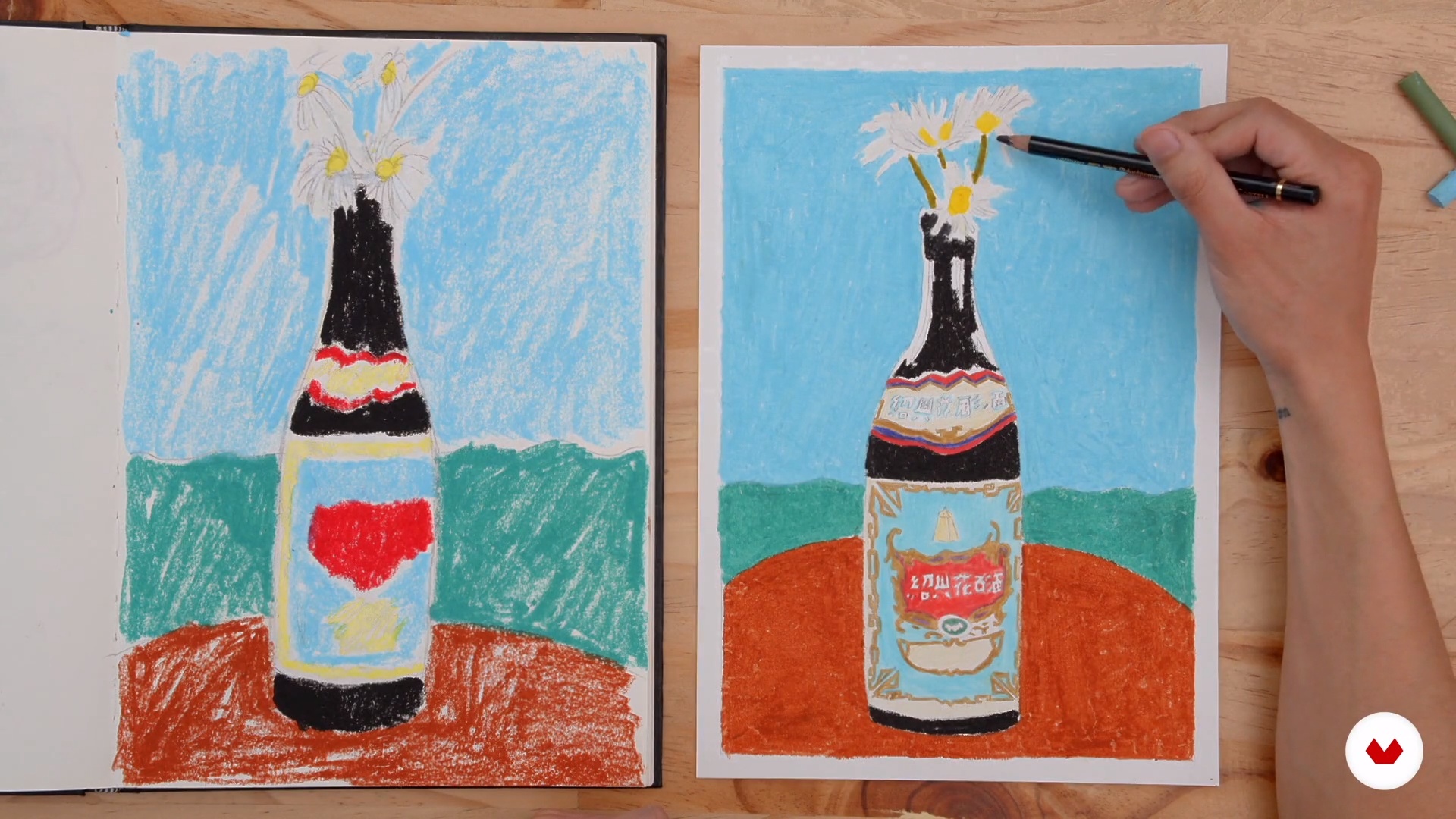
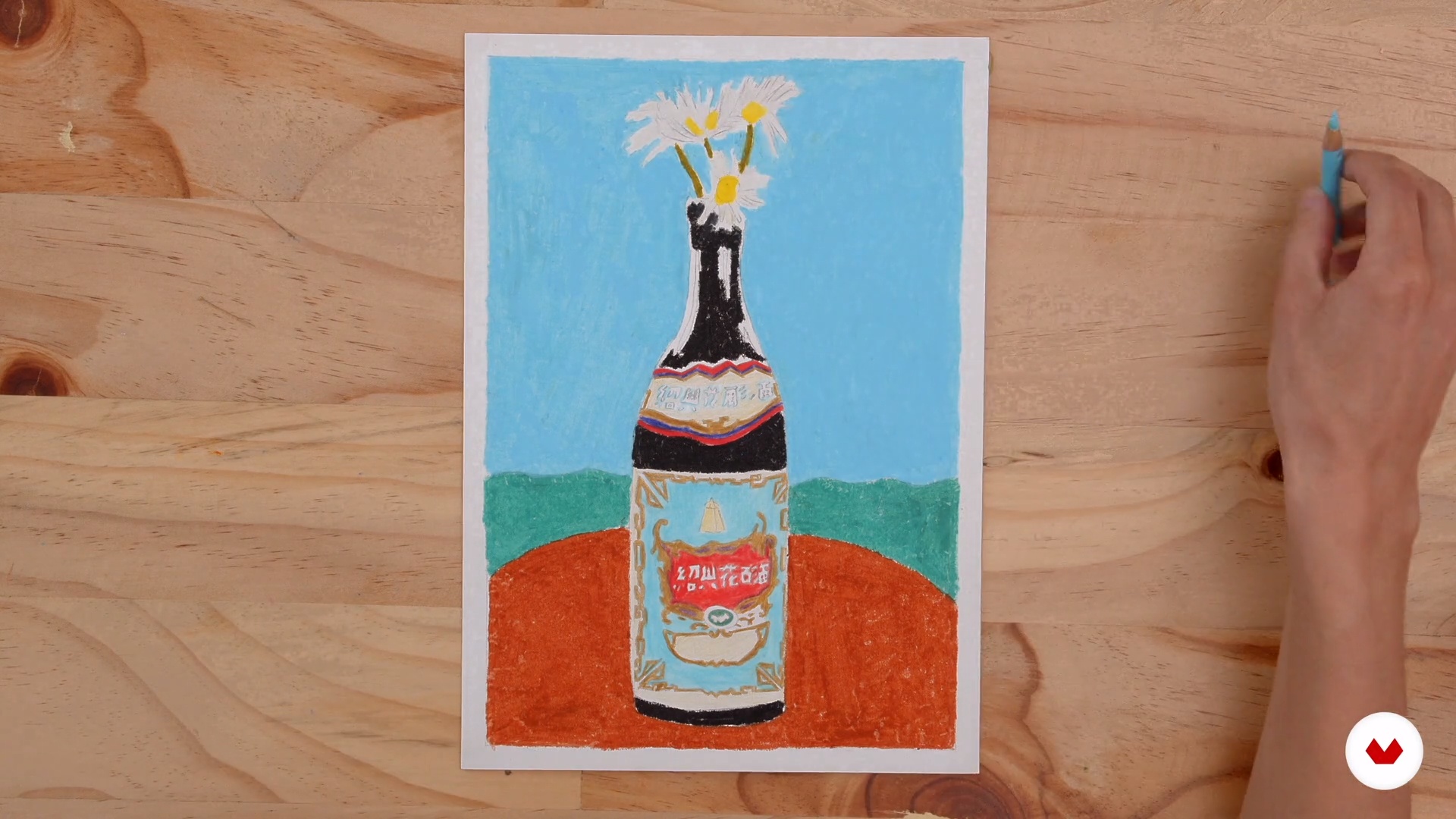

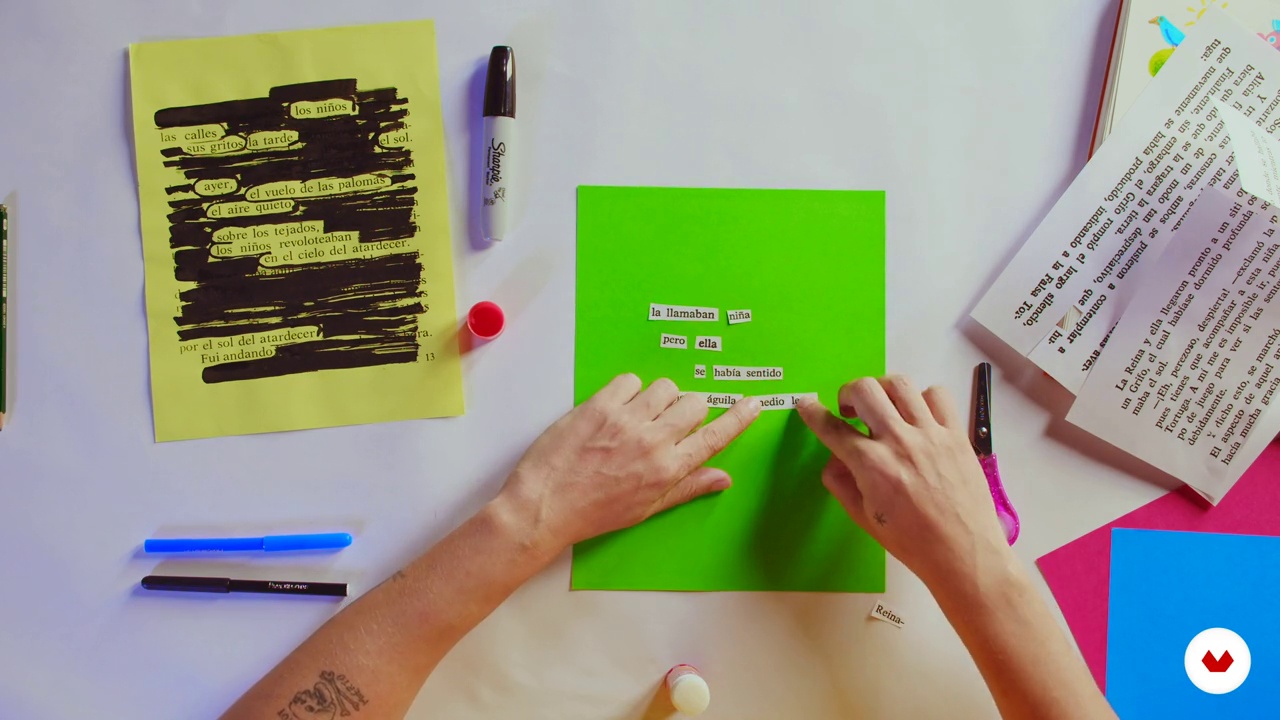
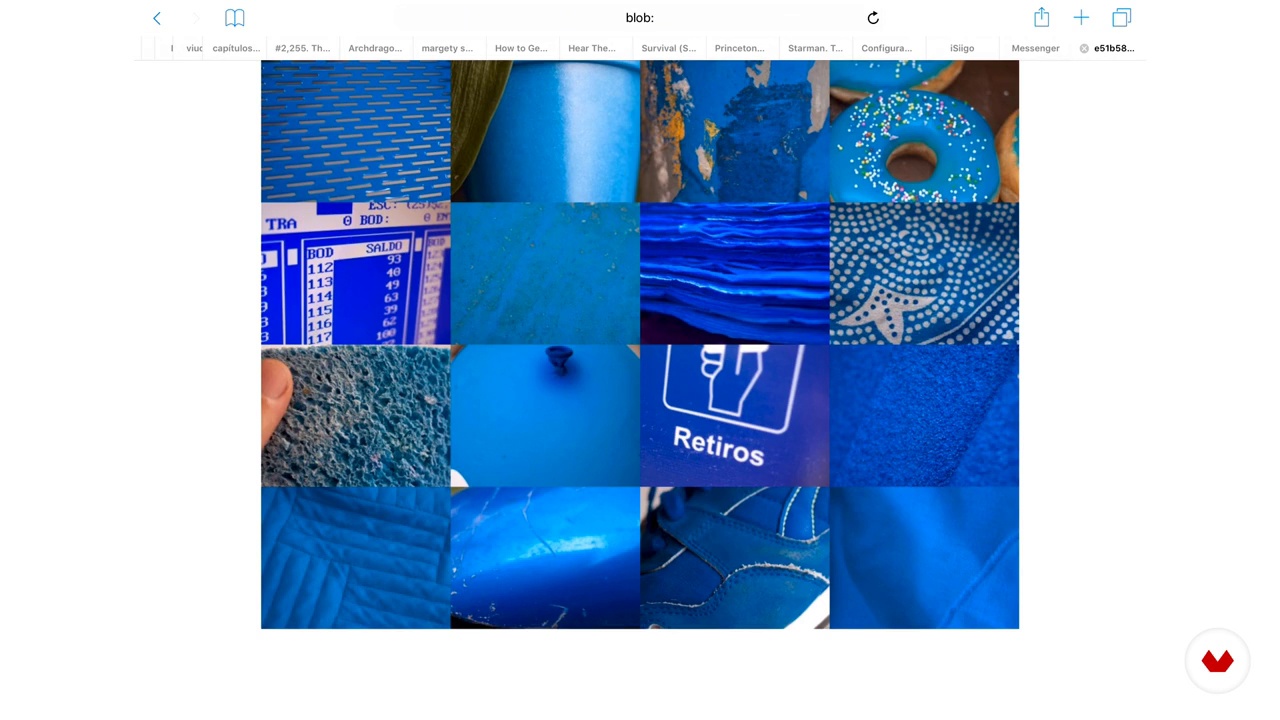
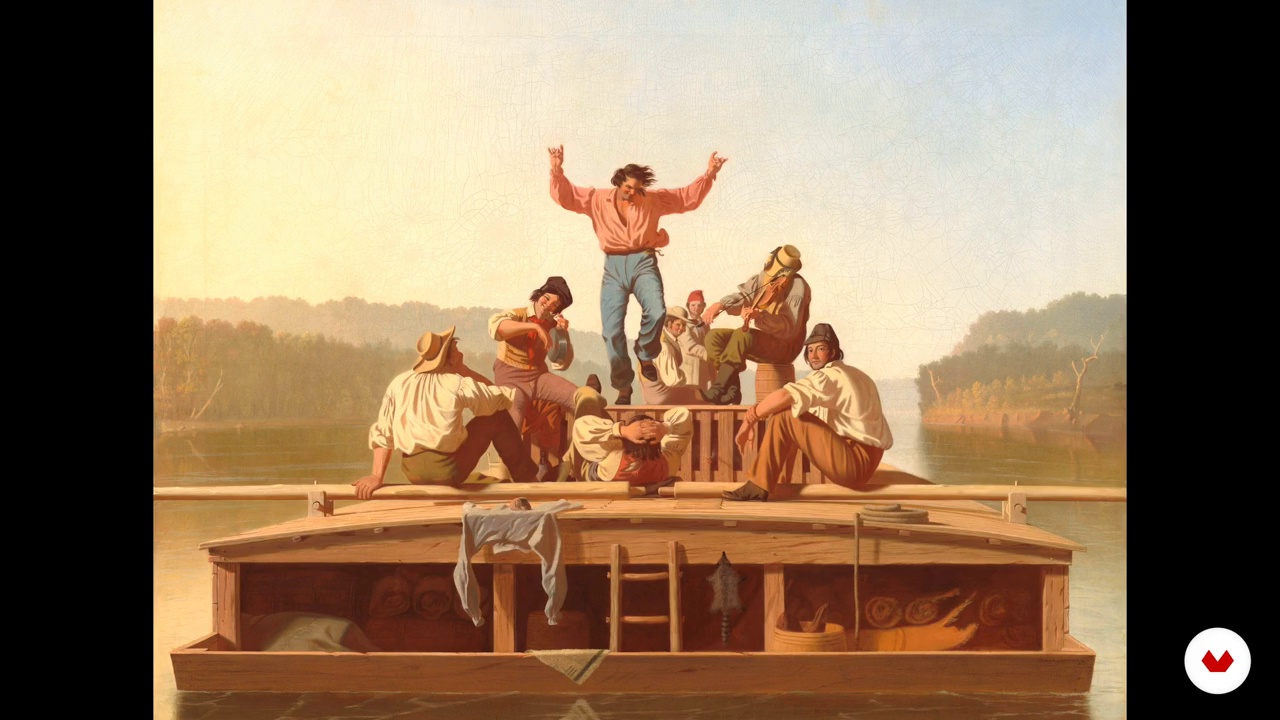
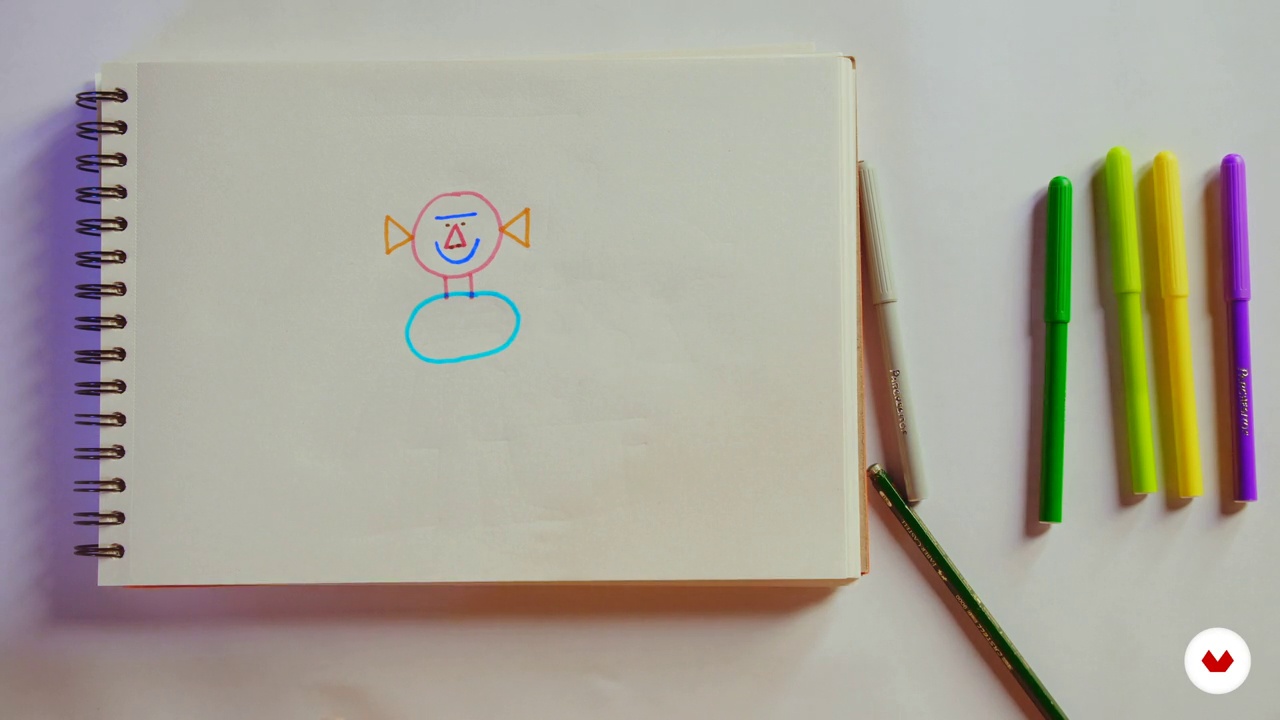
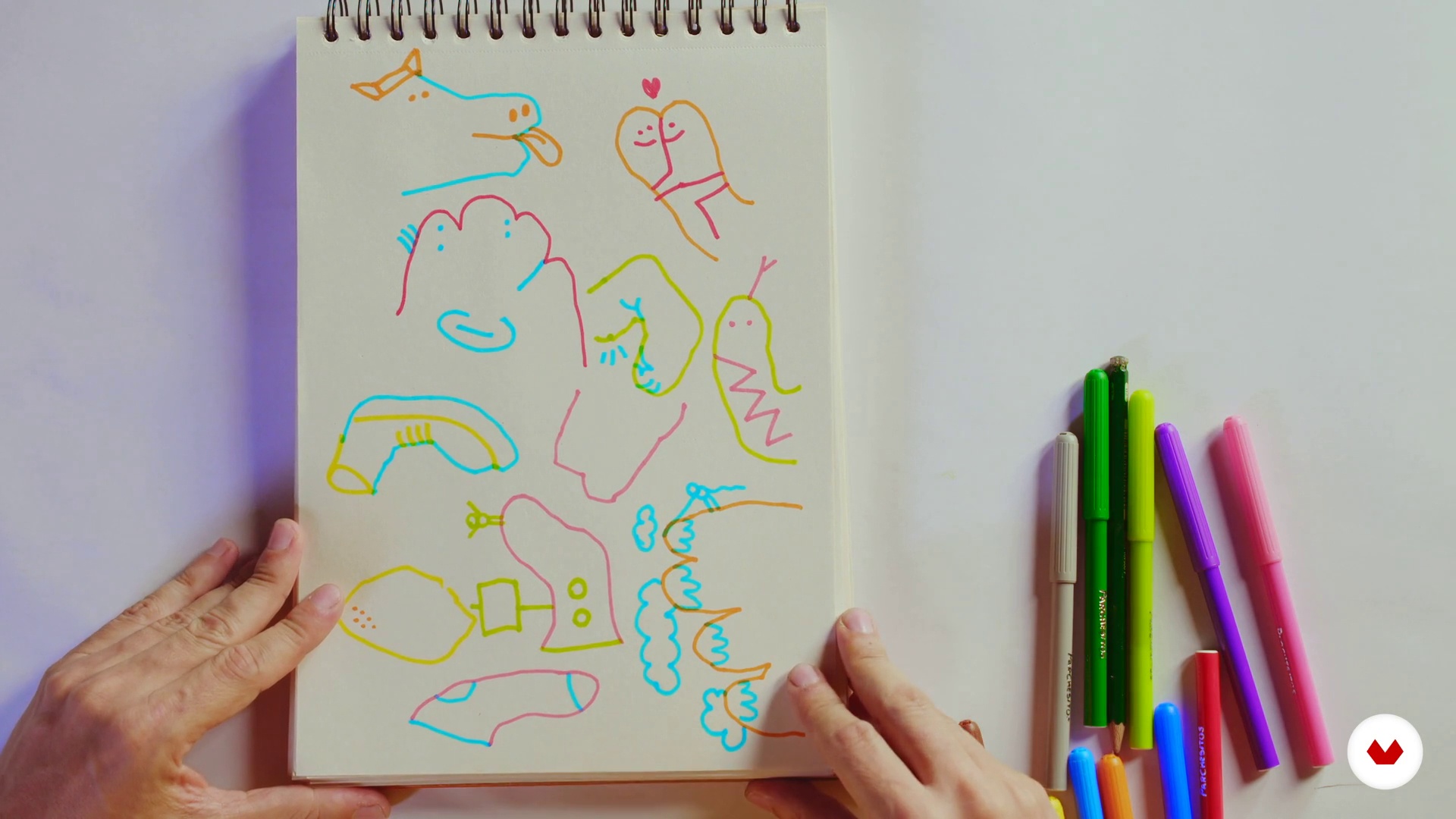
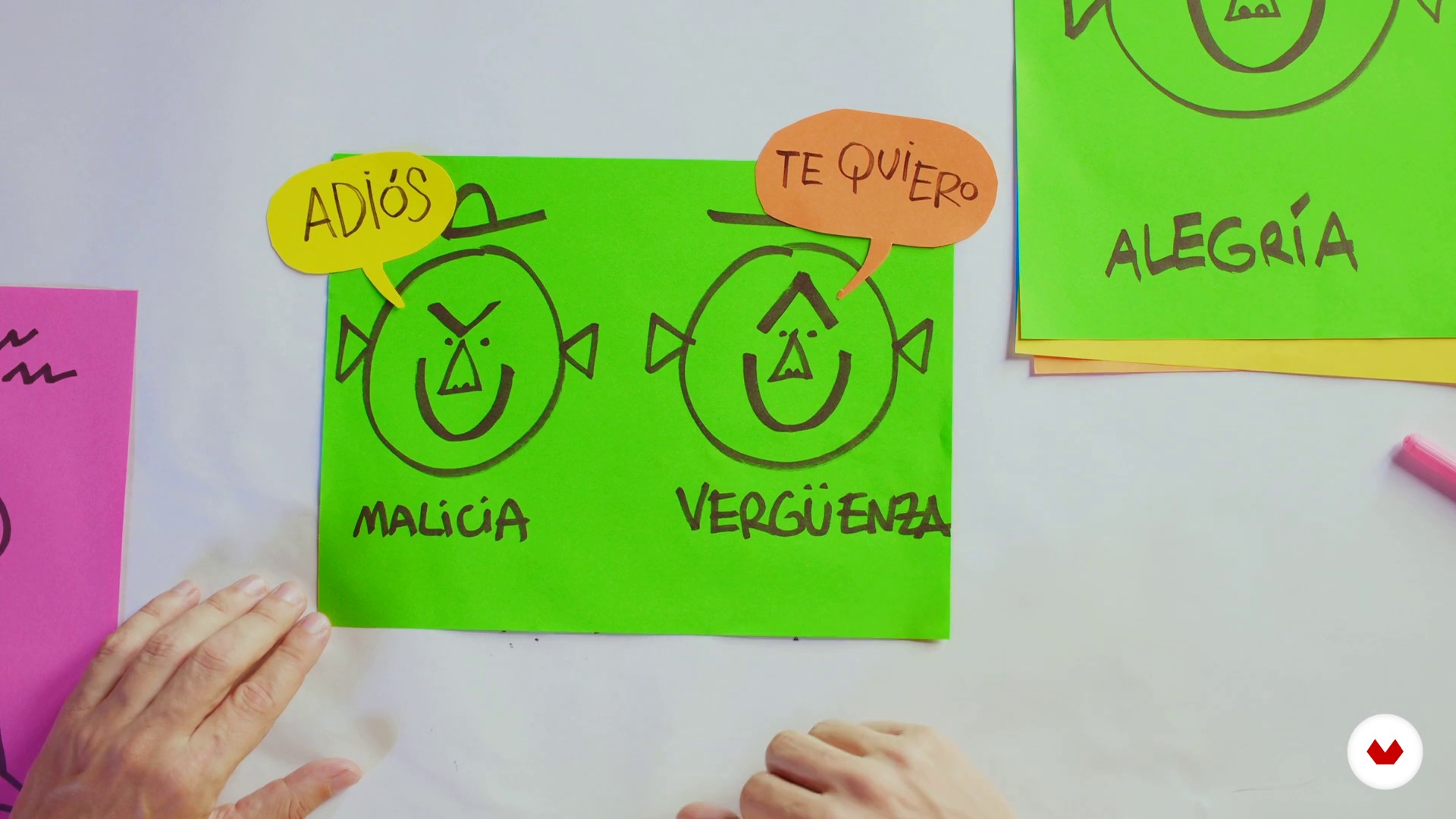
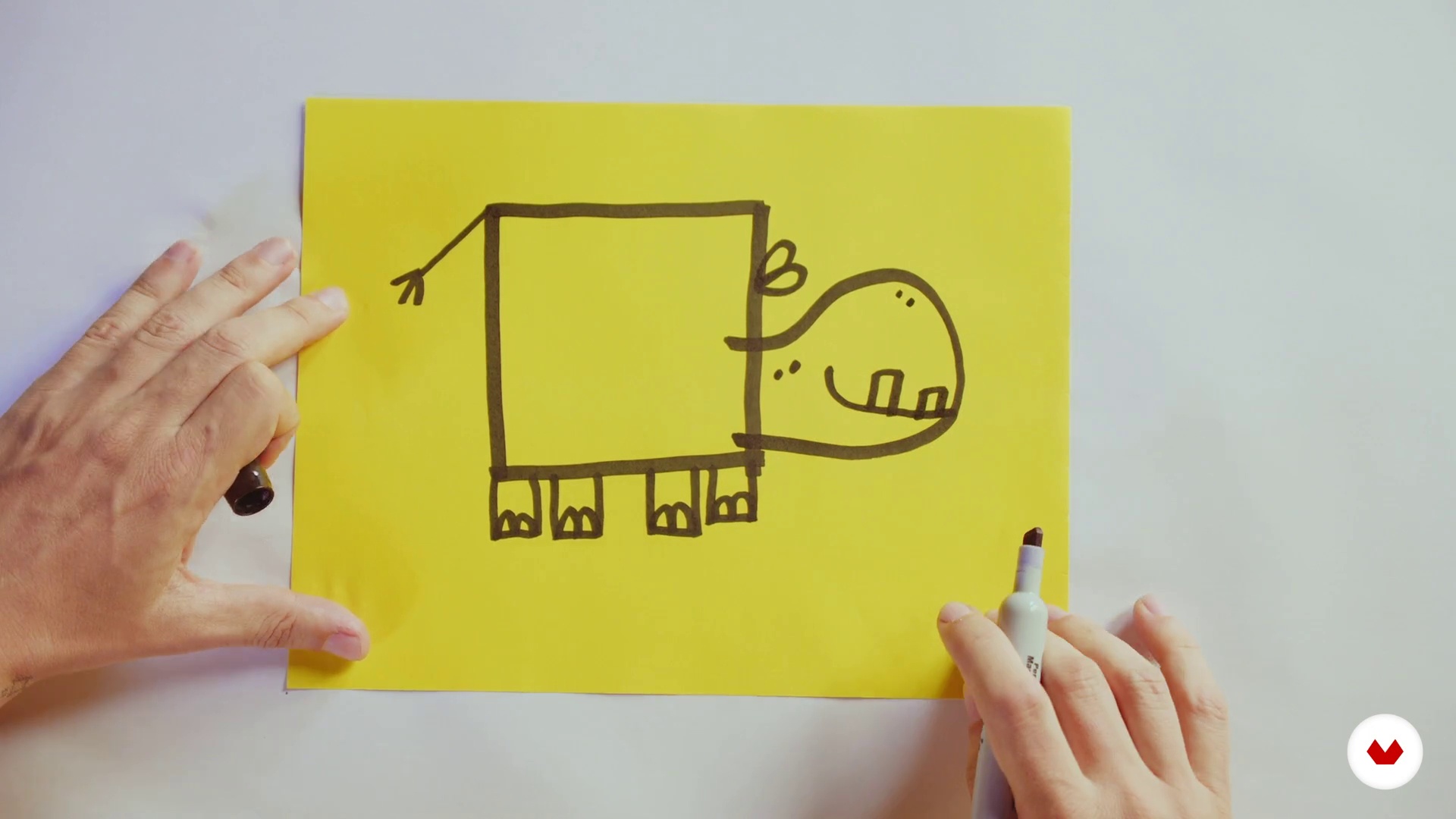
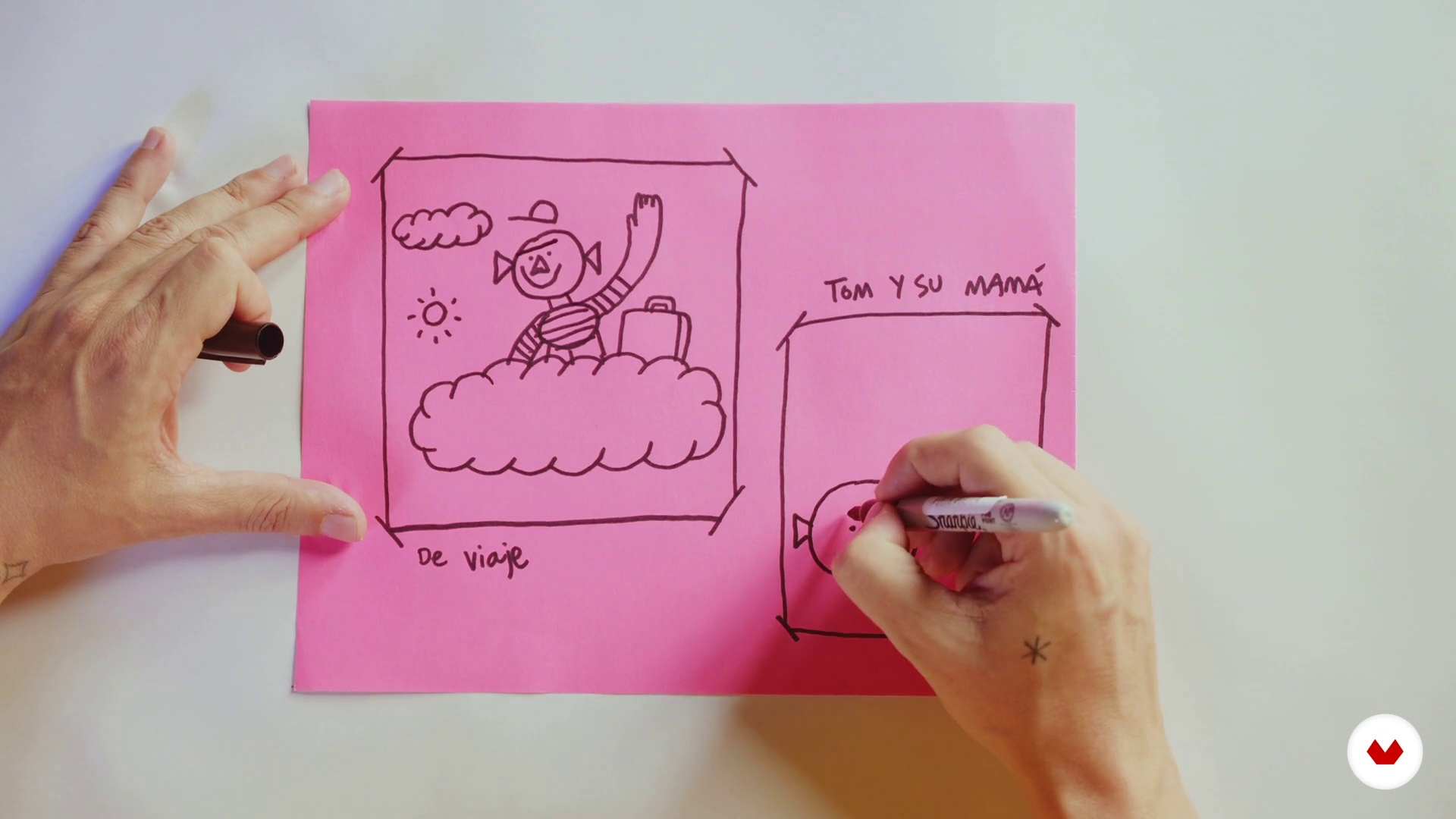
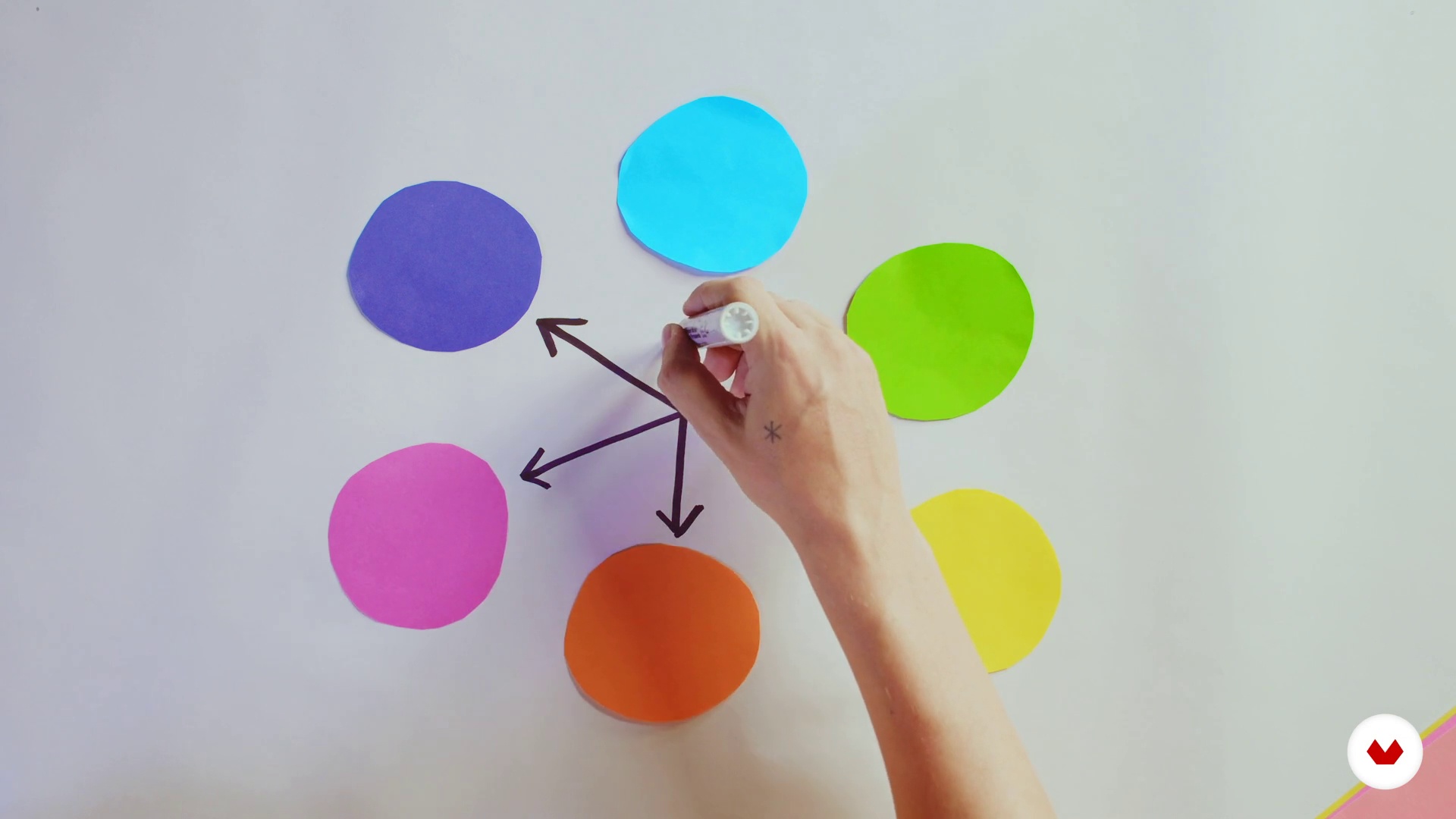
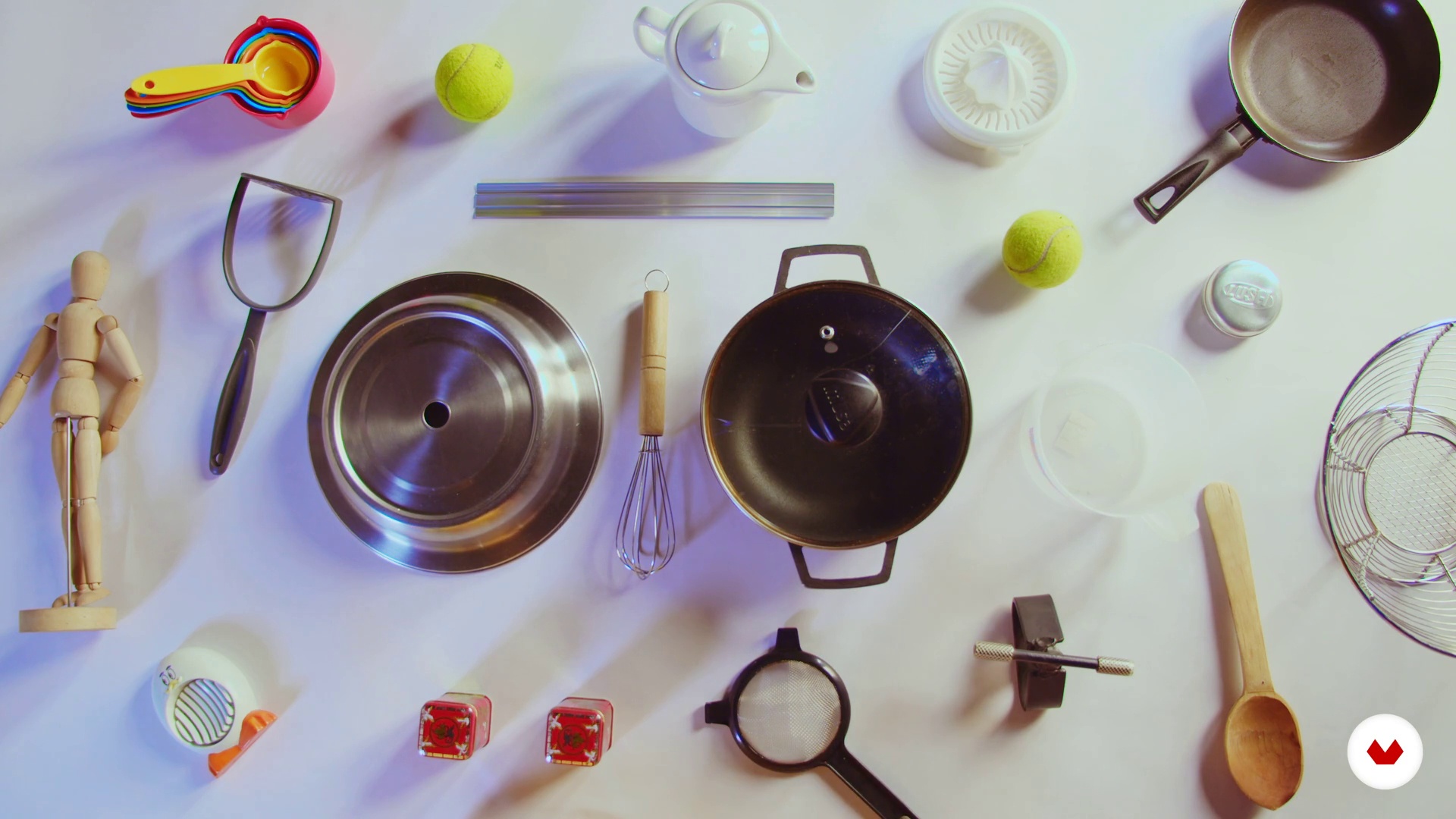
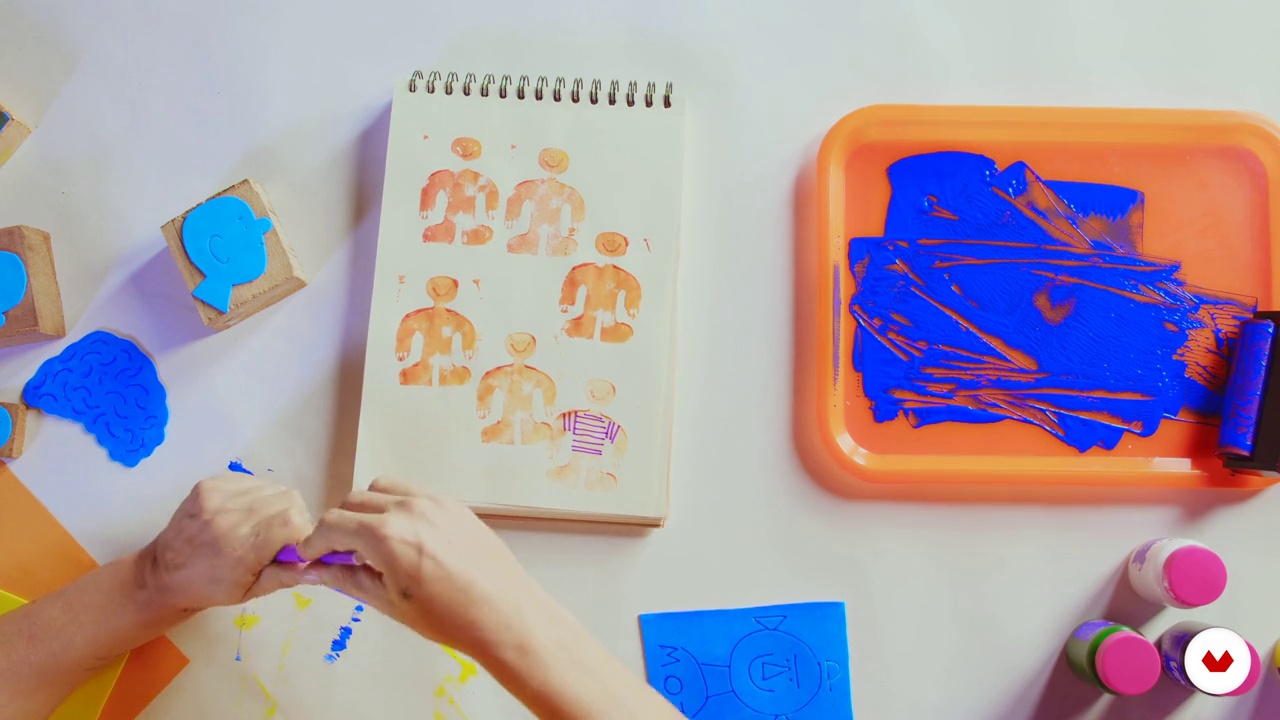
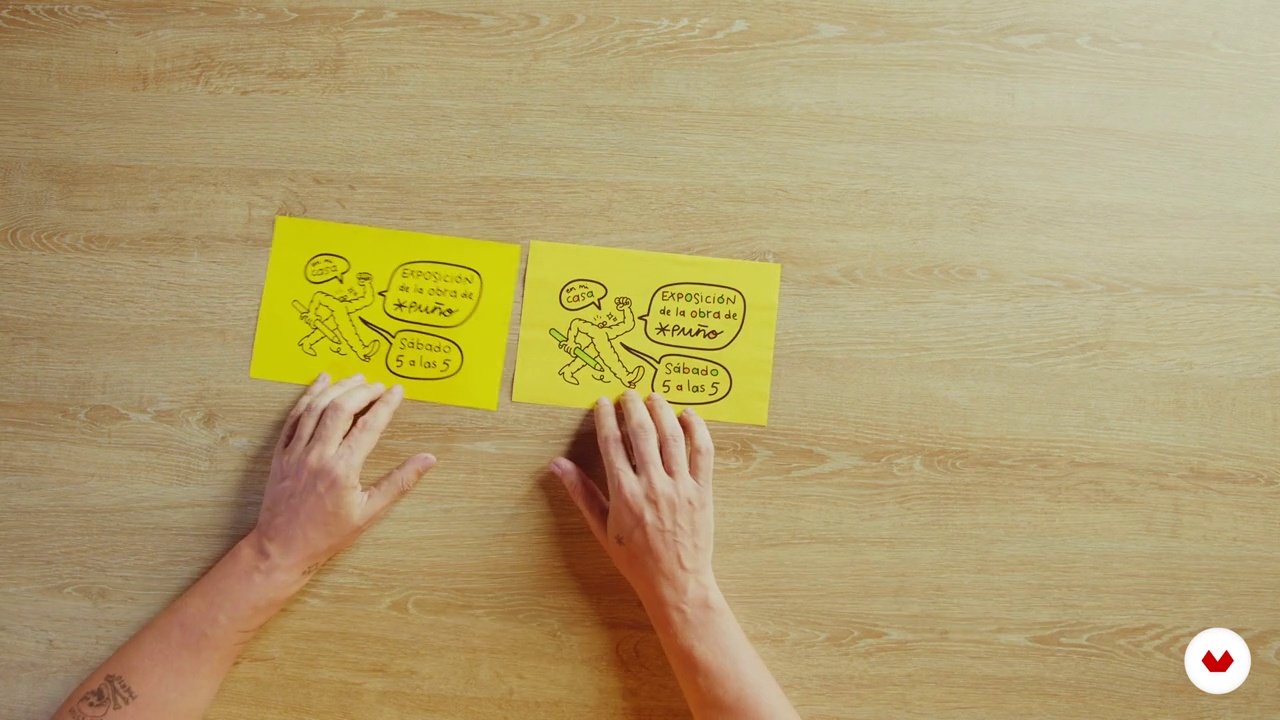
- 100% positive reviews (7)
- 850 students
- 89 lessons (15h 38m)
- 86 additional resources (45 files)
- Online and at your own pace
- Audio: Spanish, English
- Spanish · English · Portuguese · German · French · Italian · Polish · Dutch
- Level: Beginner
- Unlimited access forever
What is this course's project?
You will create a sketchbook applying basic drawing techniques, developing confidence in your artistic abilities. You will complete exercises to experiment with creative approaches and overcome the fear of the blank page with a series of unique drawings.
Who is this specialization for?
Ideal for beginners looking to get started with drawing, creative people looking for innovative techniques, artists overcoming the fear of the blank page, and families interested in developing artistic skills through playful exercises and exploring materials such as oil pastels.
Requirements and materials
No extensive prior knowledge is required, just enthusiasm for exploring drawing. You will need paper, pencils and an eraser. Colored pencils, watercolors or other materials according to your preferences are recommended to enrich the creative experience and develop artistic skills.
Reviews
What to expect from this specialization course
-
Learn at your own pace
Enjoy learning from home without a set schedule and with an easy-to-follow method. You set your own pace.
-
Learn from the best professionals
Learn valuable methods and techniques explained by top experts in the creative sector.
-
Meet expert teachers
Each expert teaches what they do best, with clear guidelines, true passion, and professional insight in every lesson.
-
Certificates
PlusIf you're a Plus member, get a custom certificate for every specialization course. Share it on your portfolio, social media, or wherever you like.
-
Get front-row seats
Videos of the highest quality, so you don't miss a single detail. With unlimited access, you can watch them as many times as you need to perfect your technique.
-
Share knowledge and ideas
Ask questions, request feedback, or offer solutions. Share your learning experience with other students in the community who are as passionate about creativity as you are.
-
Connect with a global creative community
The community is home to millions of people from around the world who are curious and passionate about exploring and expressing their creativity.
-
Watch professionally produced courses
Domestika curates its teacher roster and produces every course in-house to ensure a high-quality online learning experience.
FAQs
Domestika's specialization courses are online classes that provide you with the tools and skills you need to complete a specific project. Every step of the project combines video lessons with complementary instructional material, so you can learn by doing. Domestika's specializations also allow you to share your own projects with other students, creating a dynamic course community.
All specialization courses are 100% online, so once they're published, specialization courses start and finish whenever you want. You set the pace of the class. You can go back to review what interests you most and skip what you already know, ask questions, answer questions, share your projects, and more.
The specialization courses are divided into different modules. Each one includes lessons, informational text, tasks, and practice exercises to help you carry out your project step by step, with additional complementary resources and downloads. You'll also have access to an exclusive forum where you can interact with other students, as well as share your work and your final project, creating a community around the specialization course.
You can redeem the specialization course you received by accessing the redeeming page and entering your gift code.





erickgutierrezb1
Excelente
View translation
Hide translation
dibujosintacc
deje de dibujar por mucho tiempo y a la hora de retomar el dibujo me sentía muy inútil, incapaz de dibujar y este curso me está haciendo retomar el dibujo sin miedo a equivocarme
View translation
Hide translation
airisie
Perfecot para empezar, me ha hecho soltarme y perder el miedo a dibujar. ¡Me encanta!
View translation
Hide translation
reflorinda
This course has everything I need to become a better artist.
runstop
Just dove into this, my first specialization course on Domestika, and I’m blown away by how well they’ve paired top-notch instructors with such a thoughtfully designed curriculum. Already learning tons of new creative techniques—and honestly, having a blast doing it!